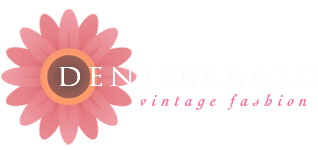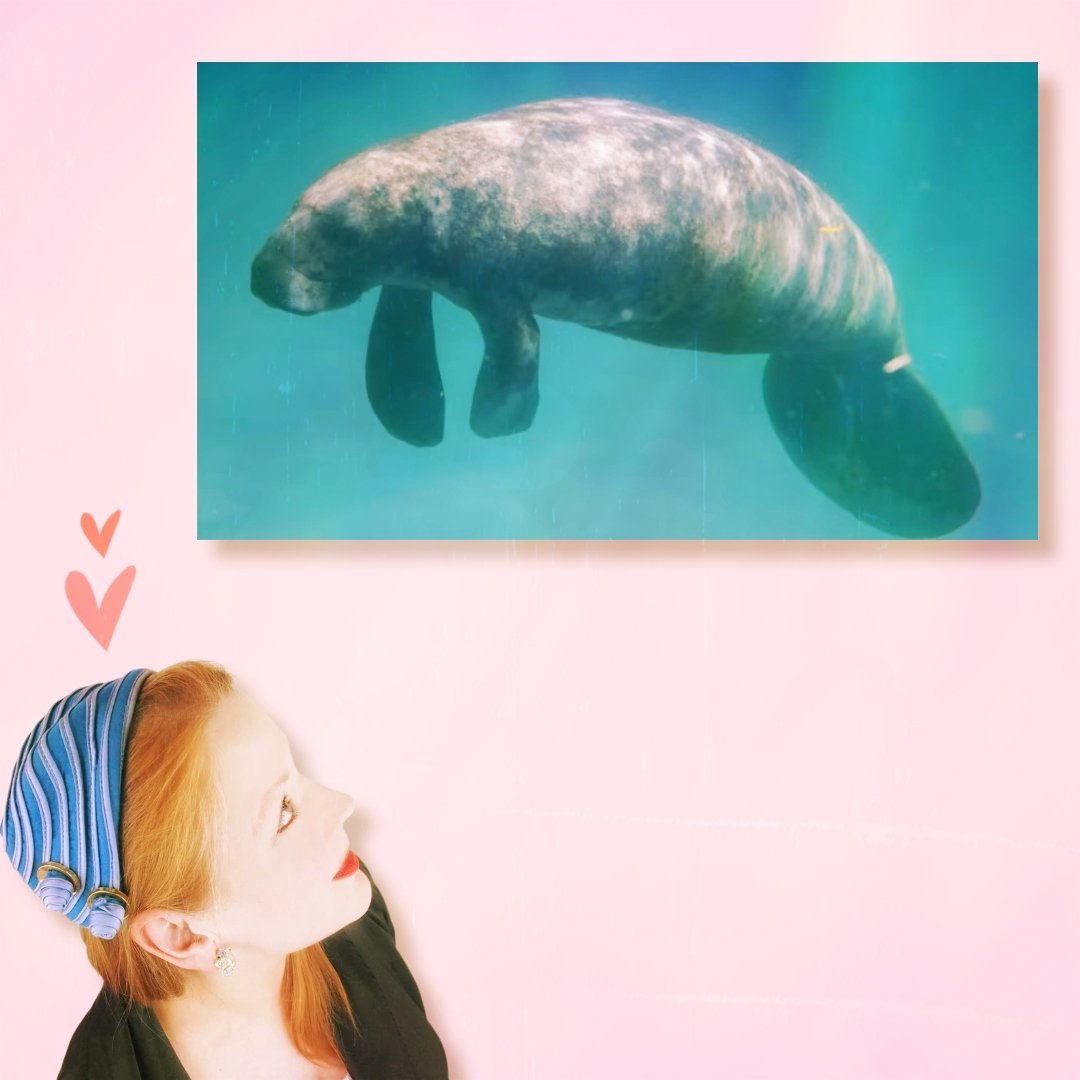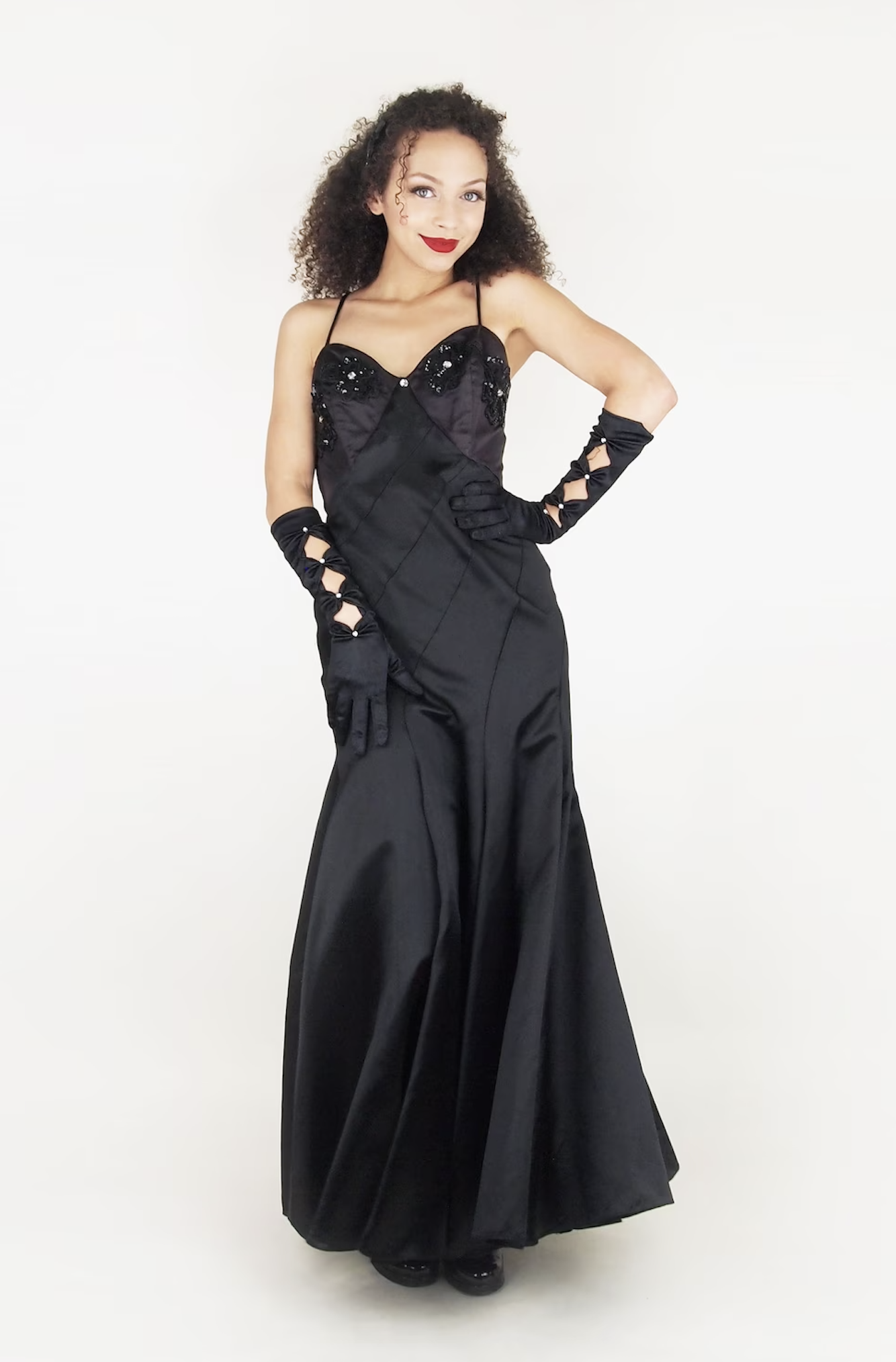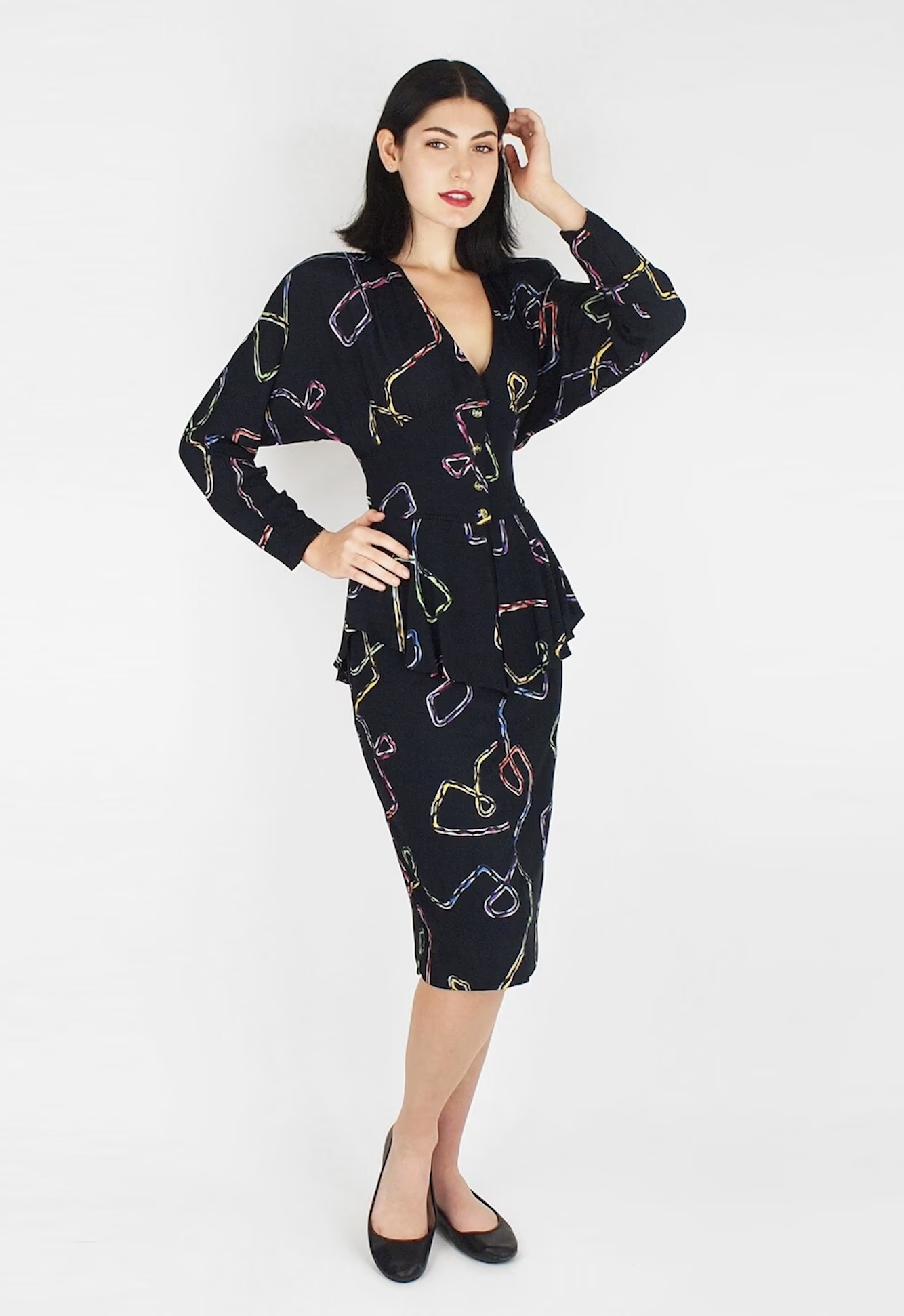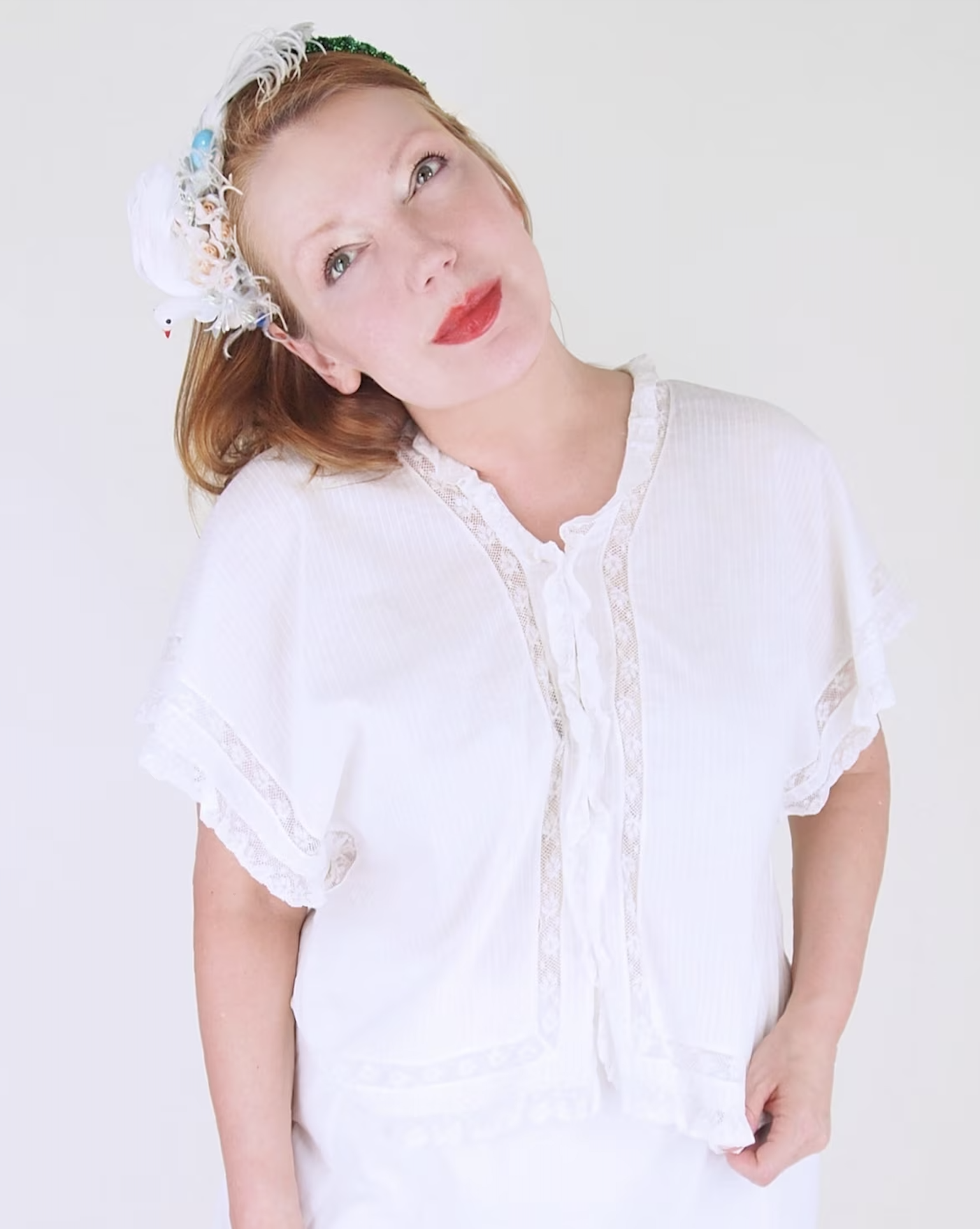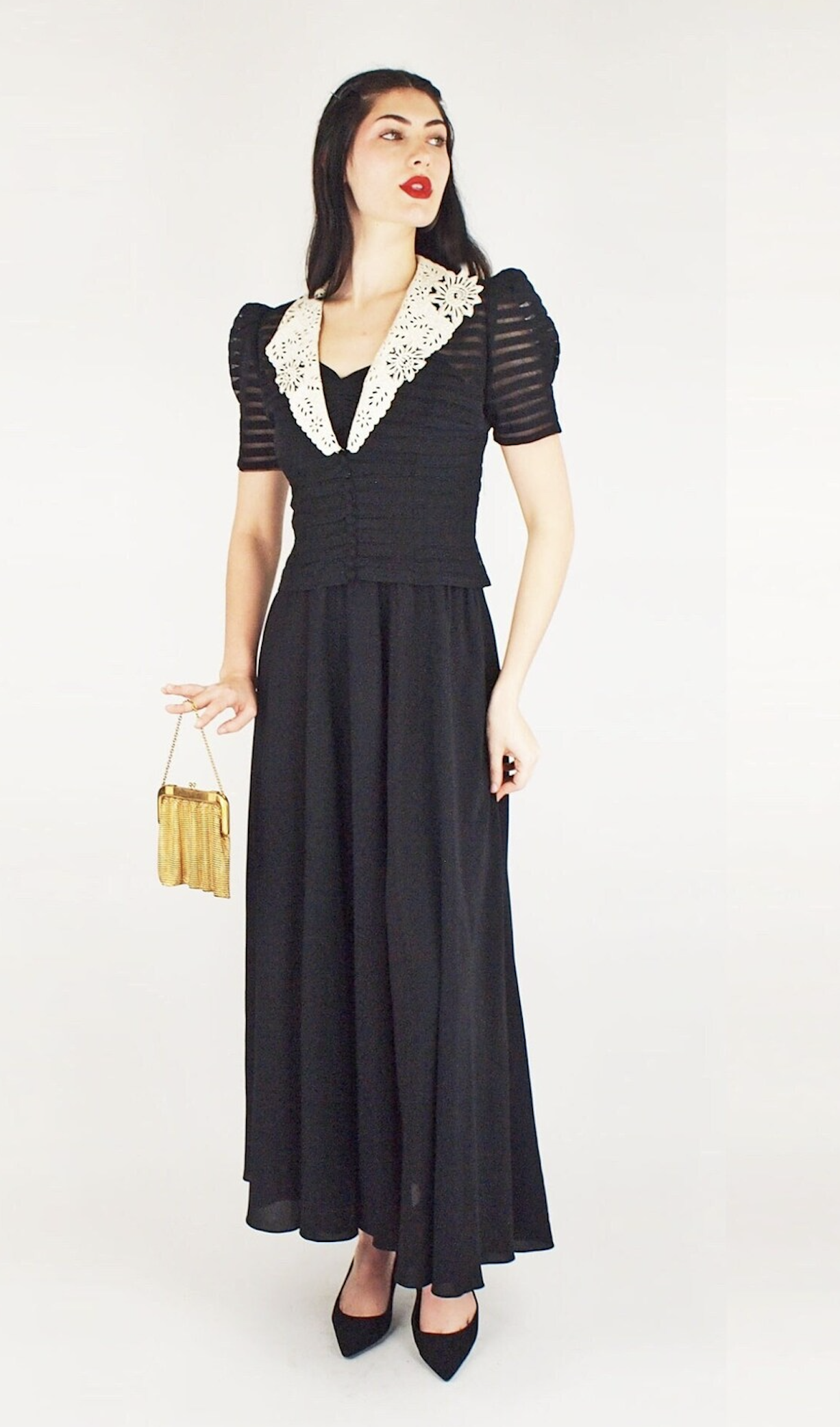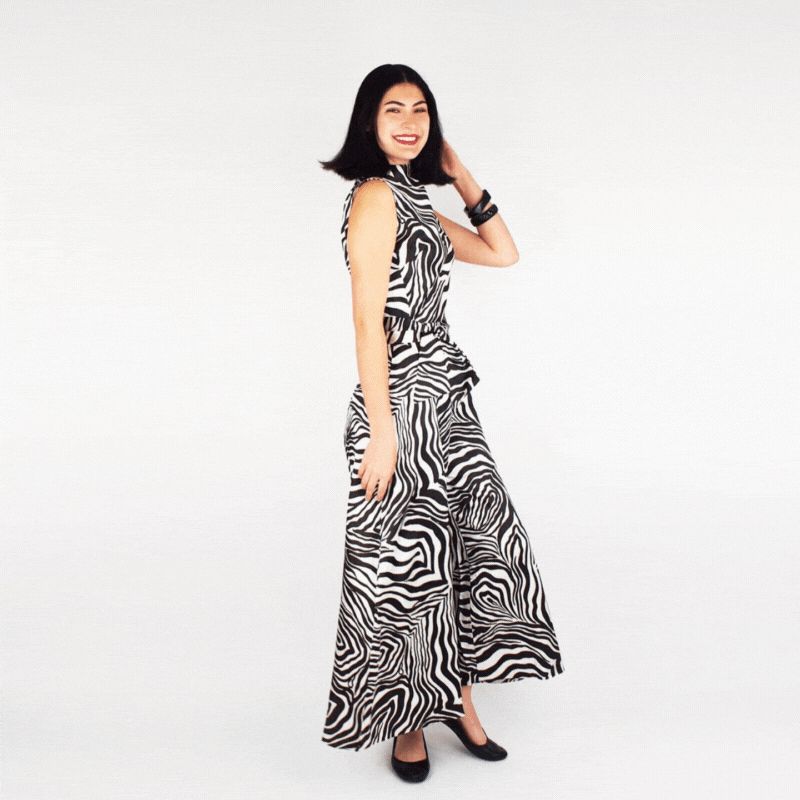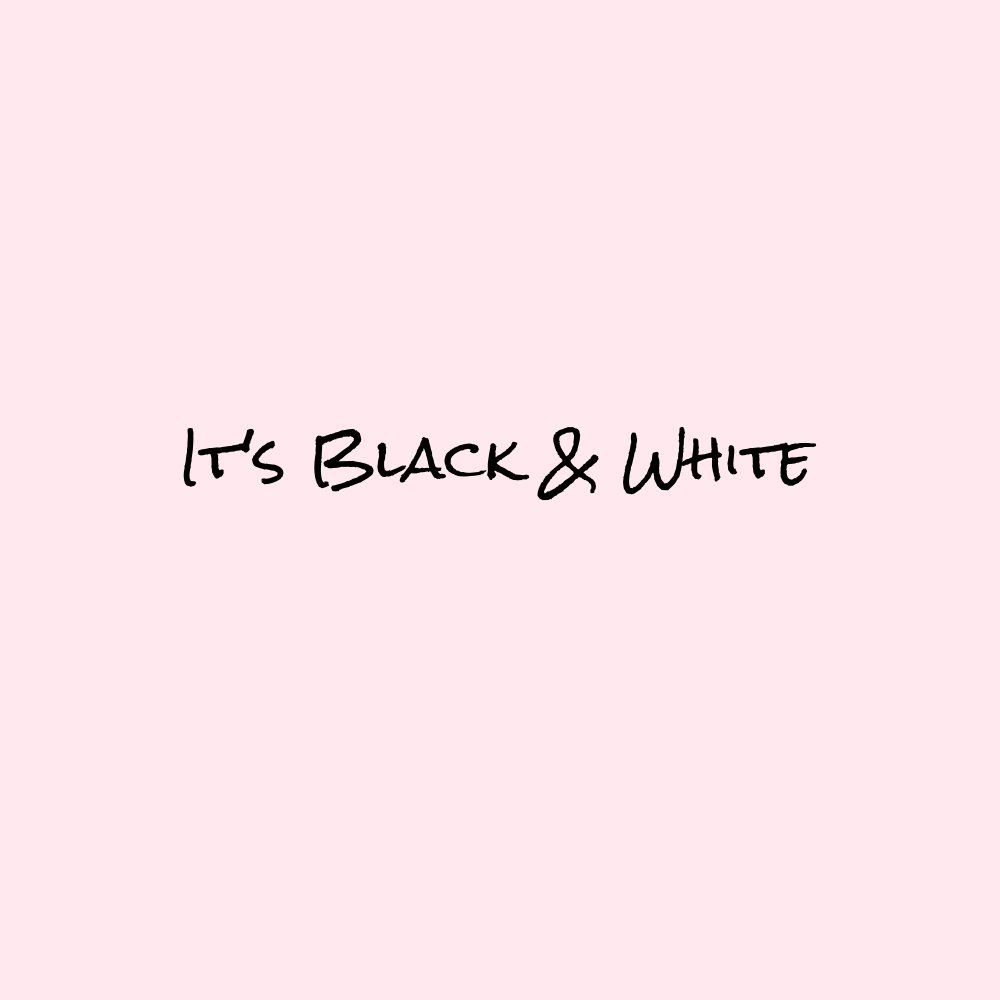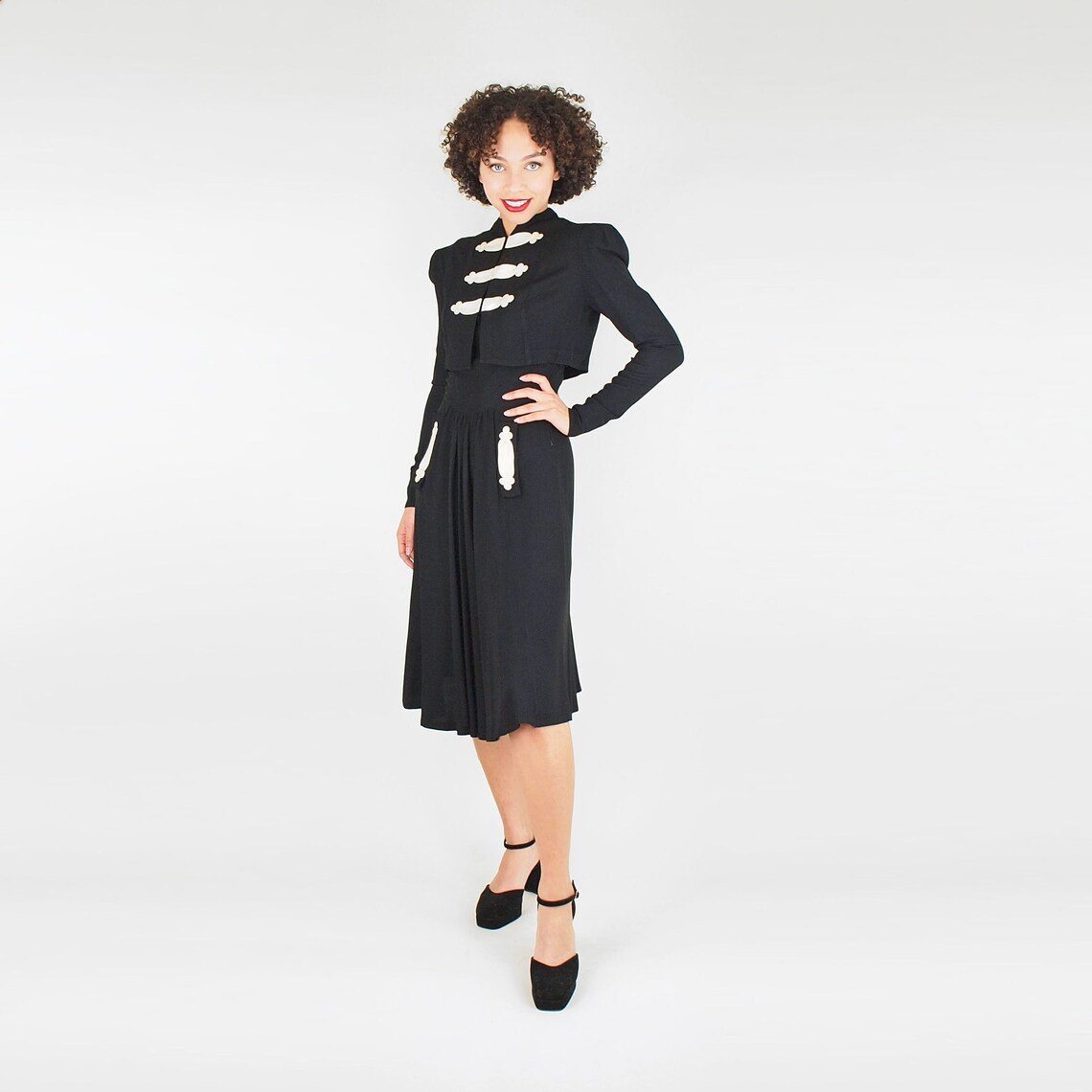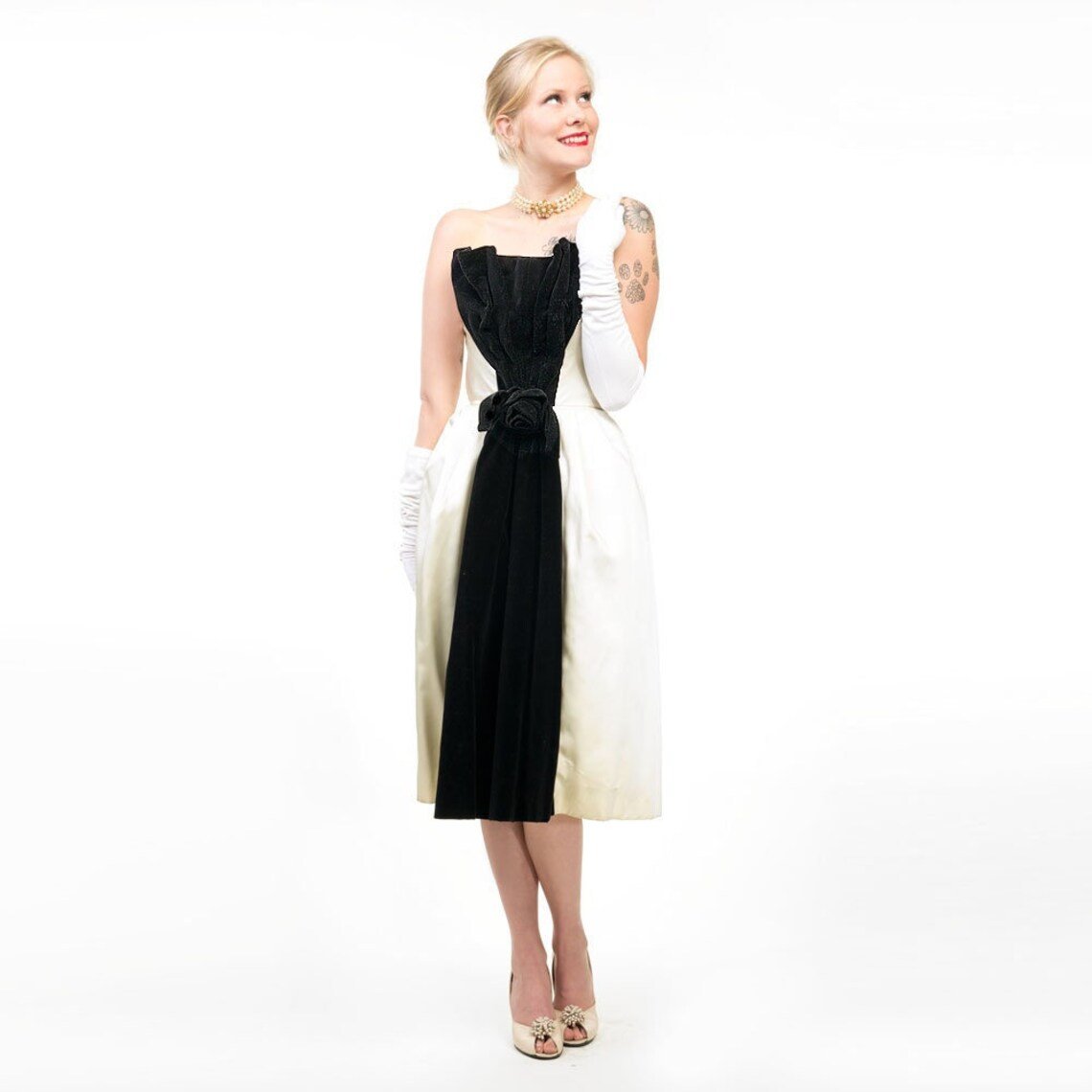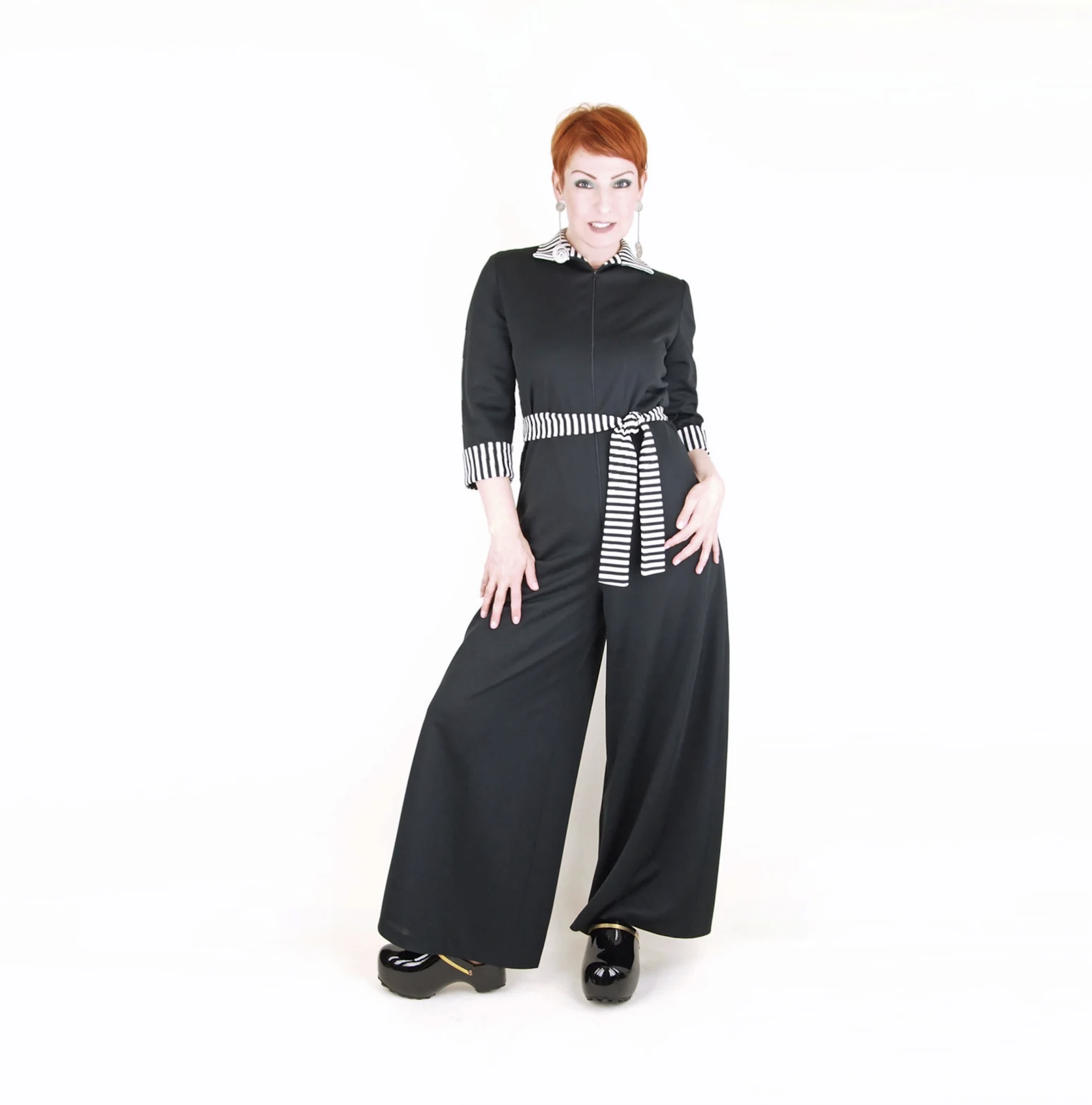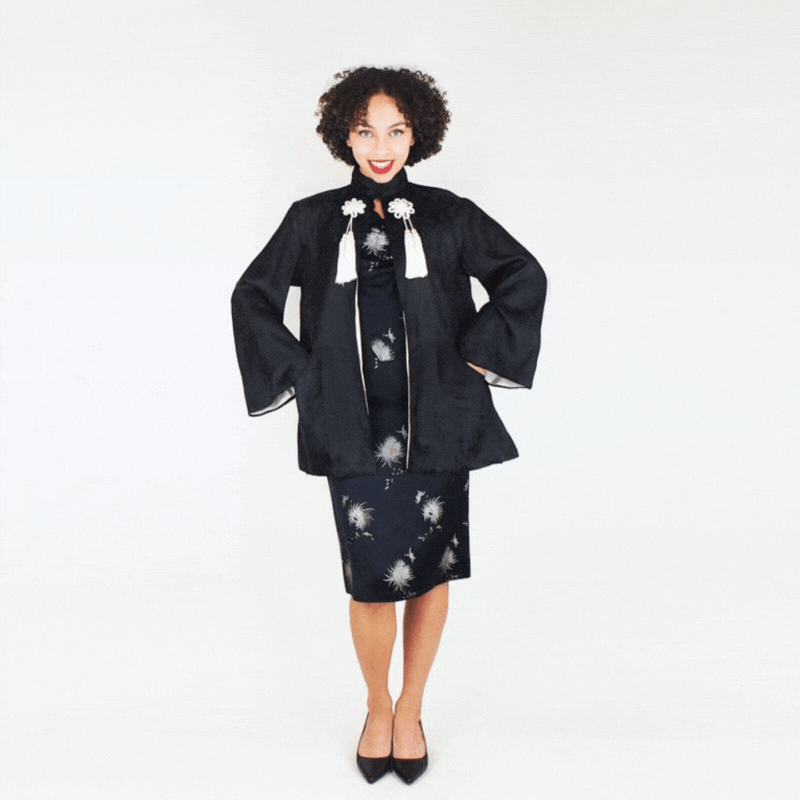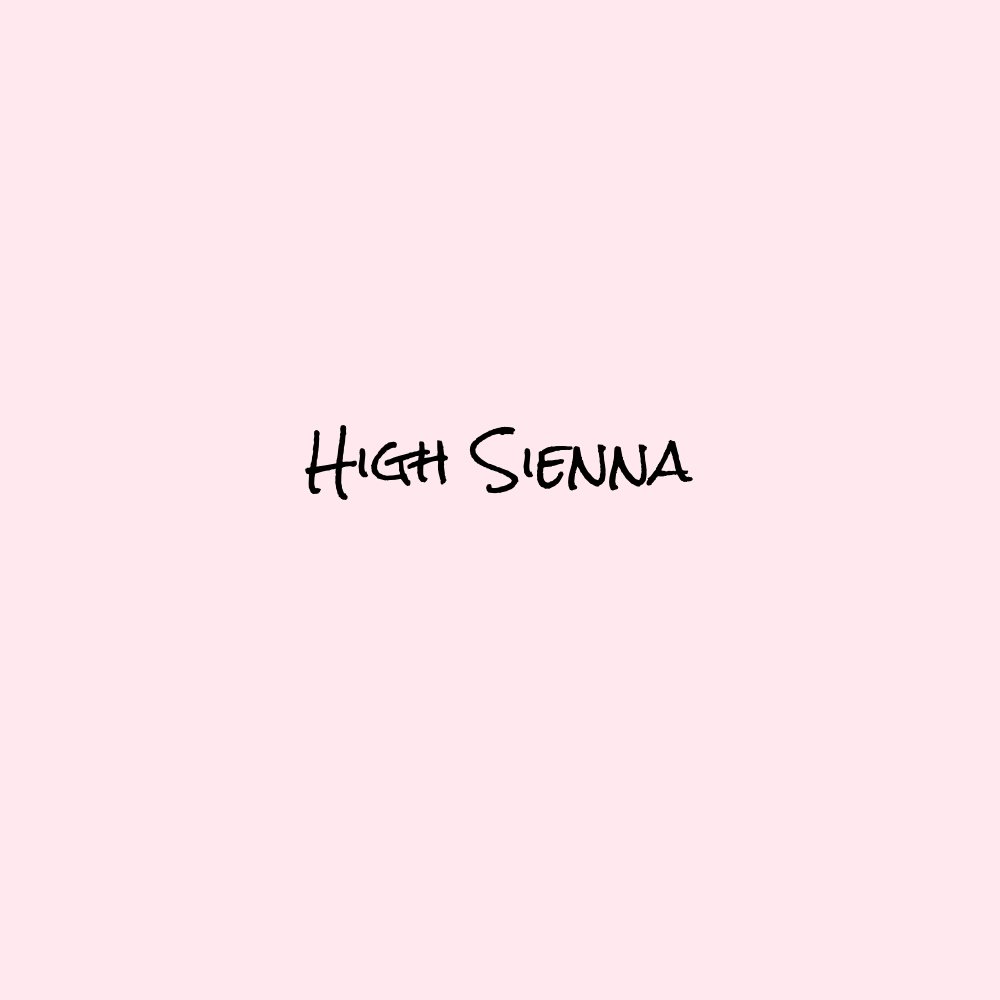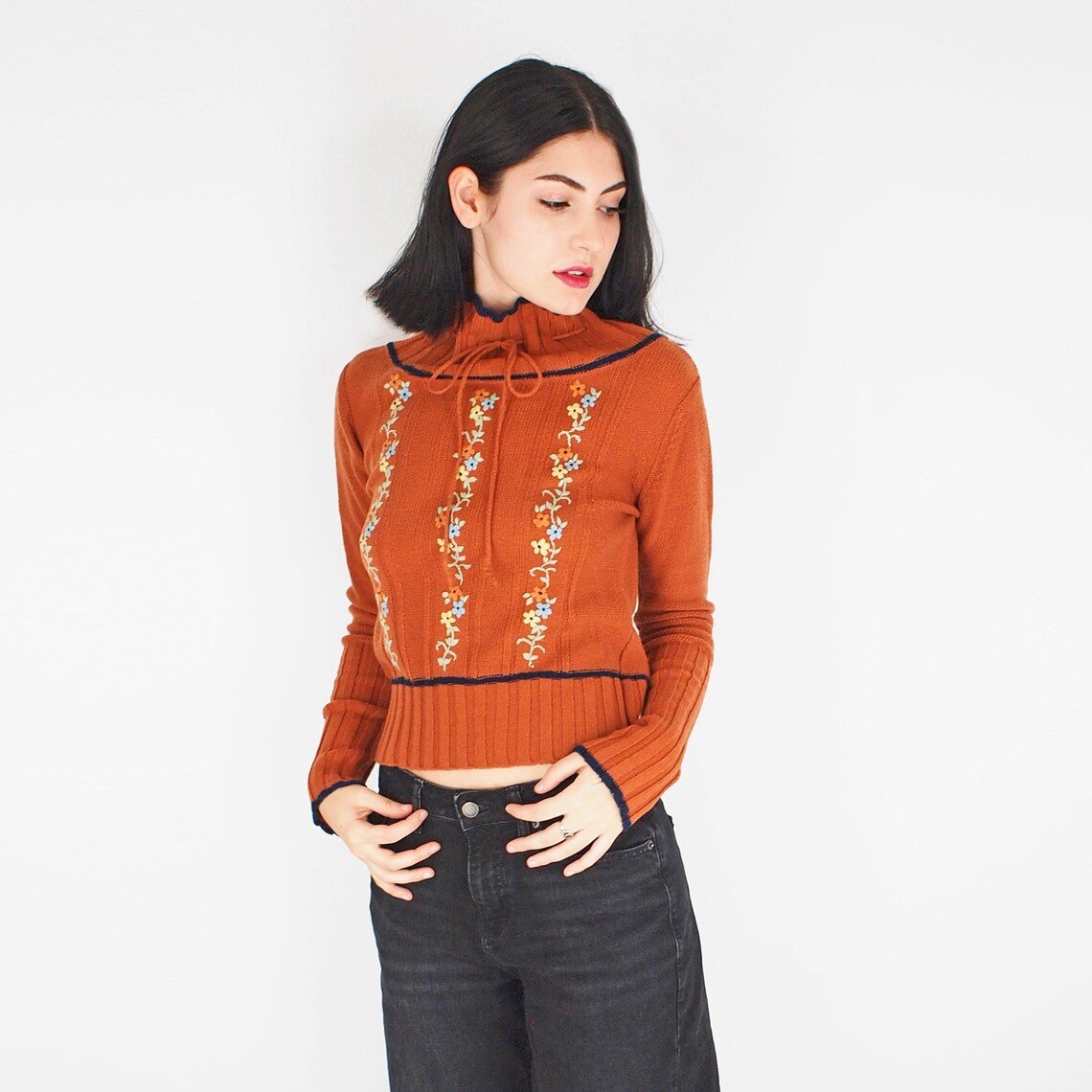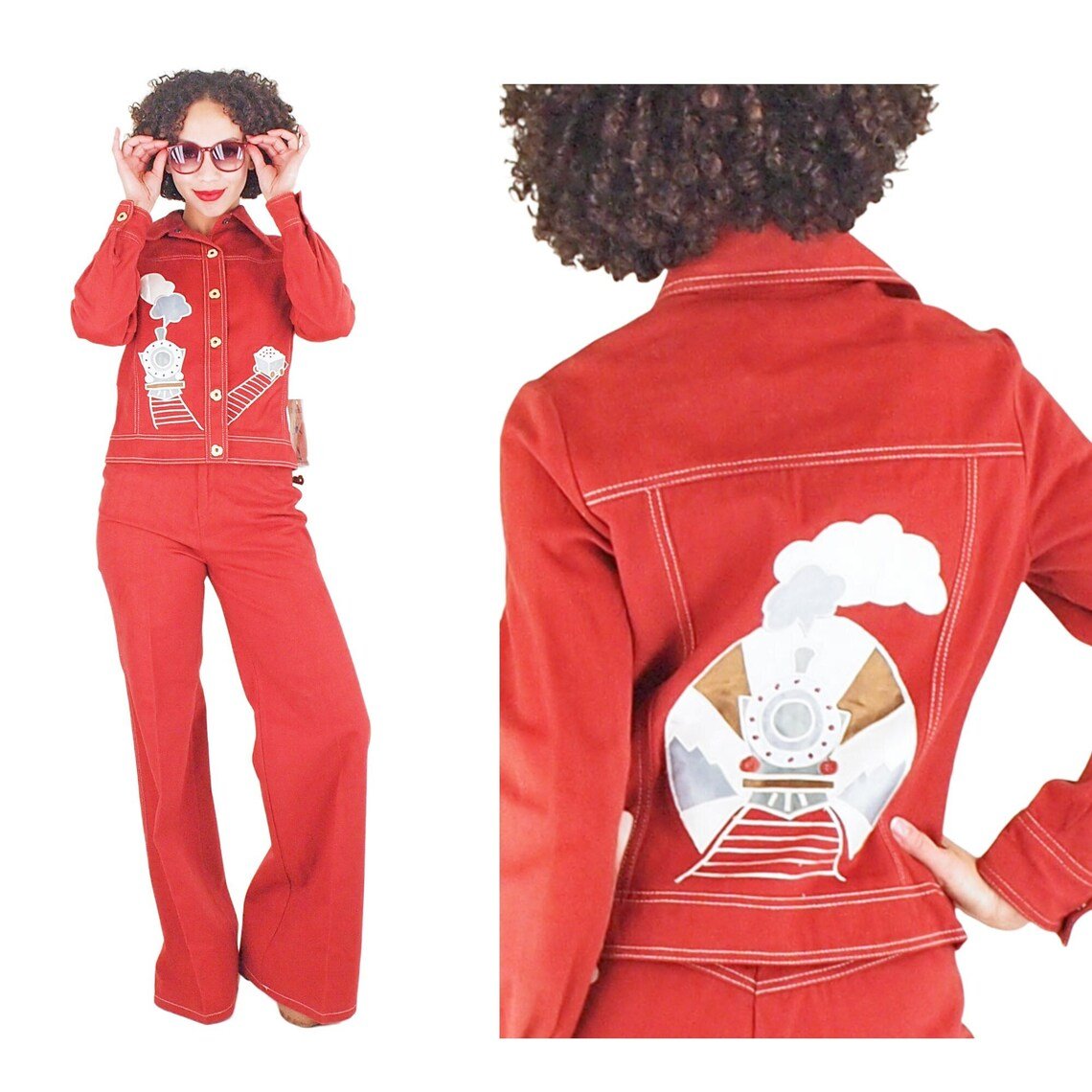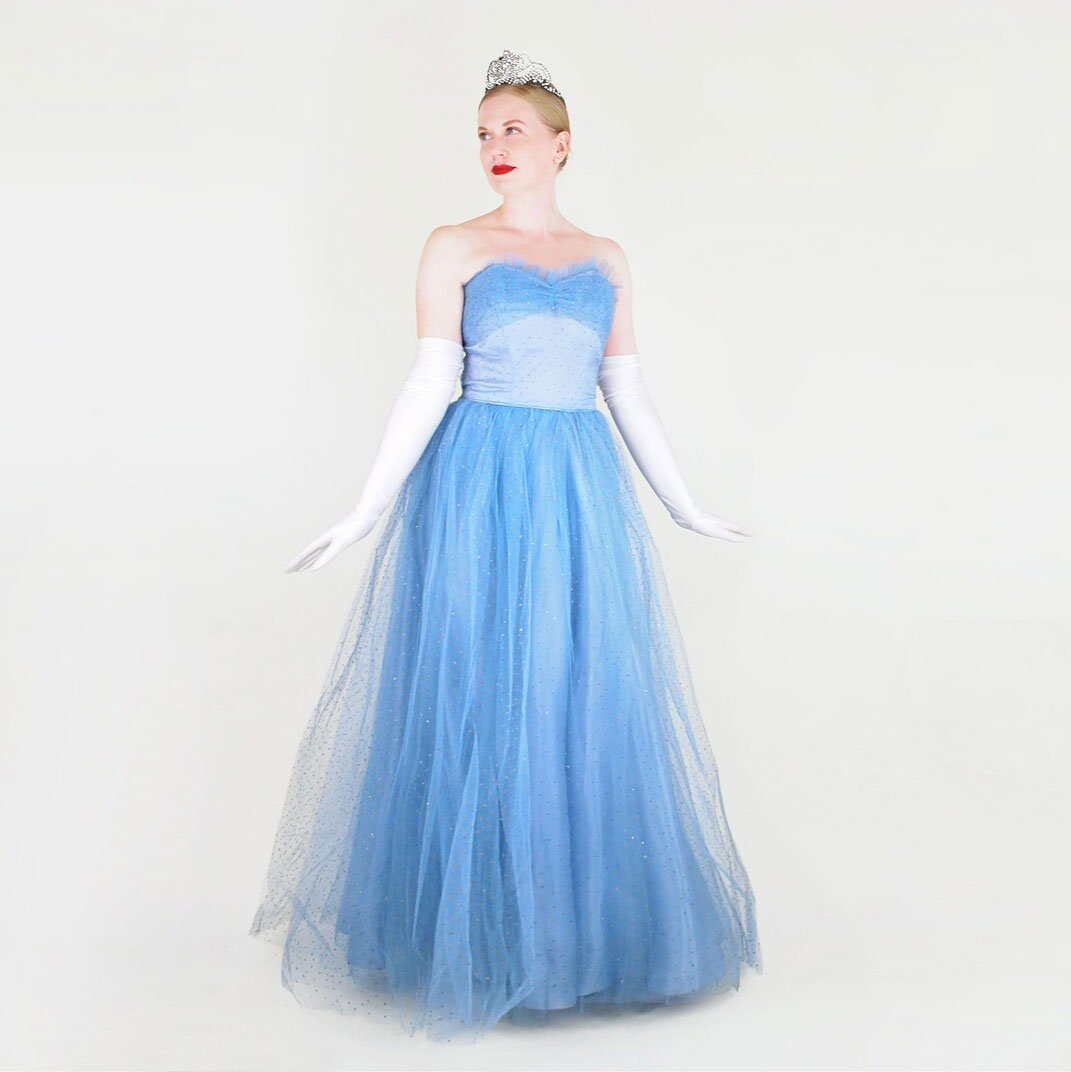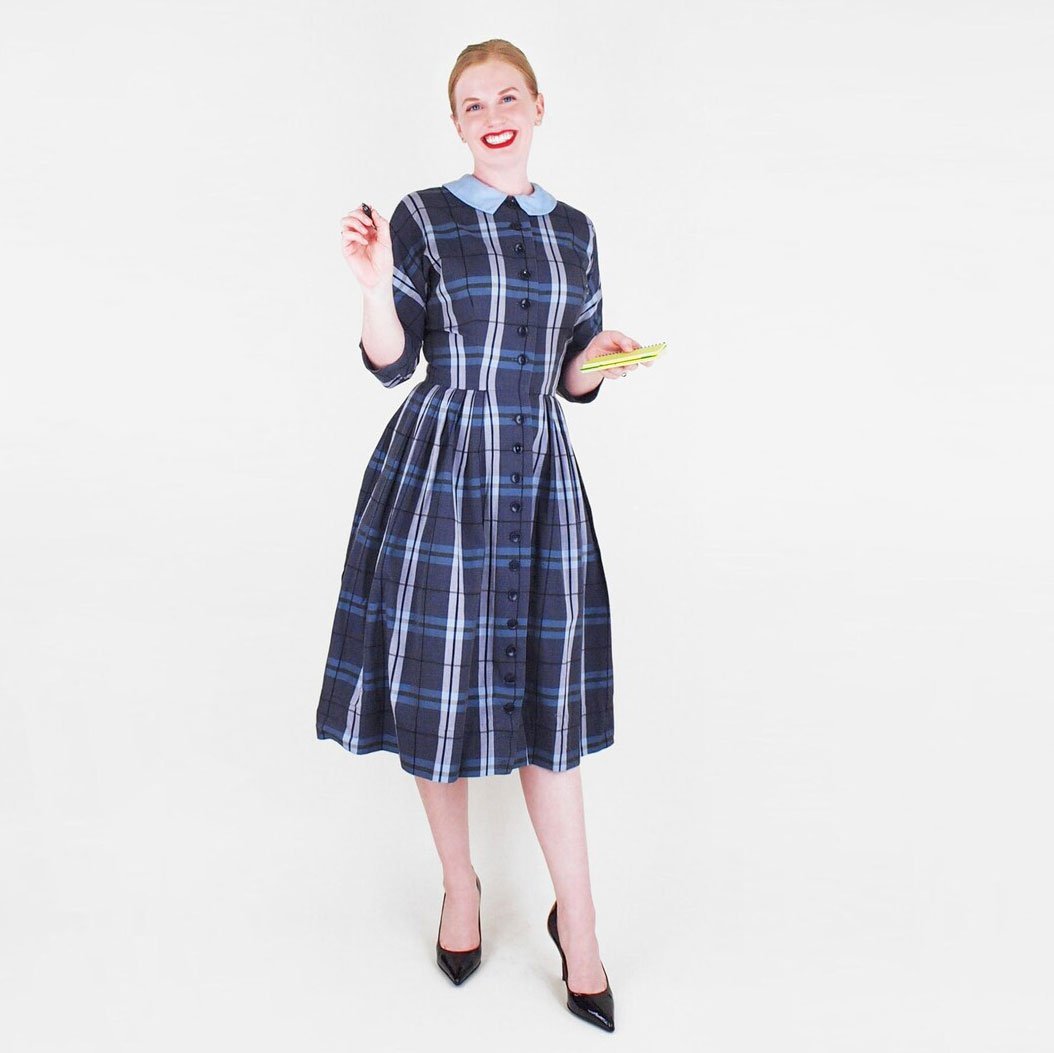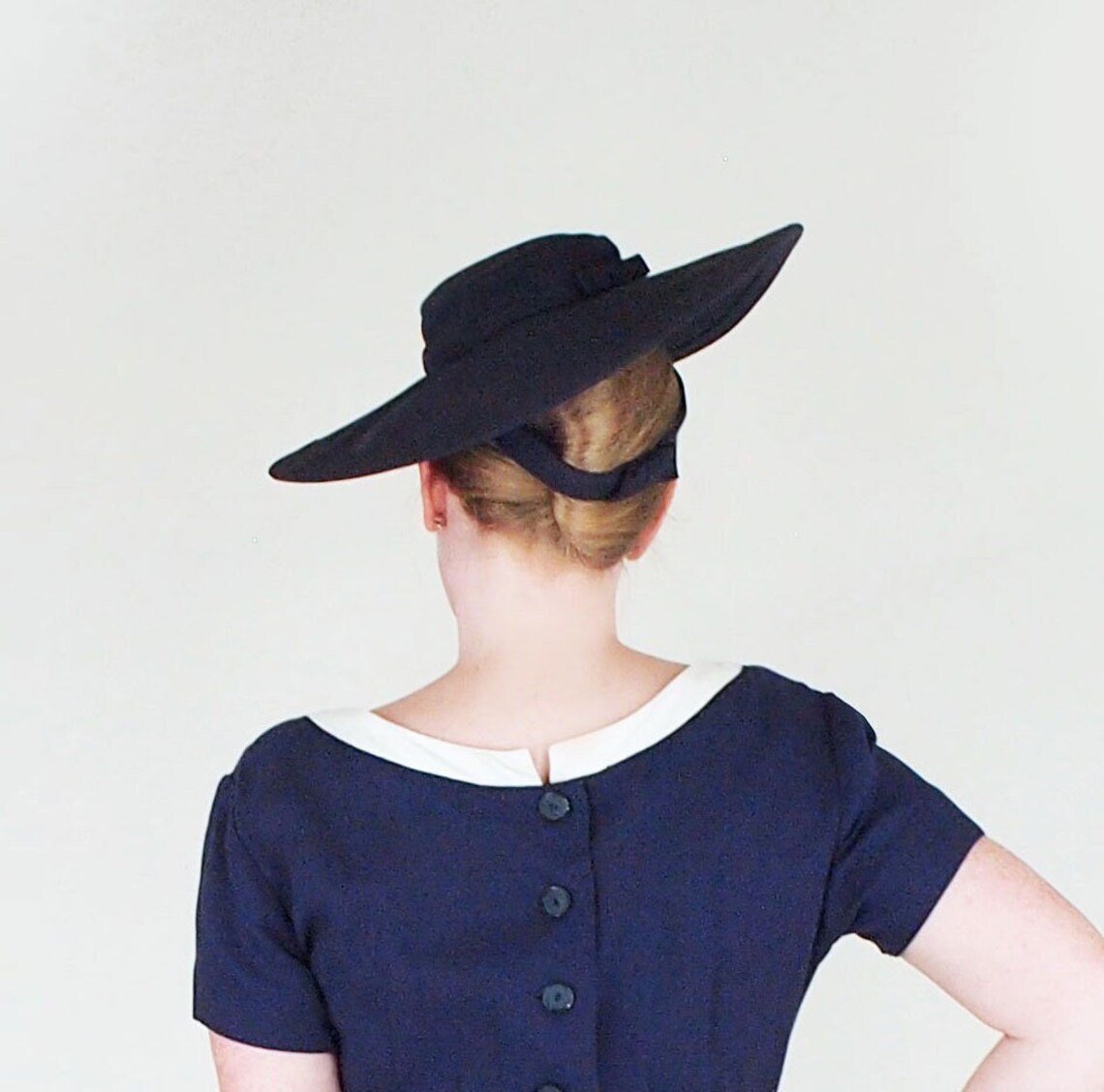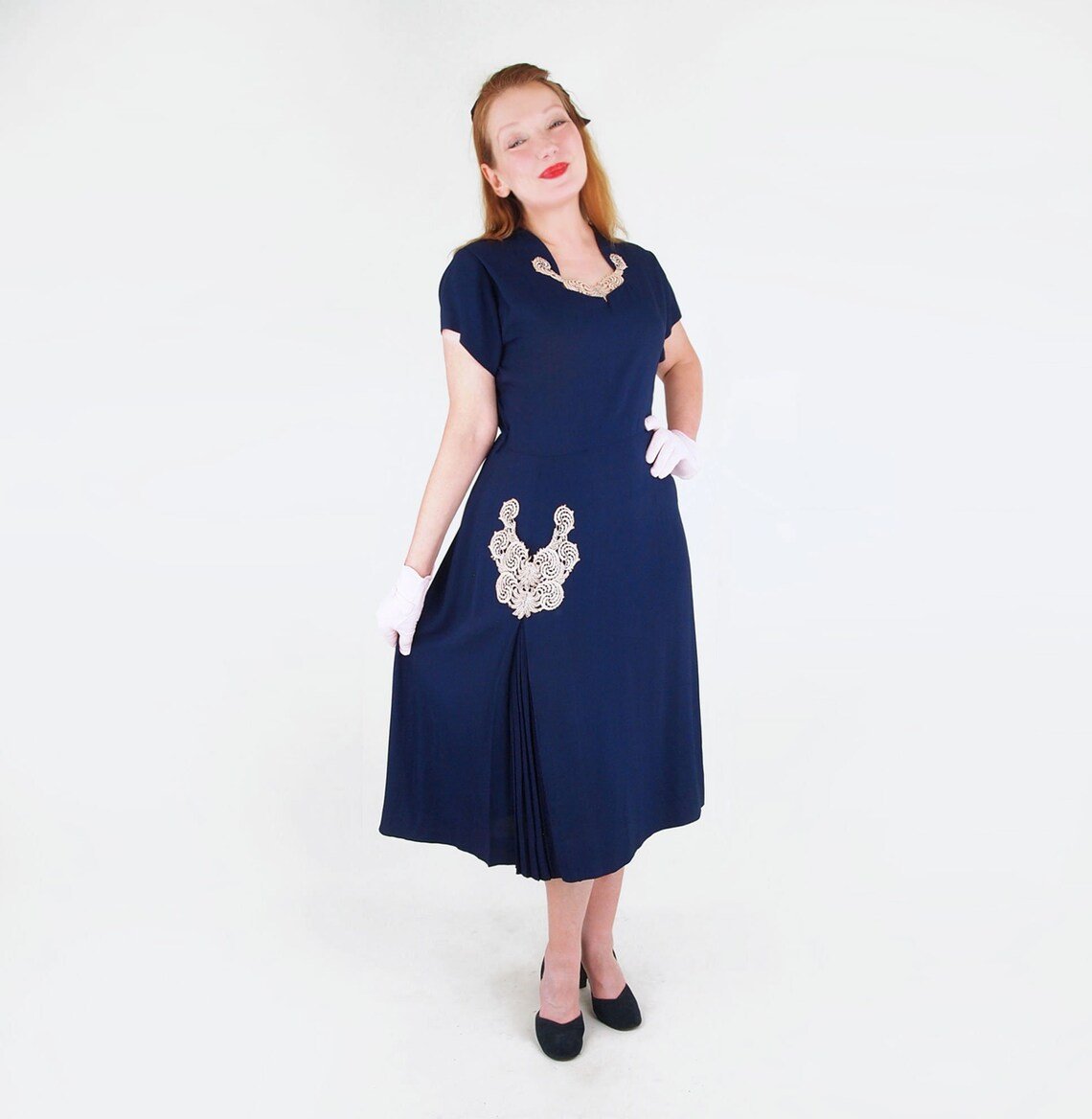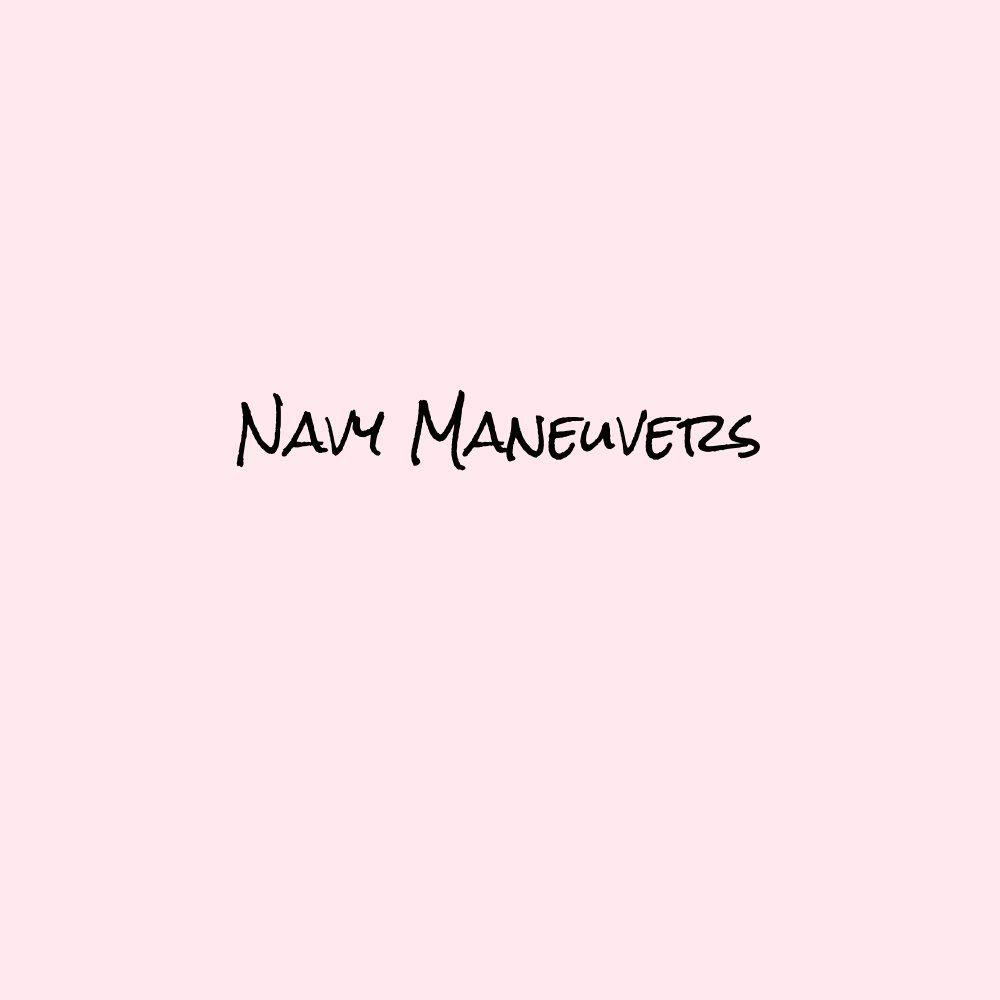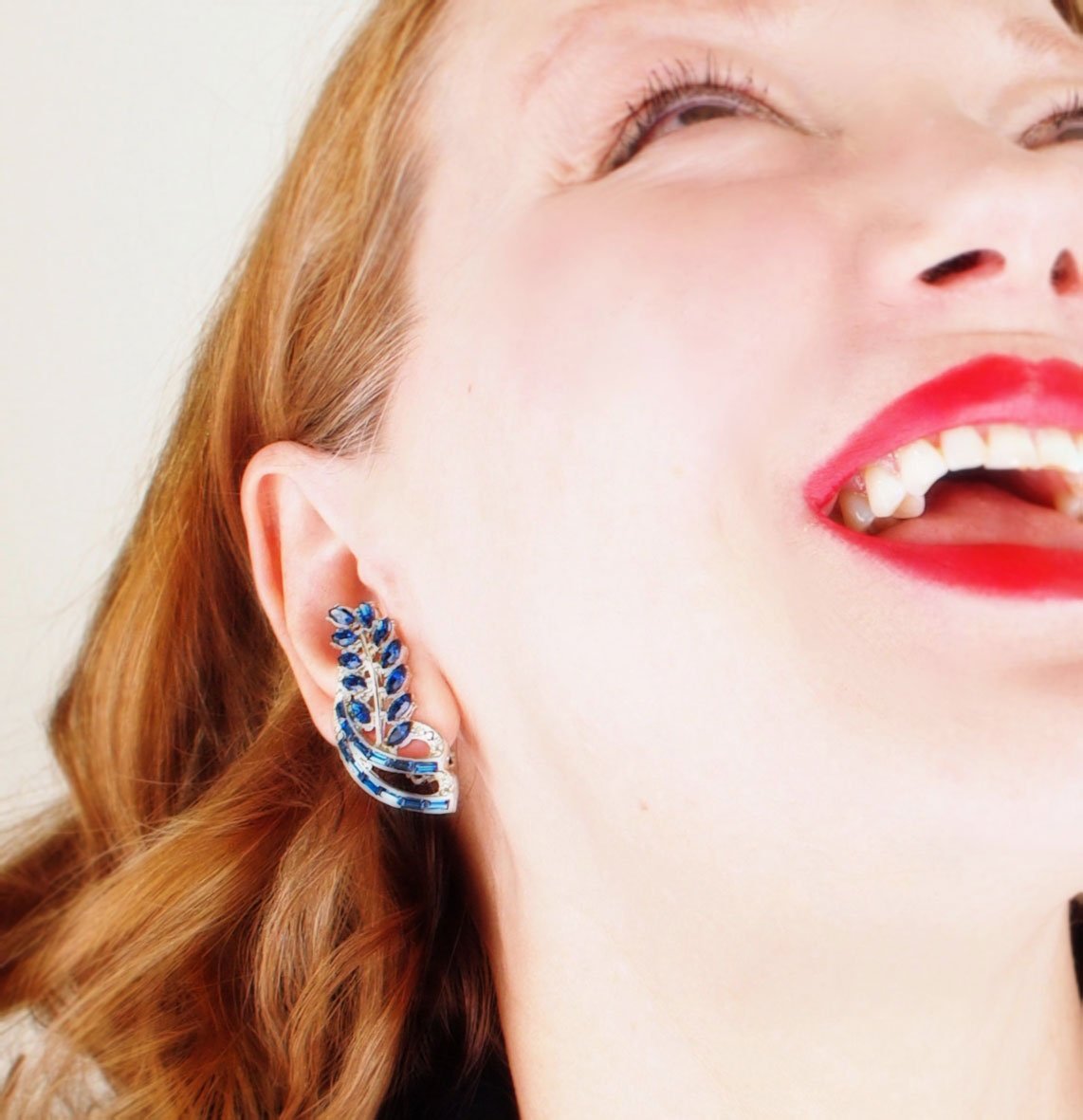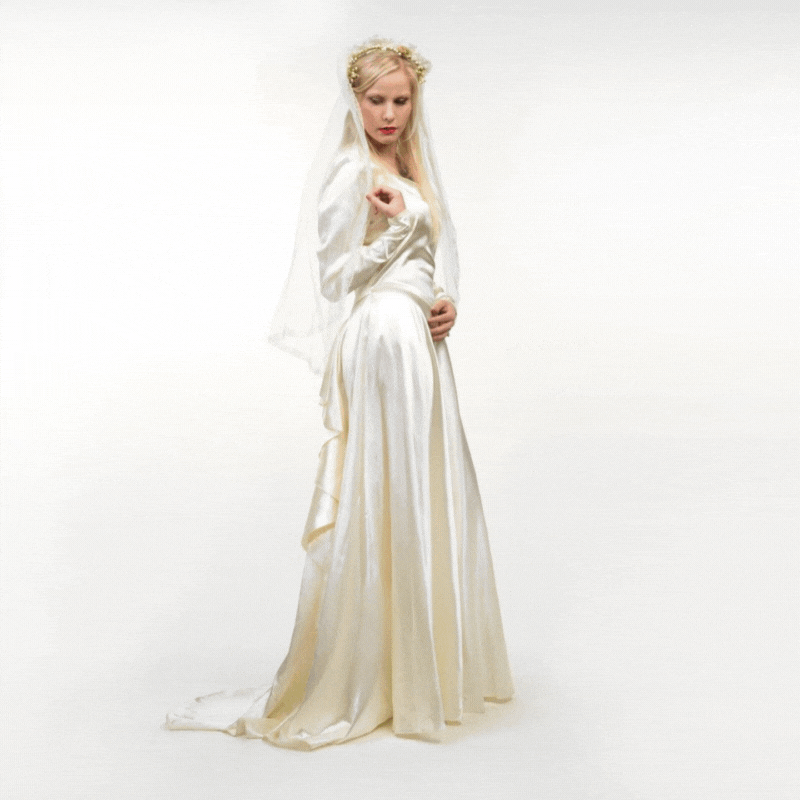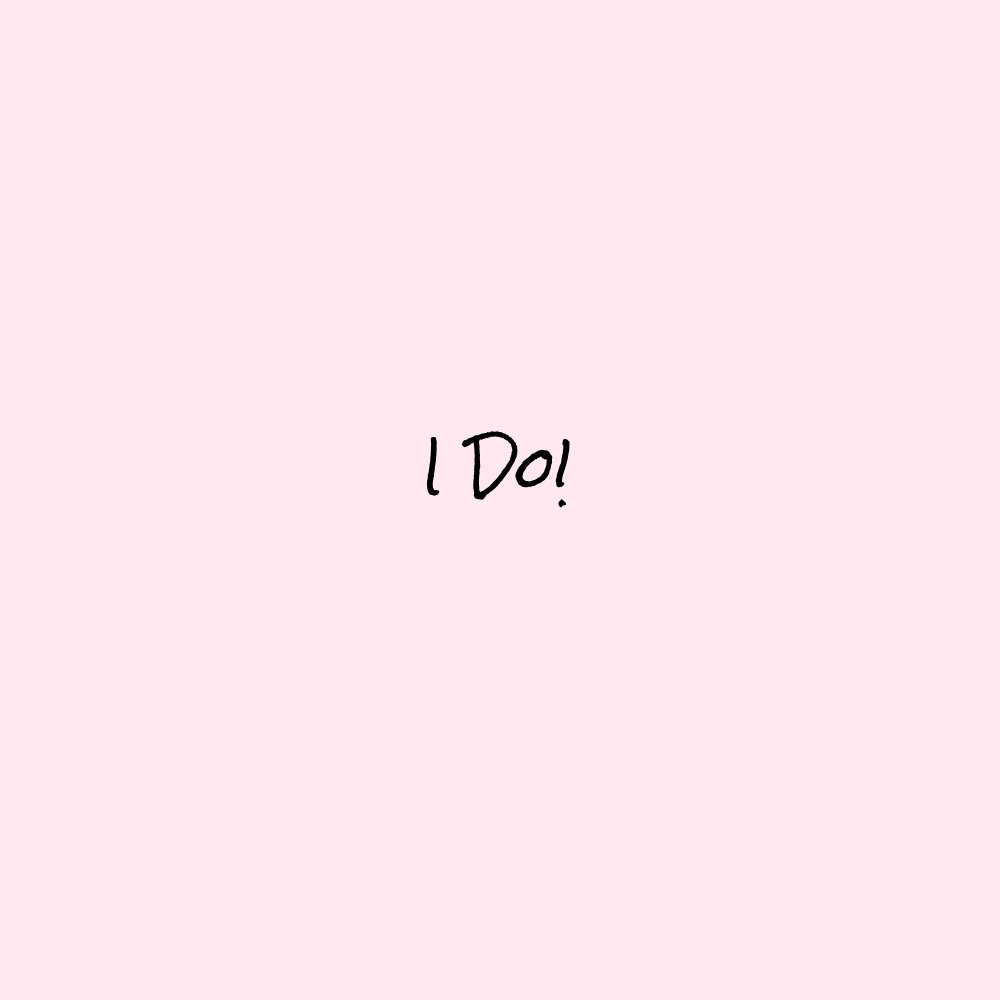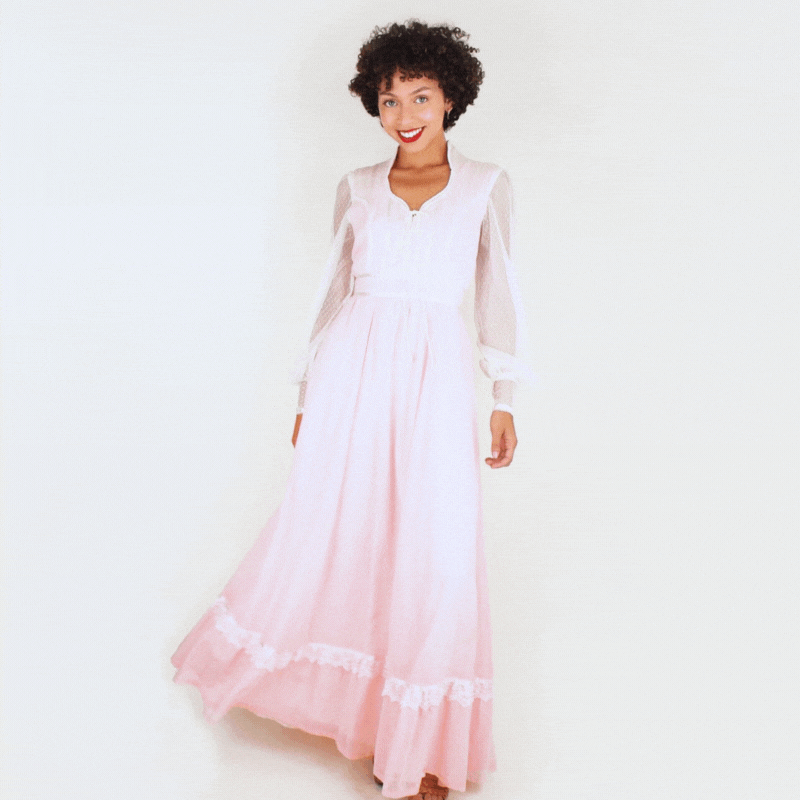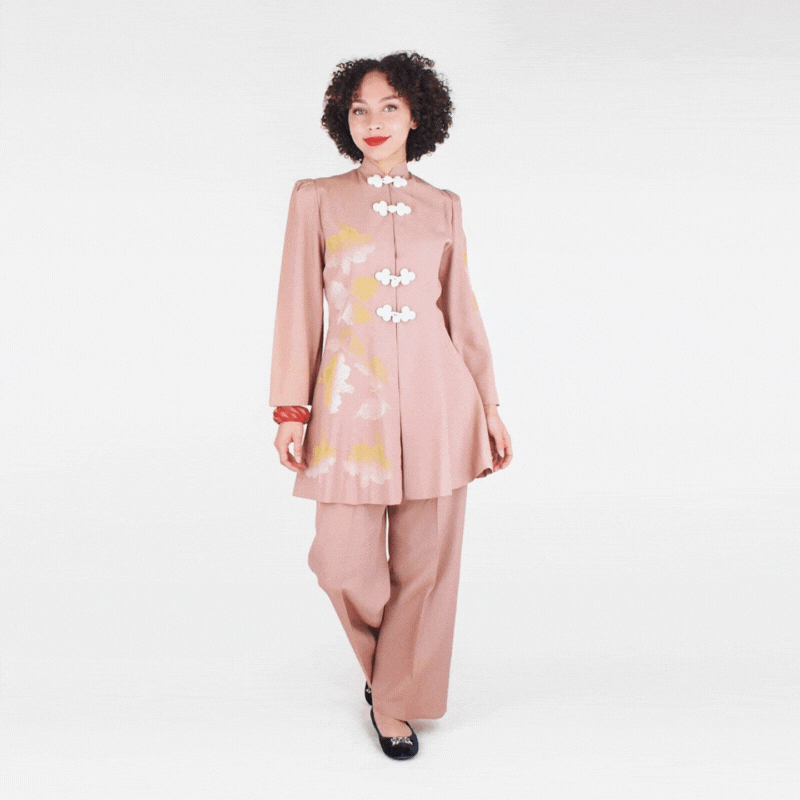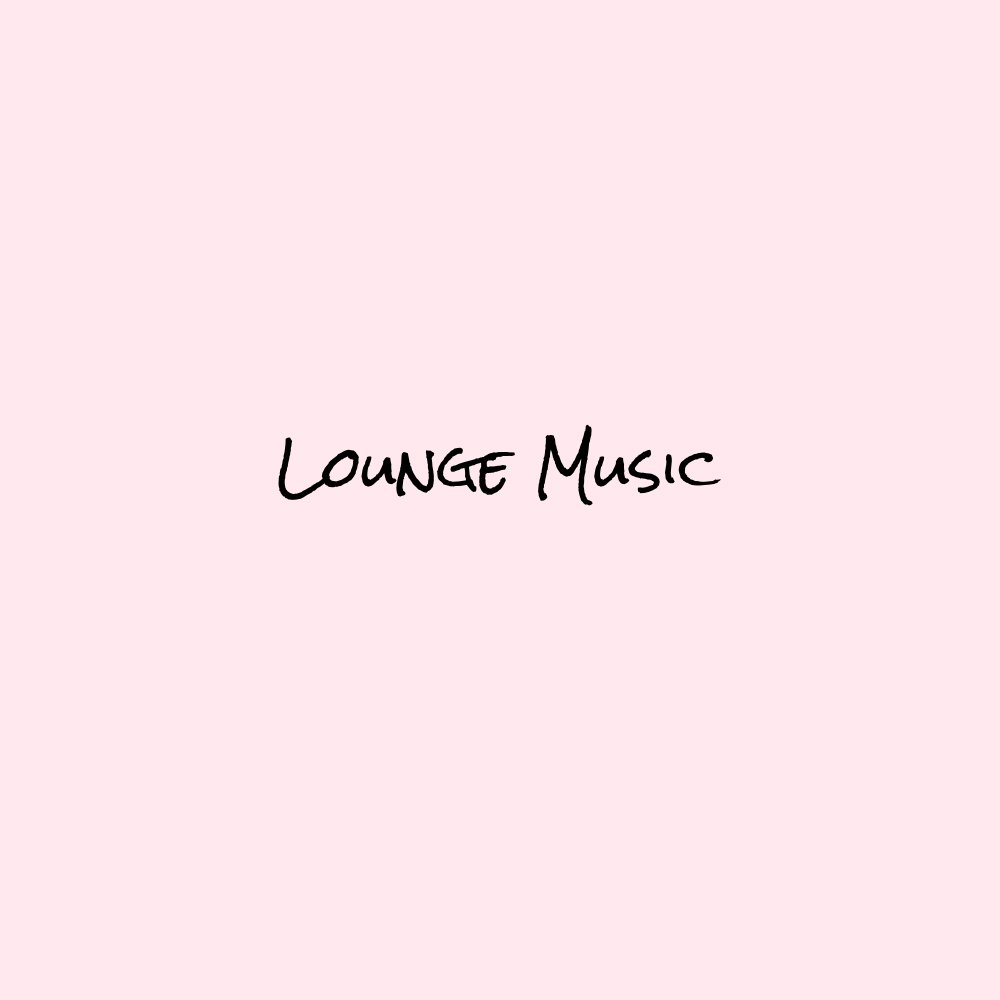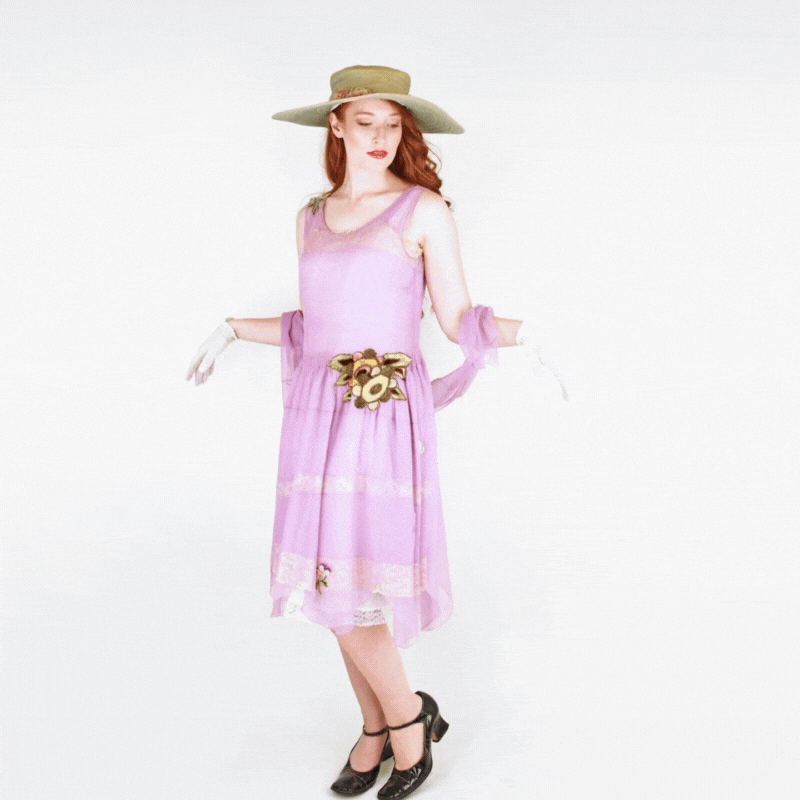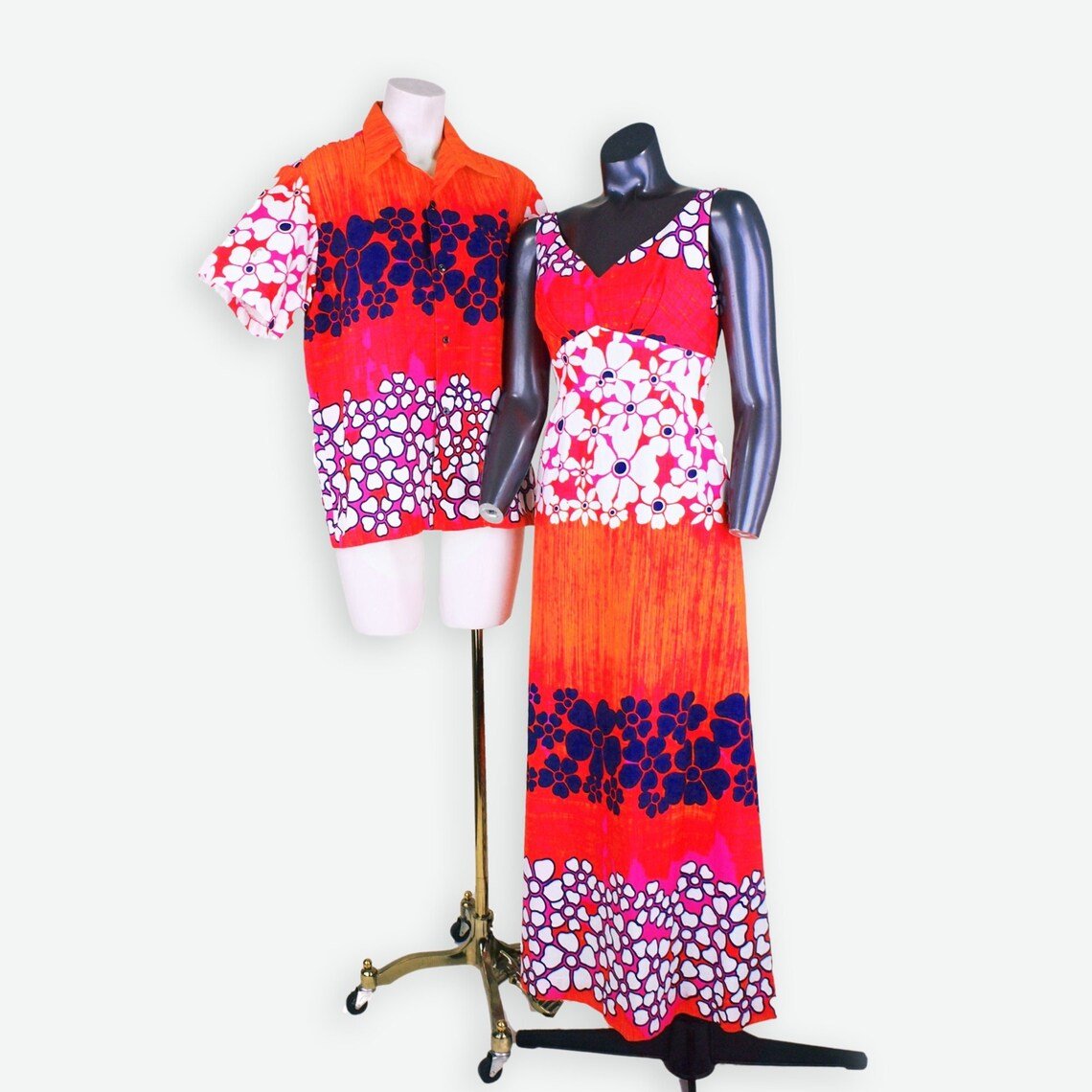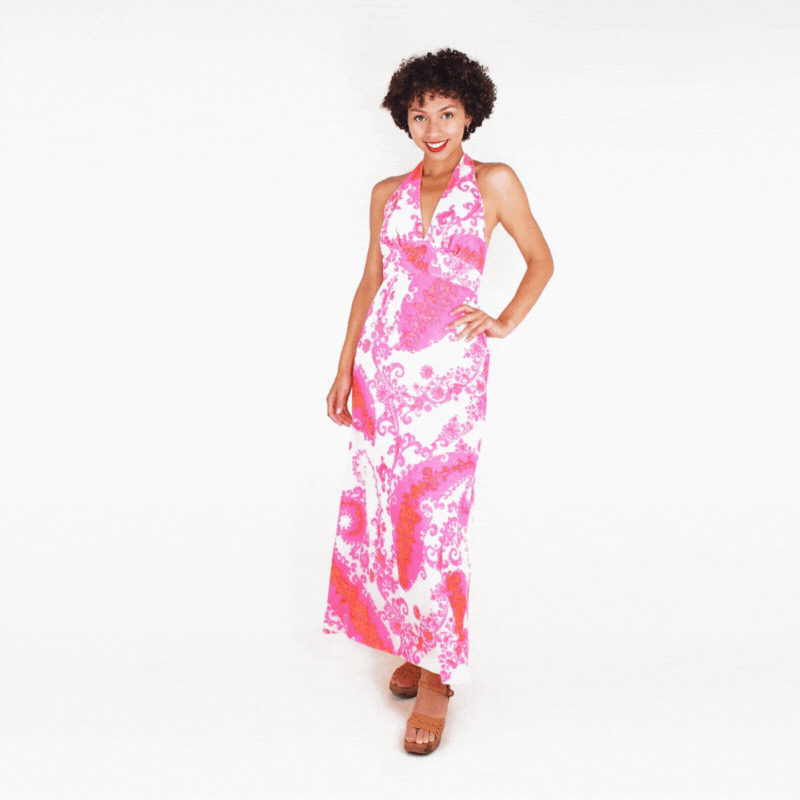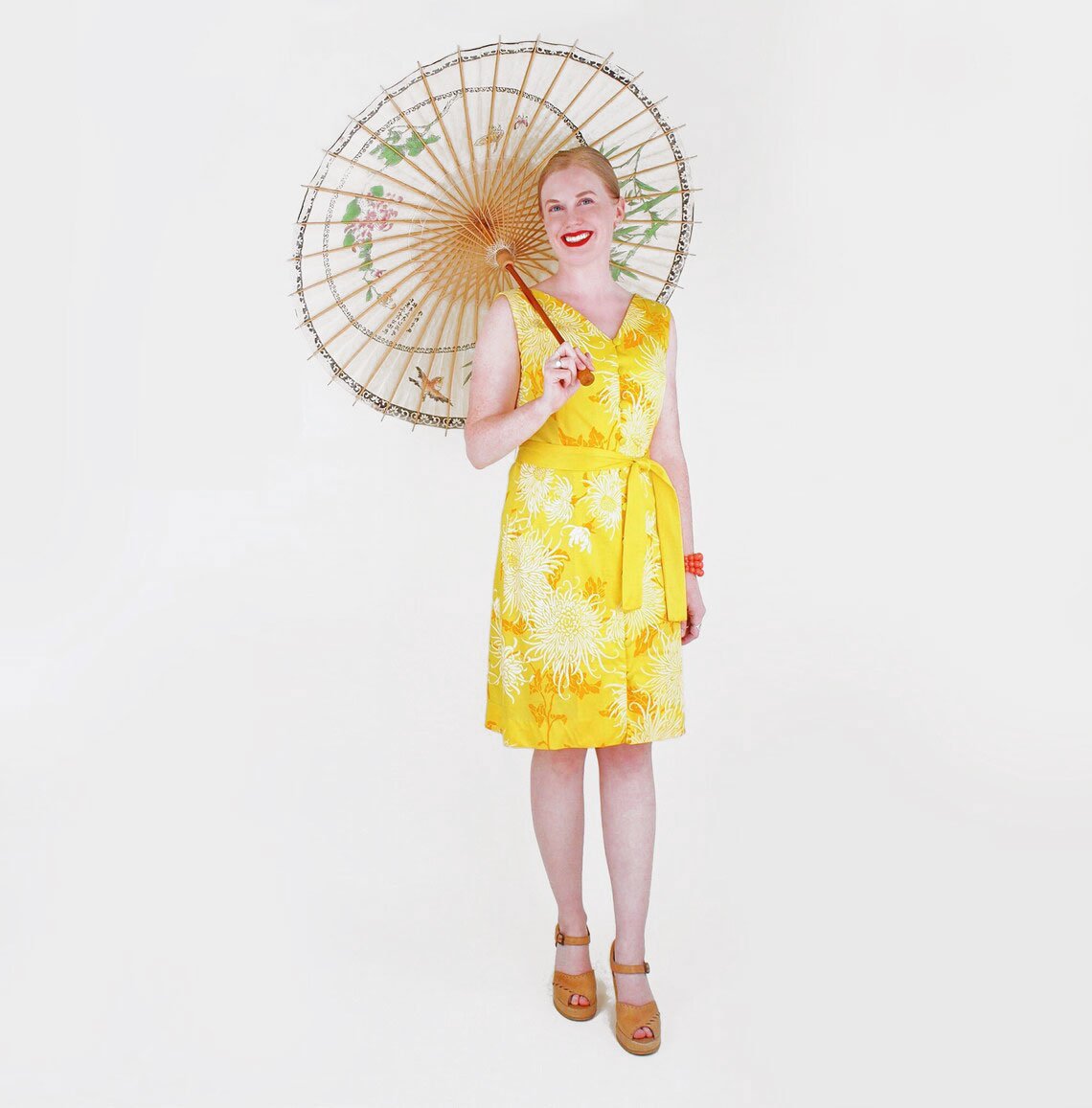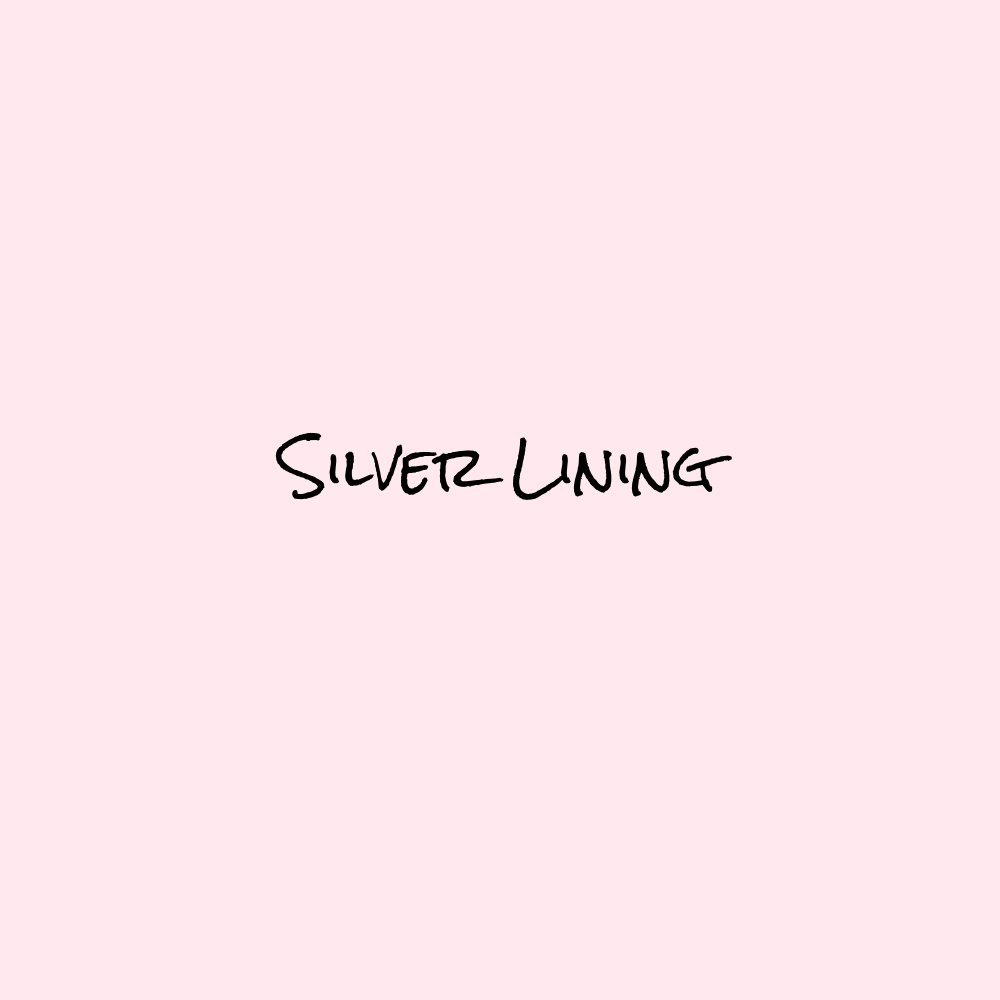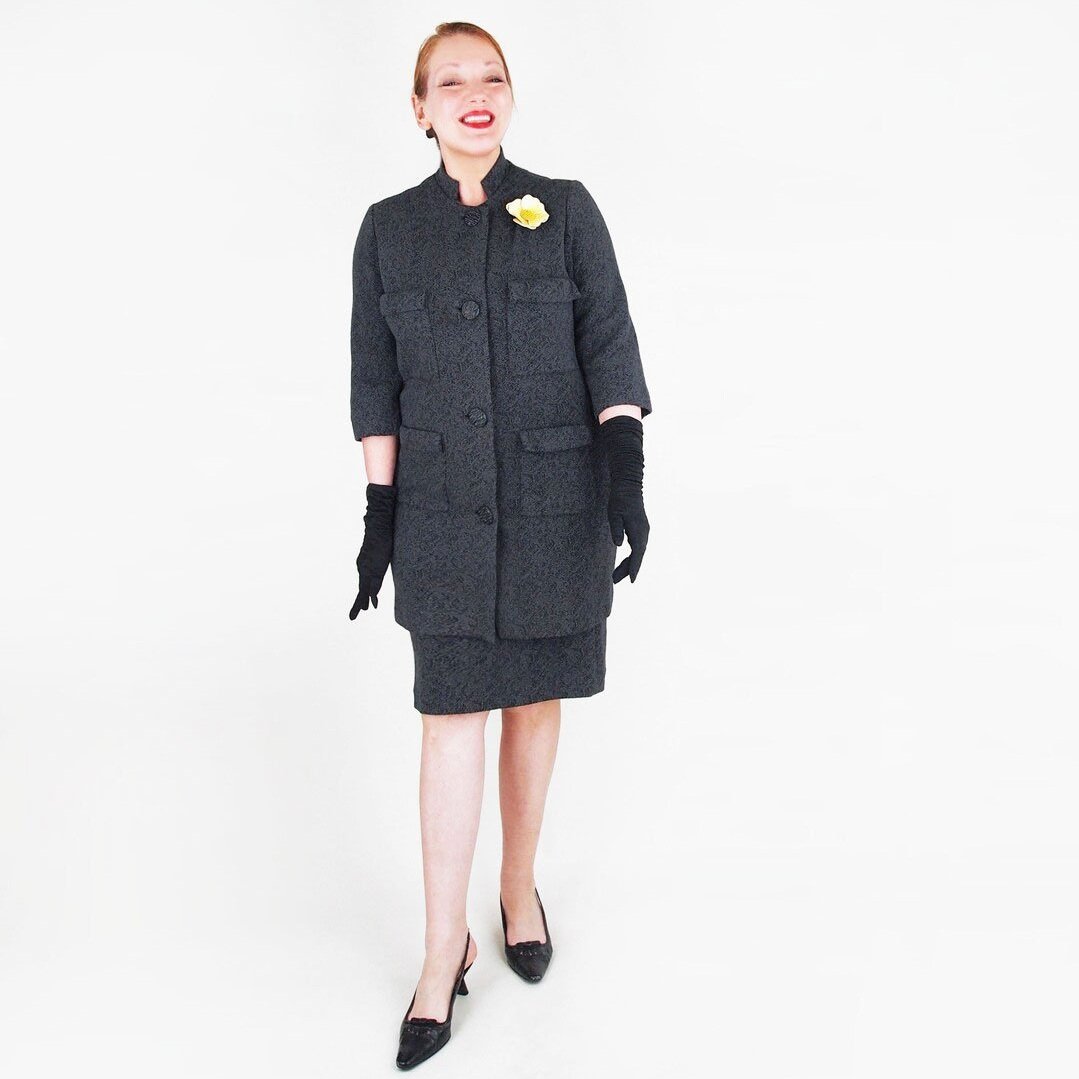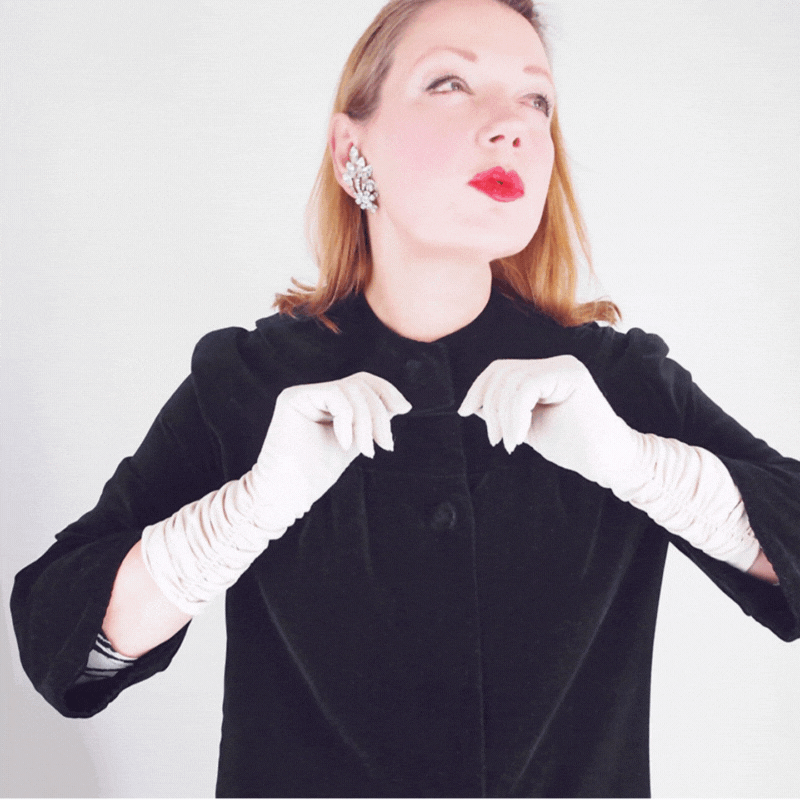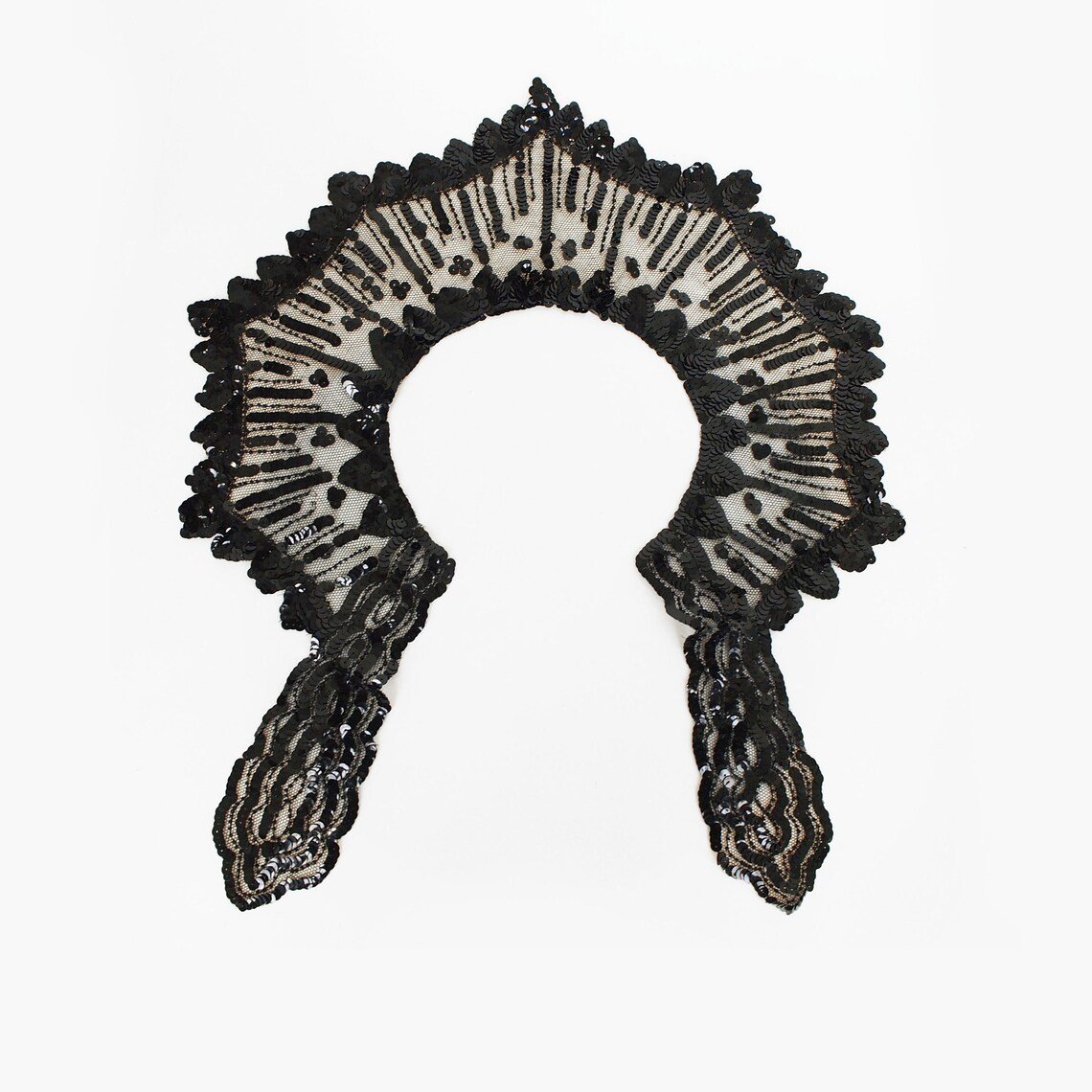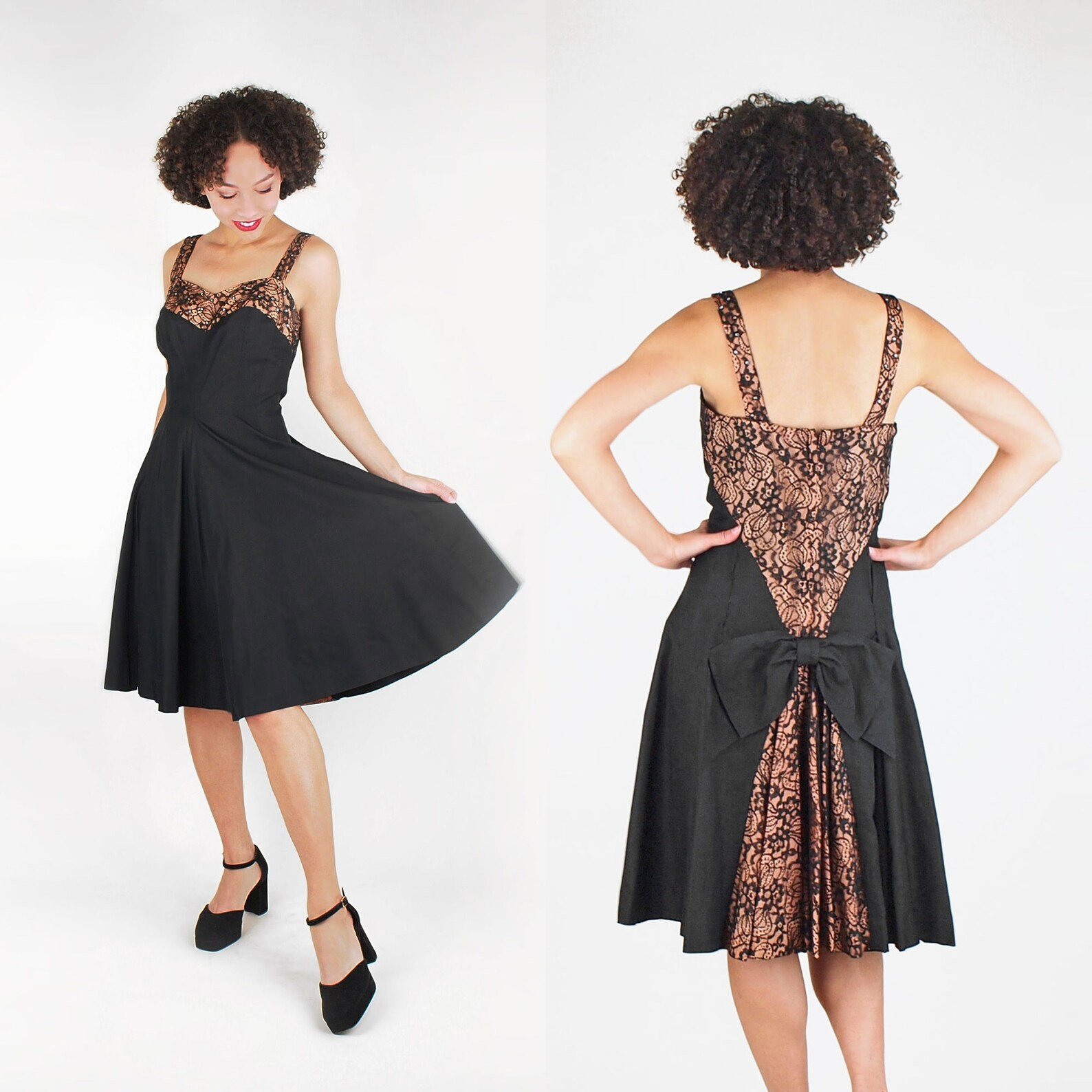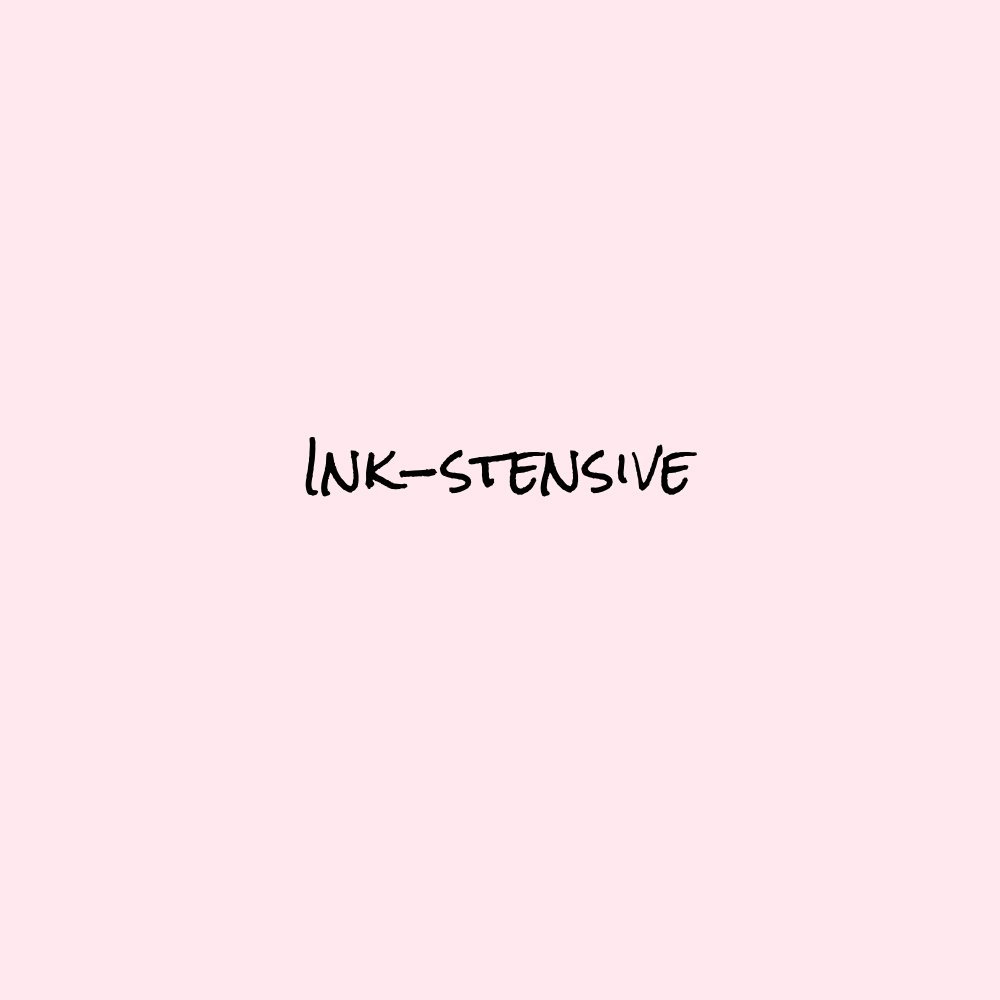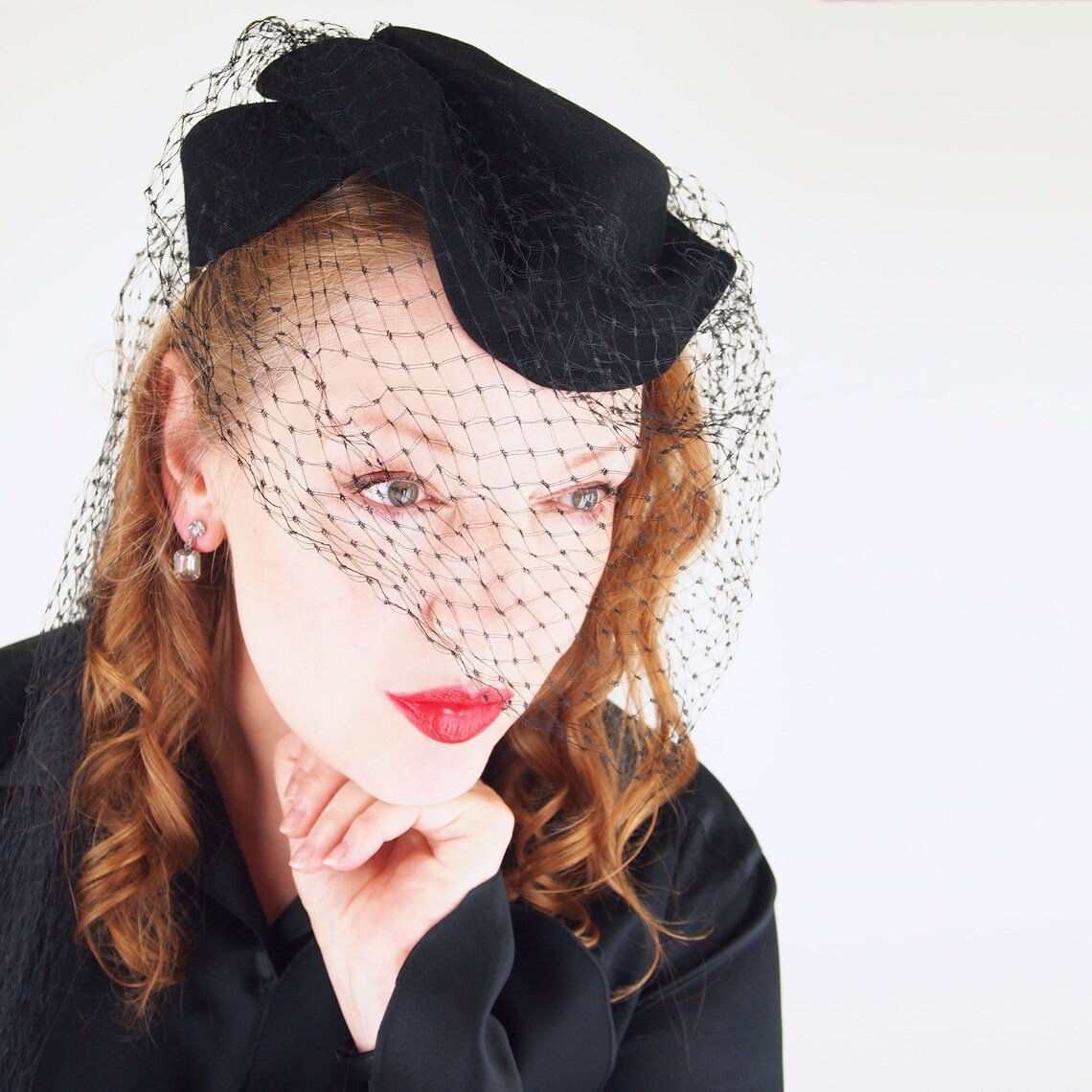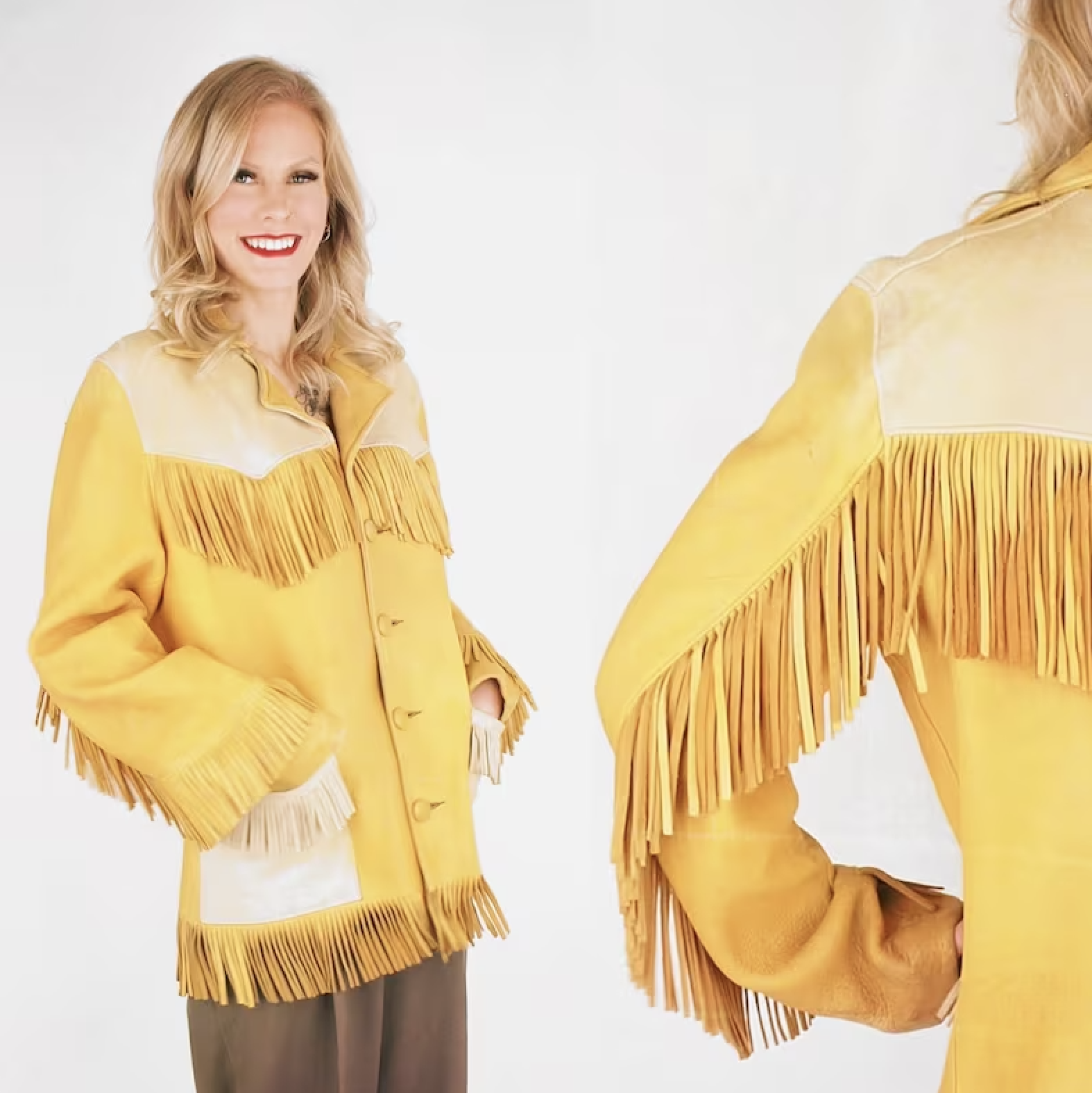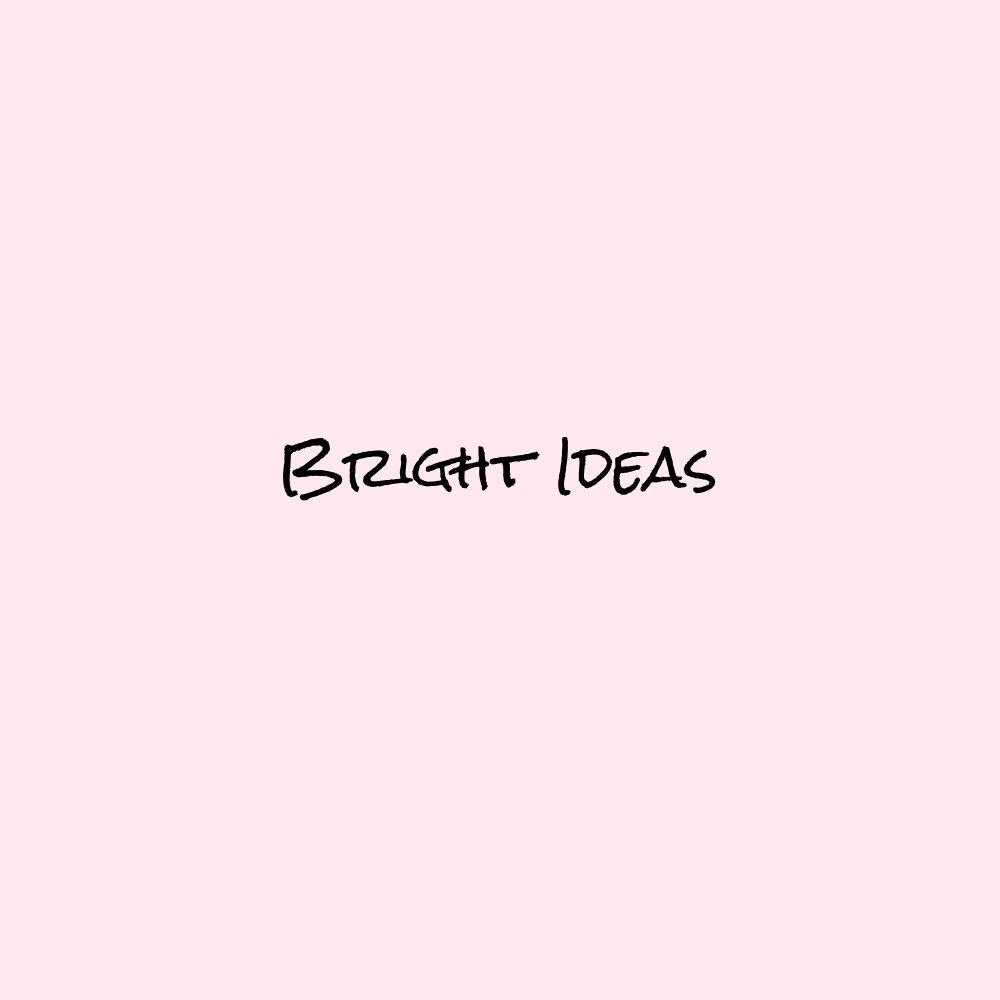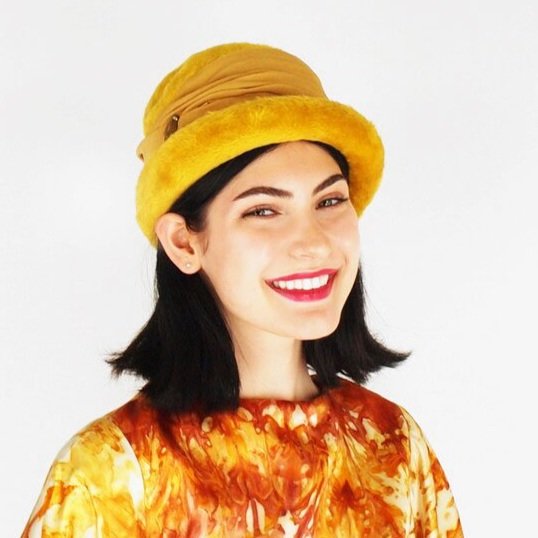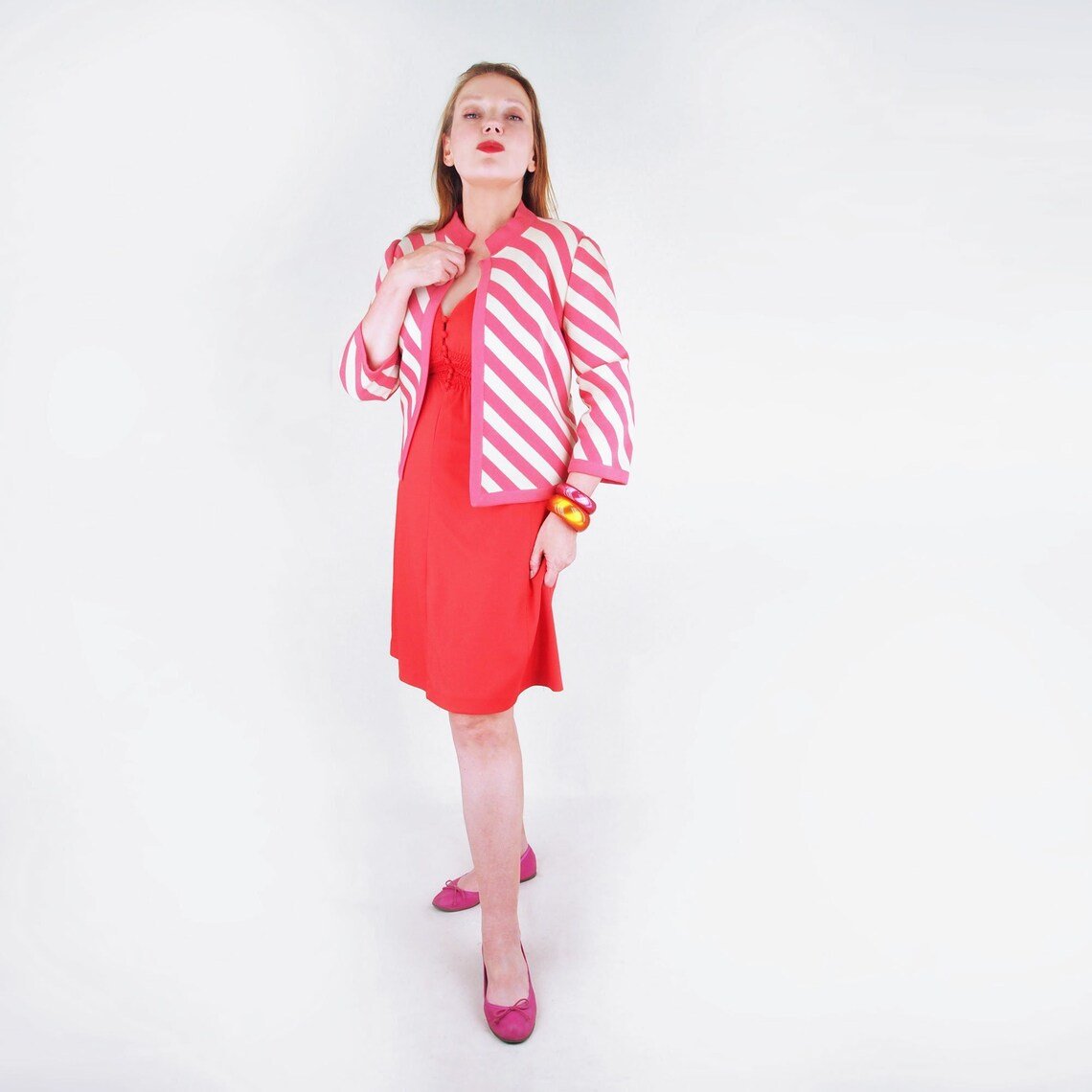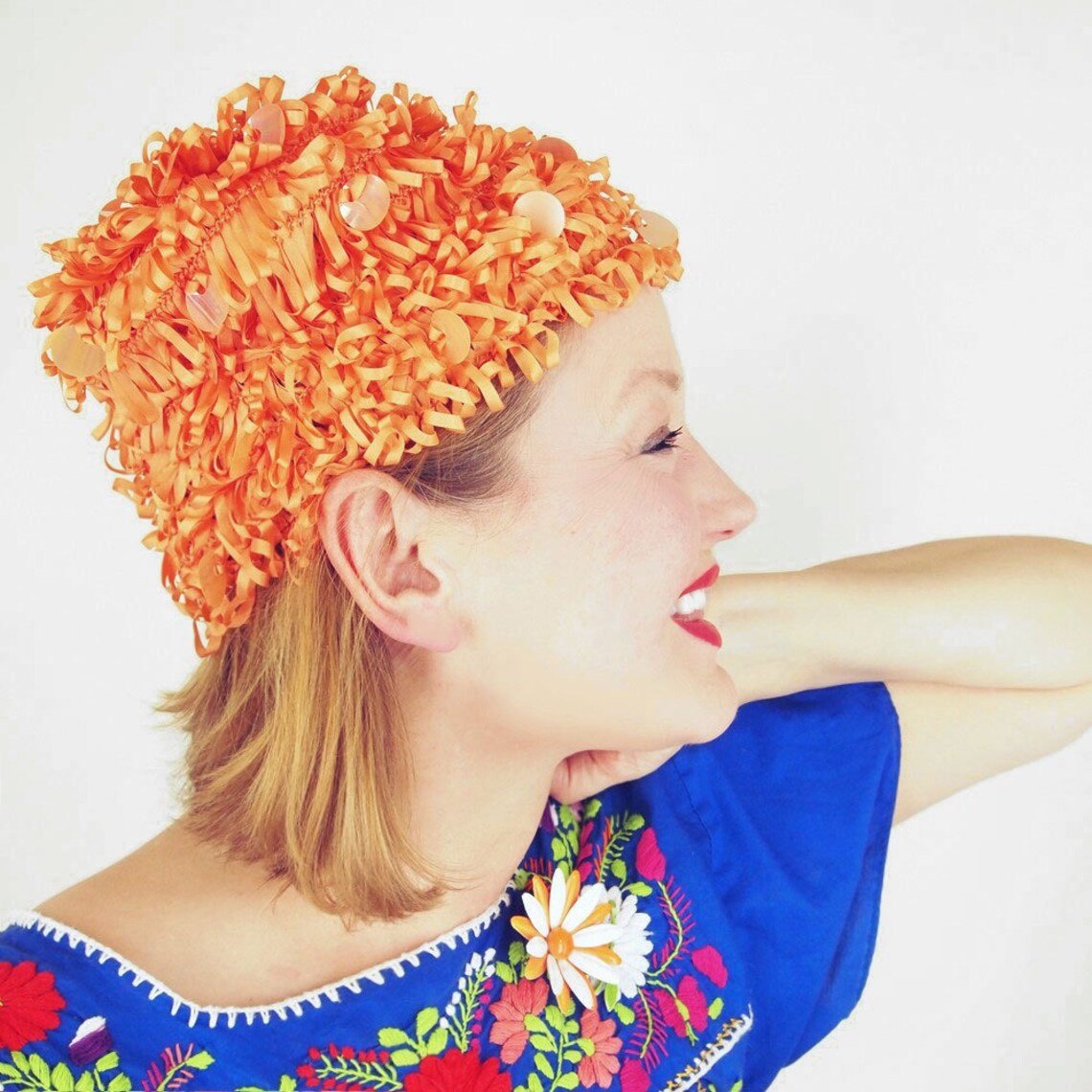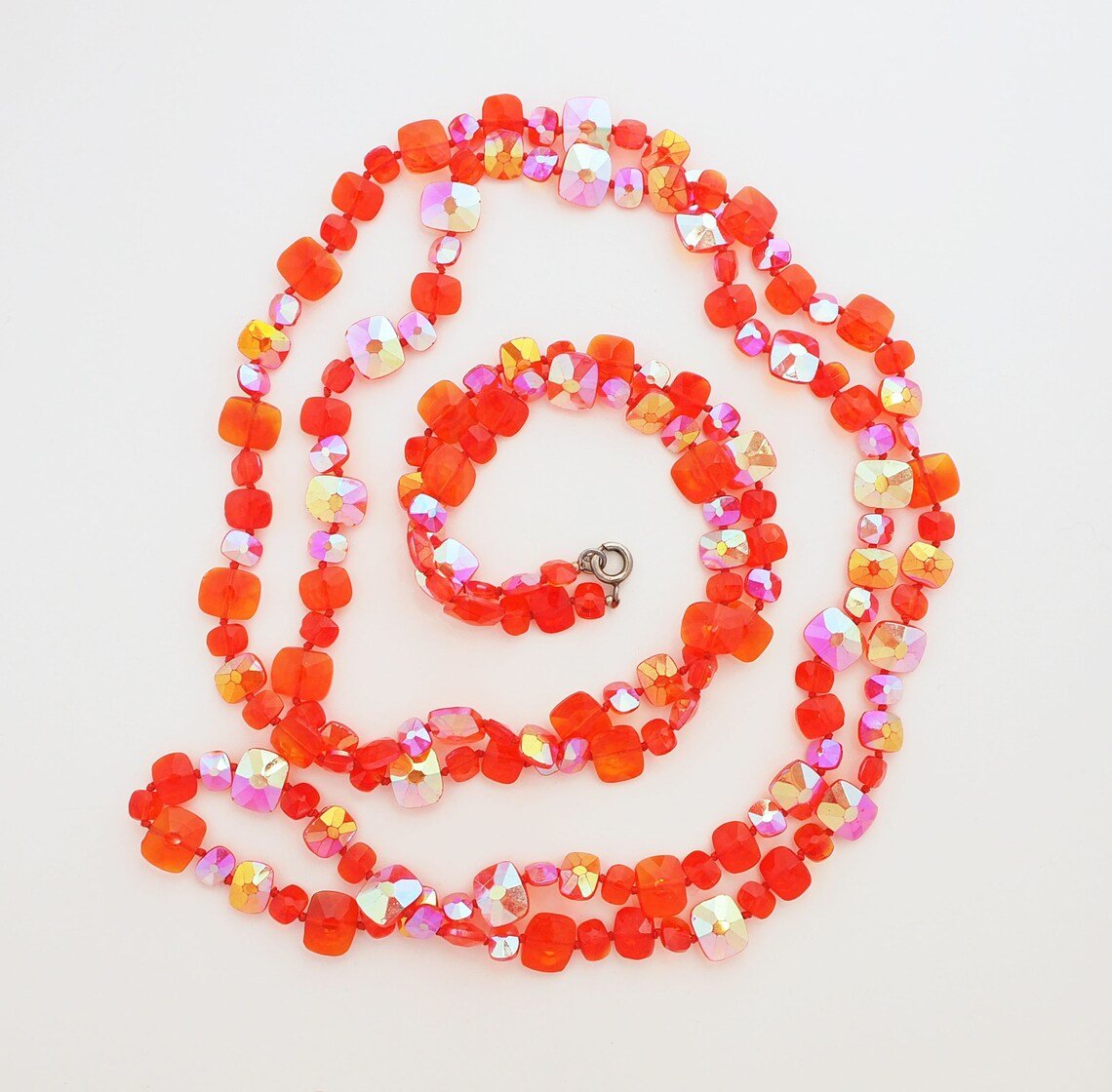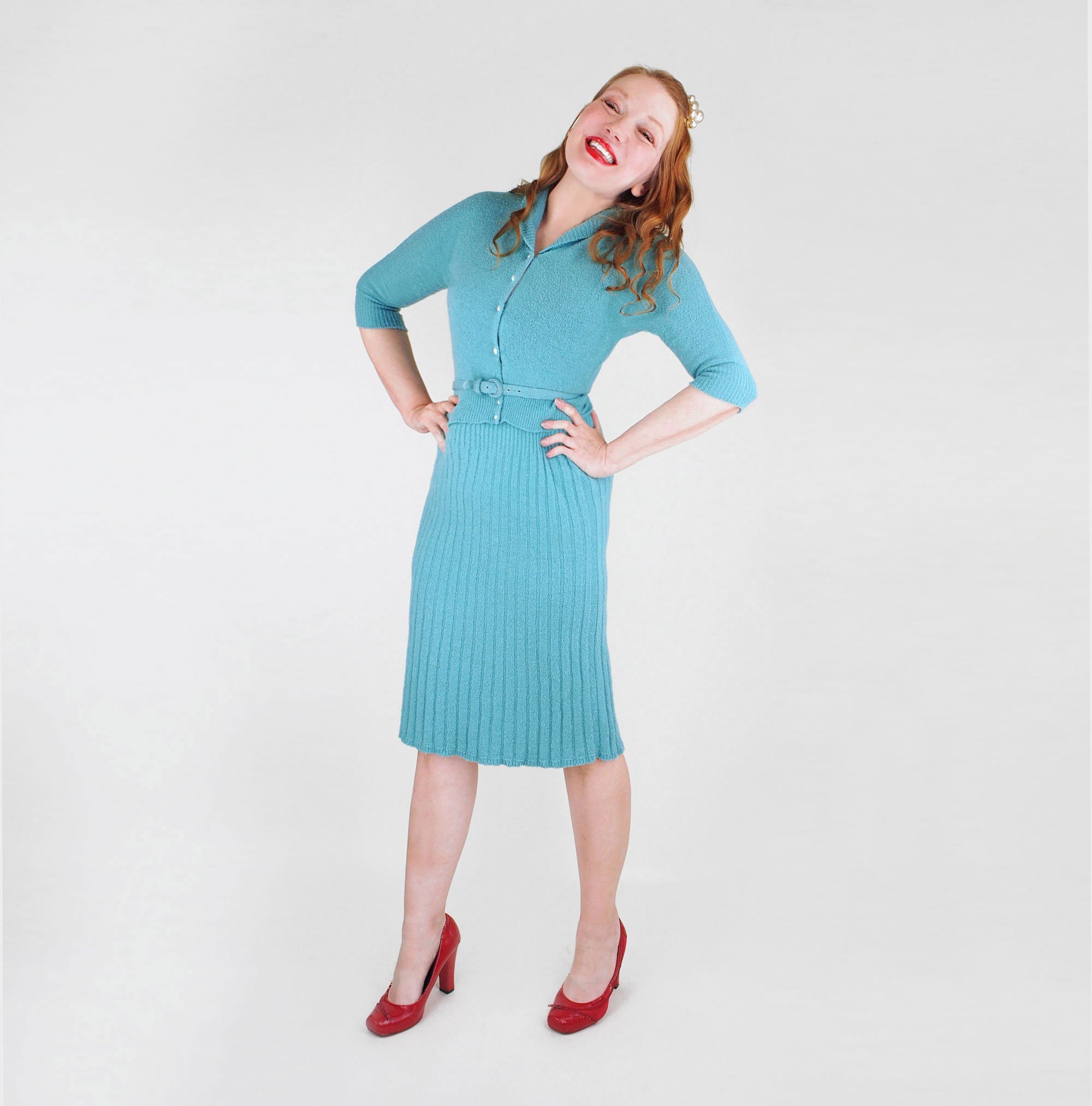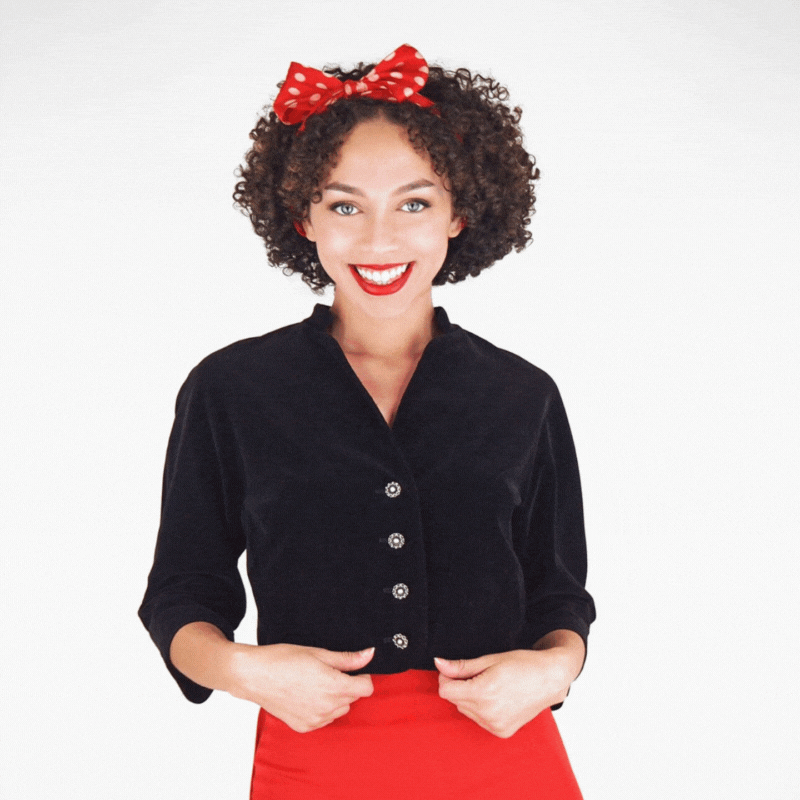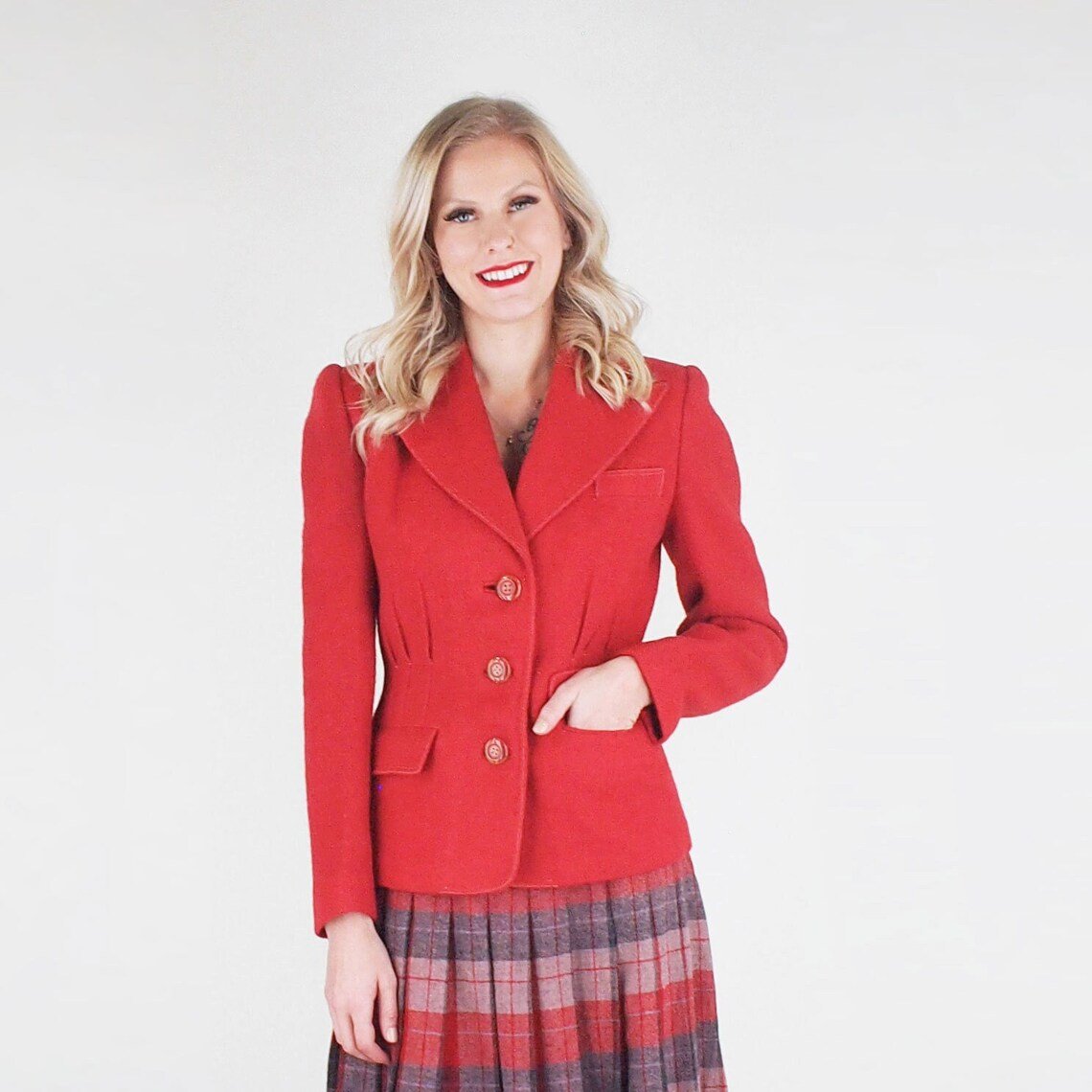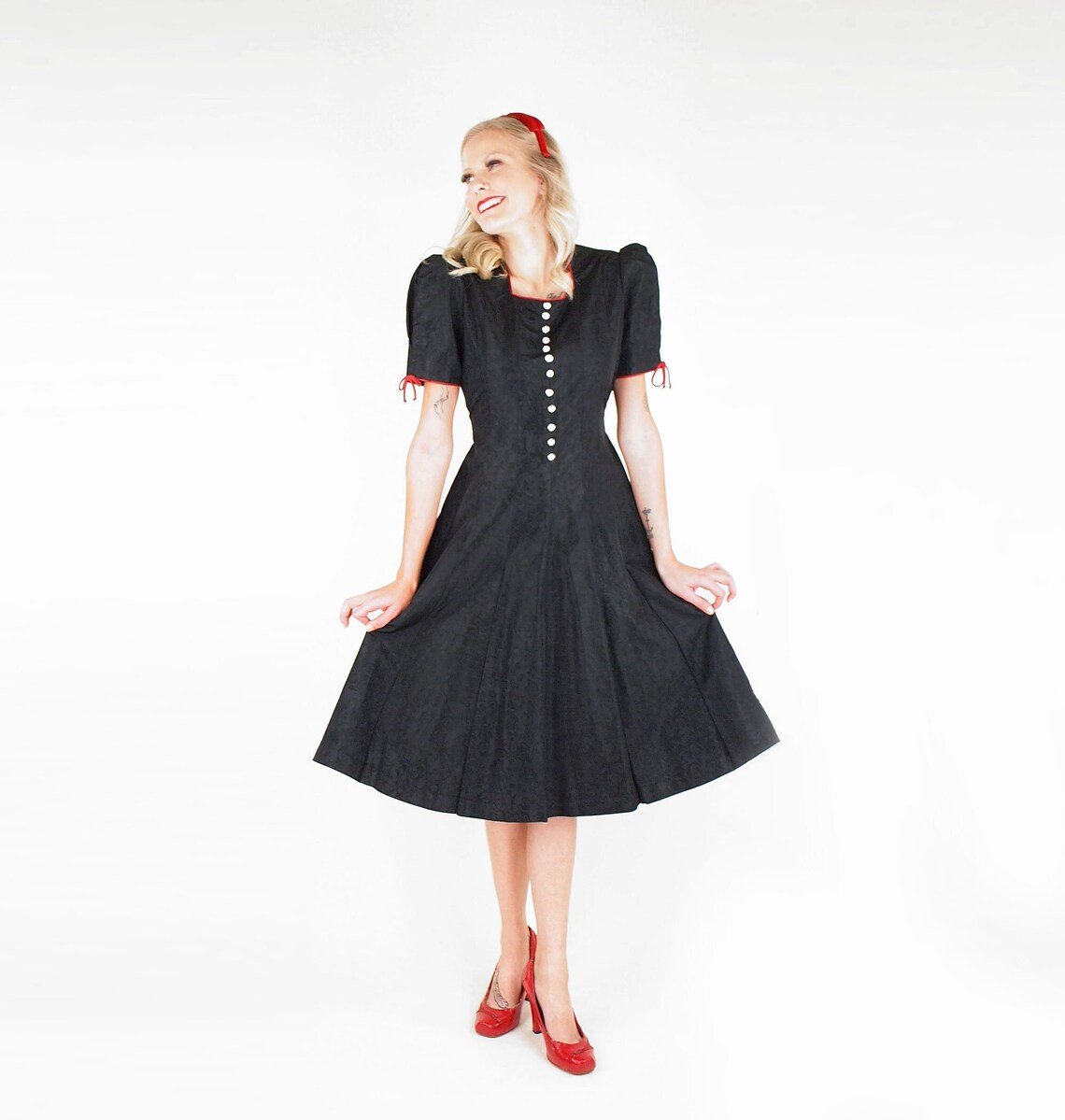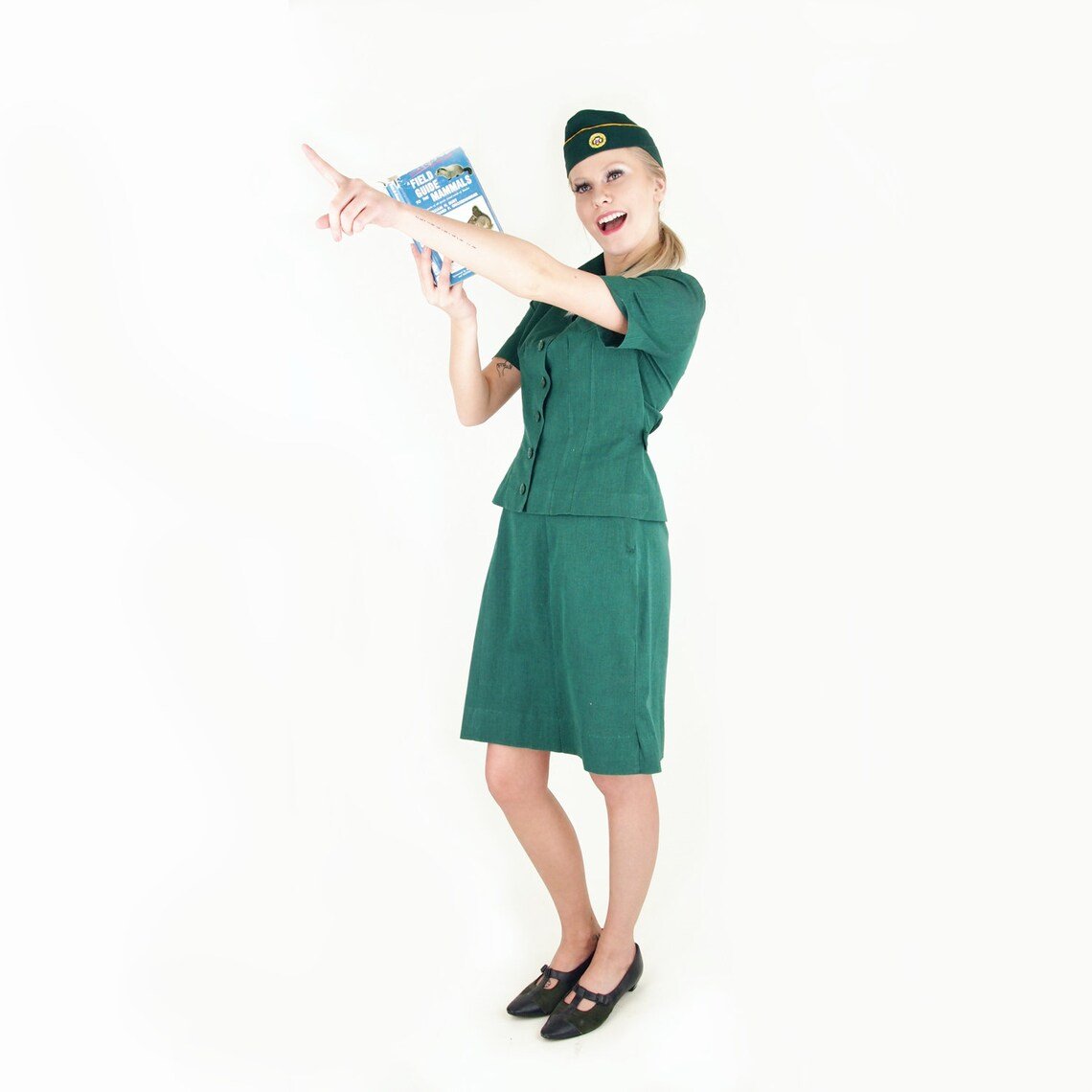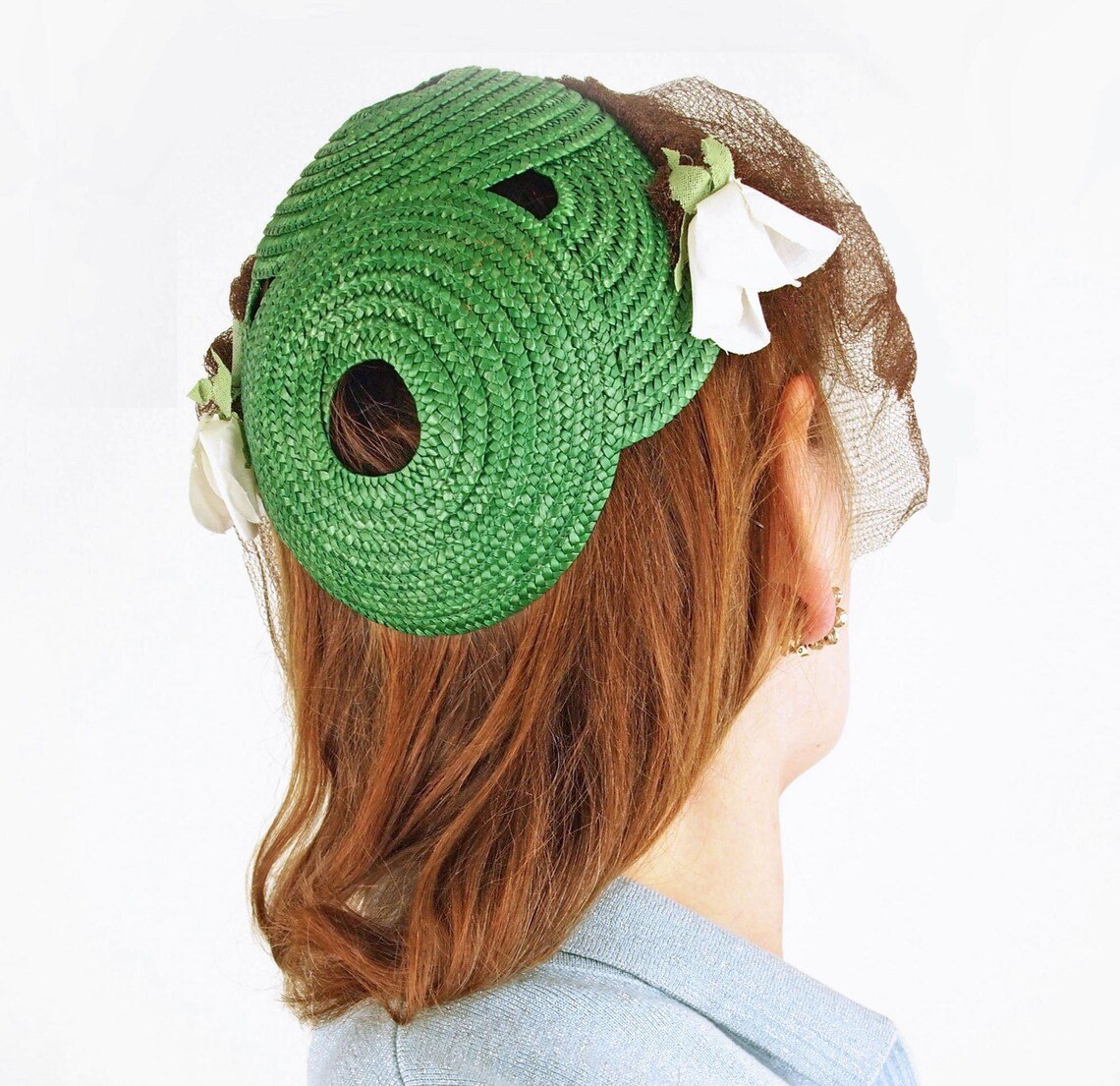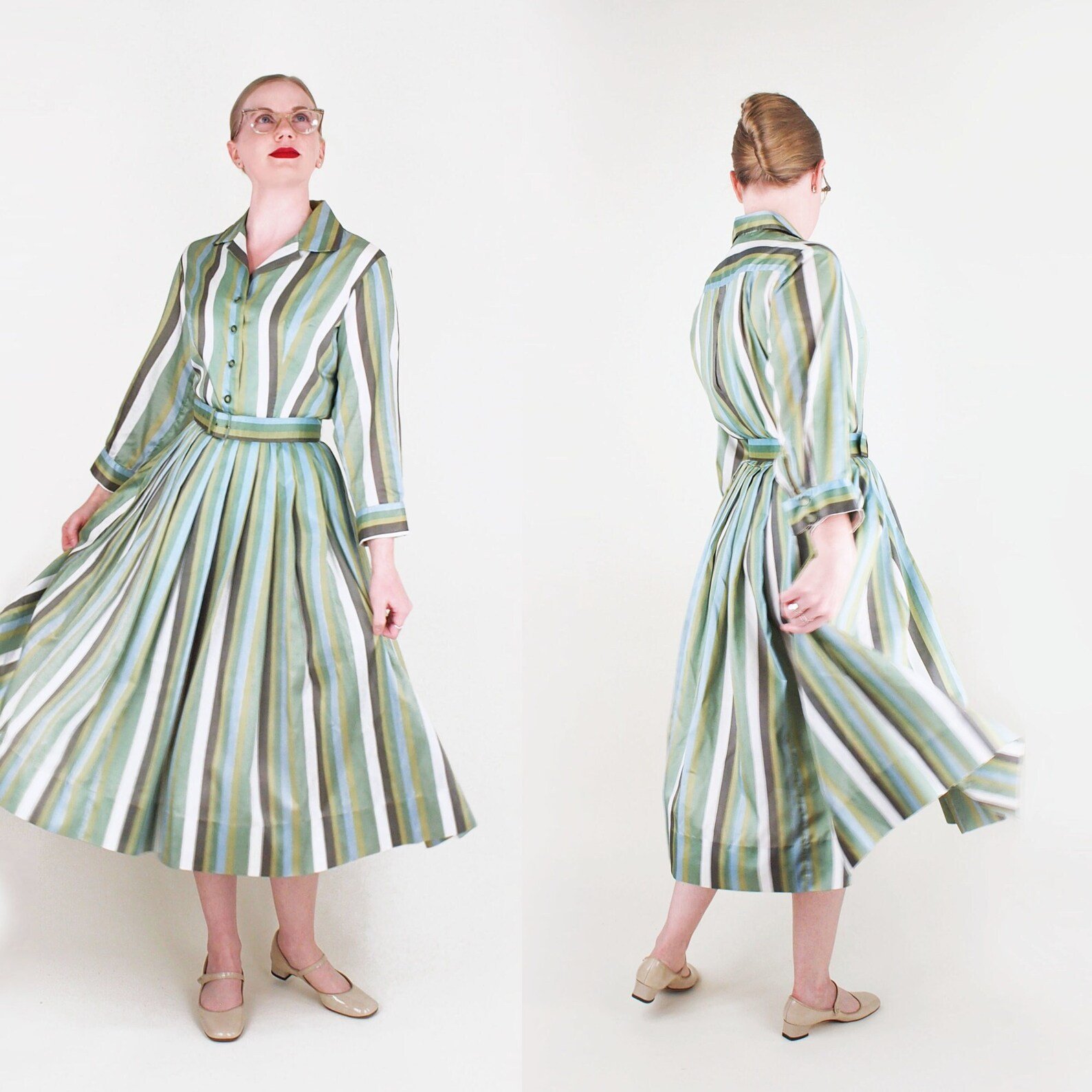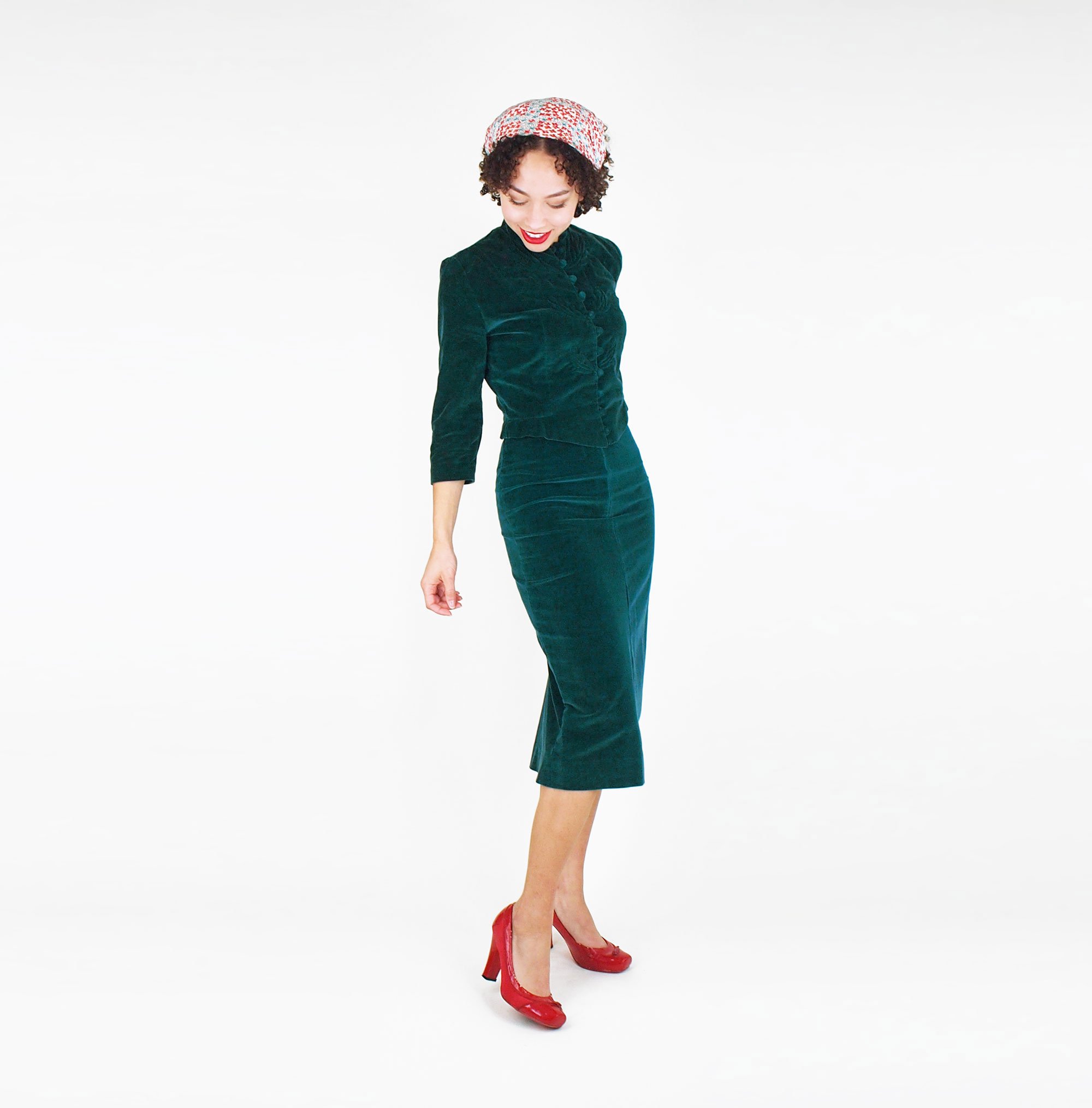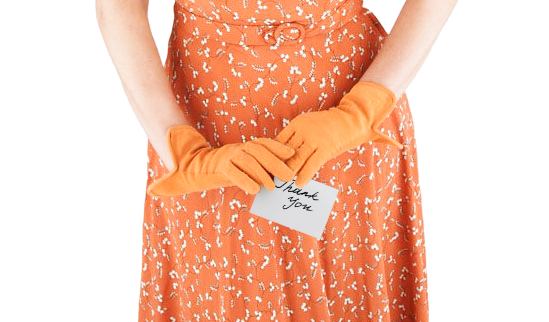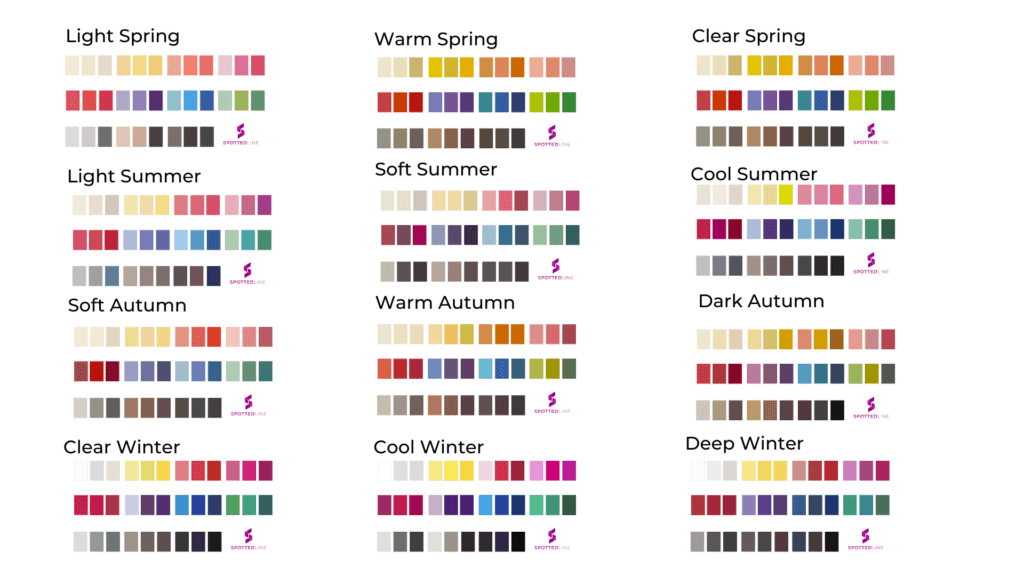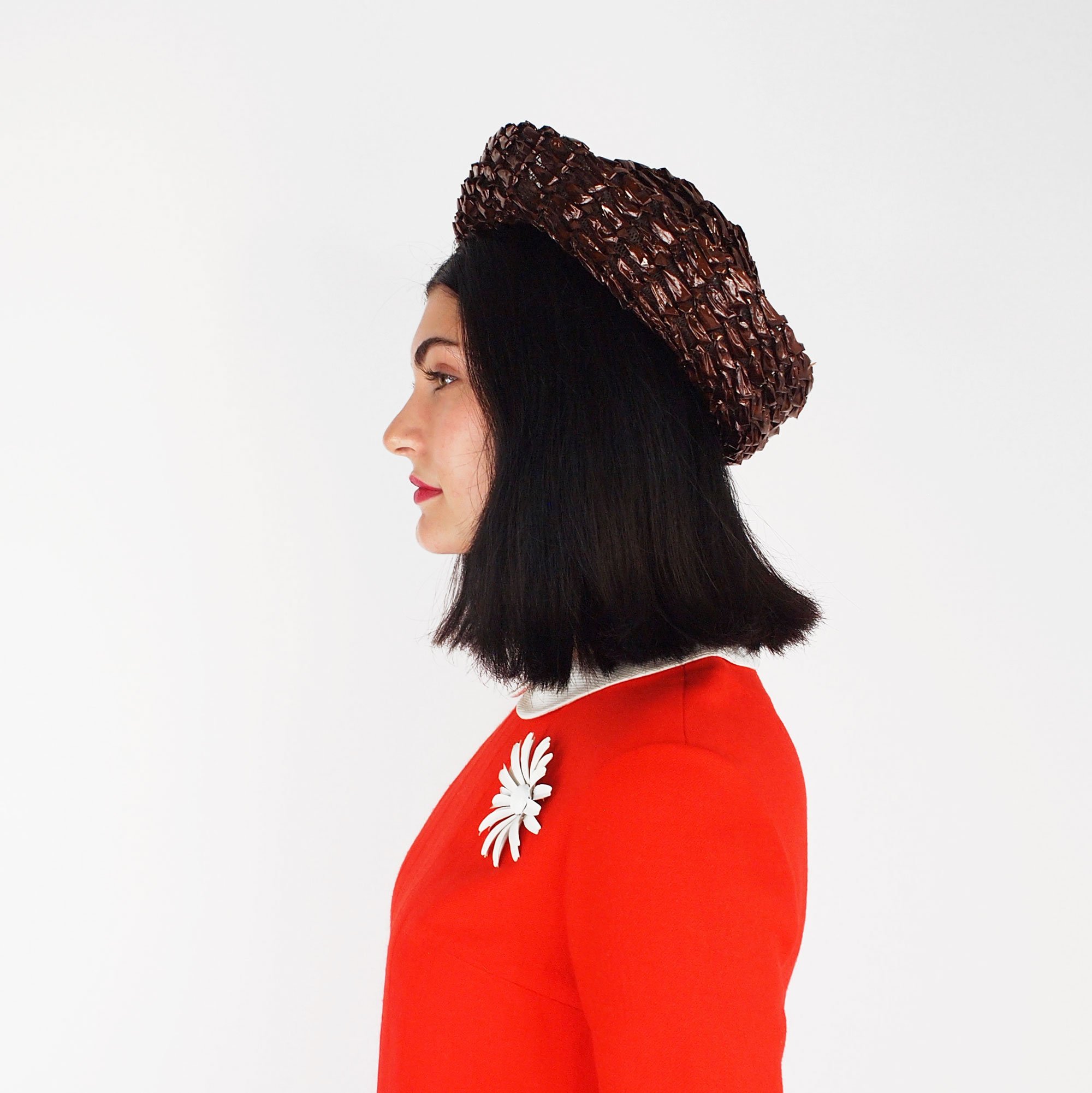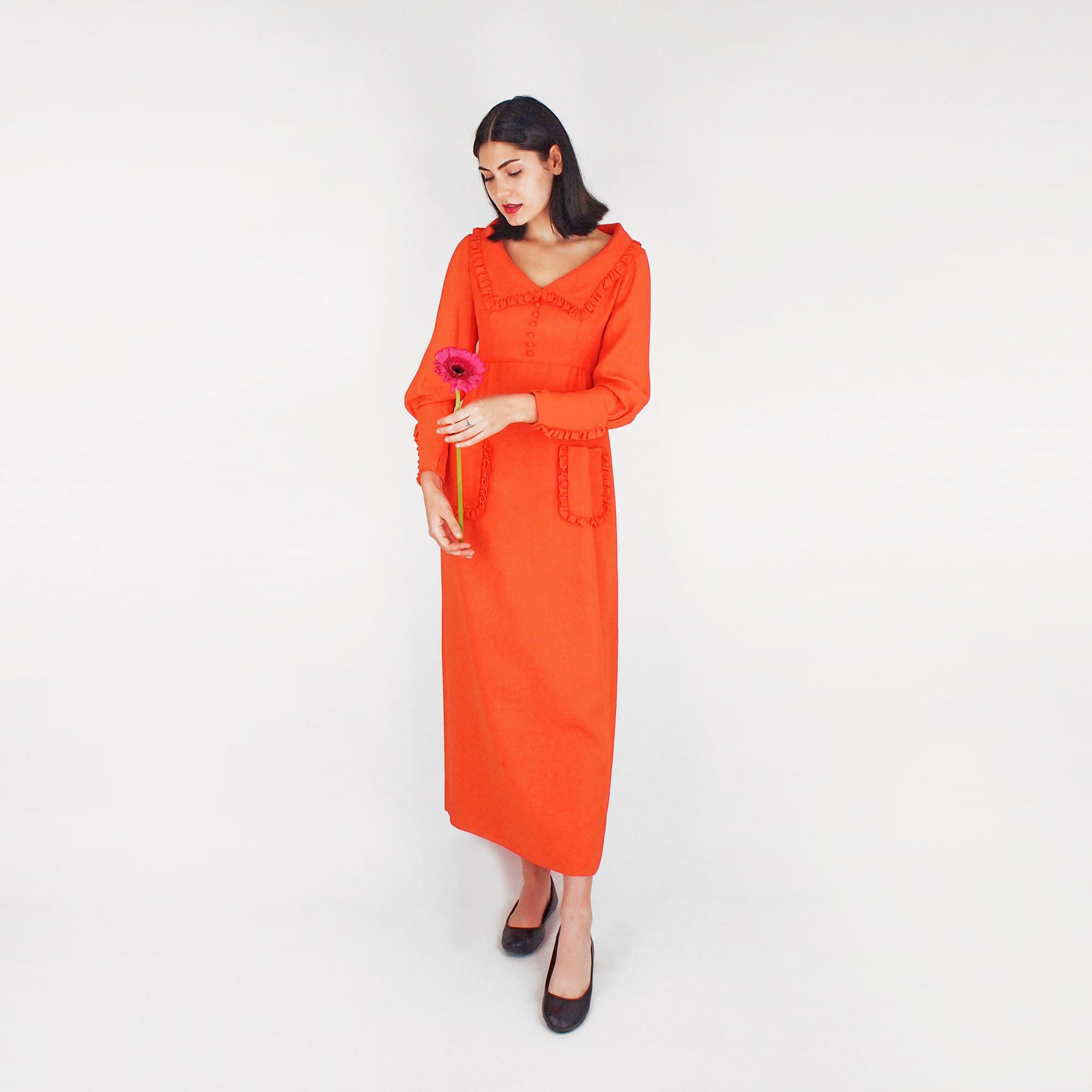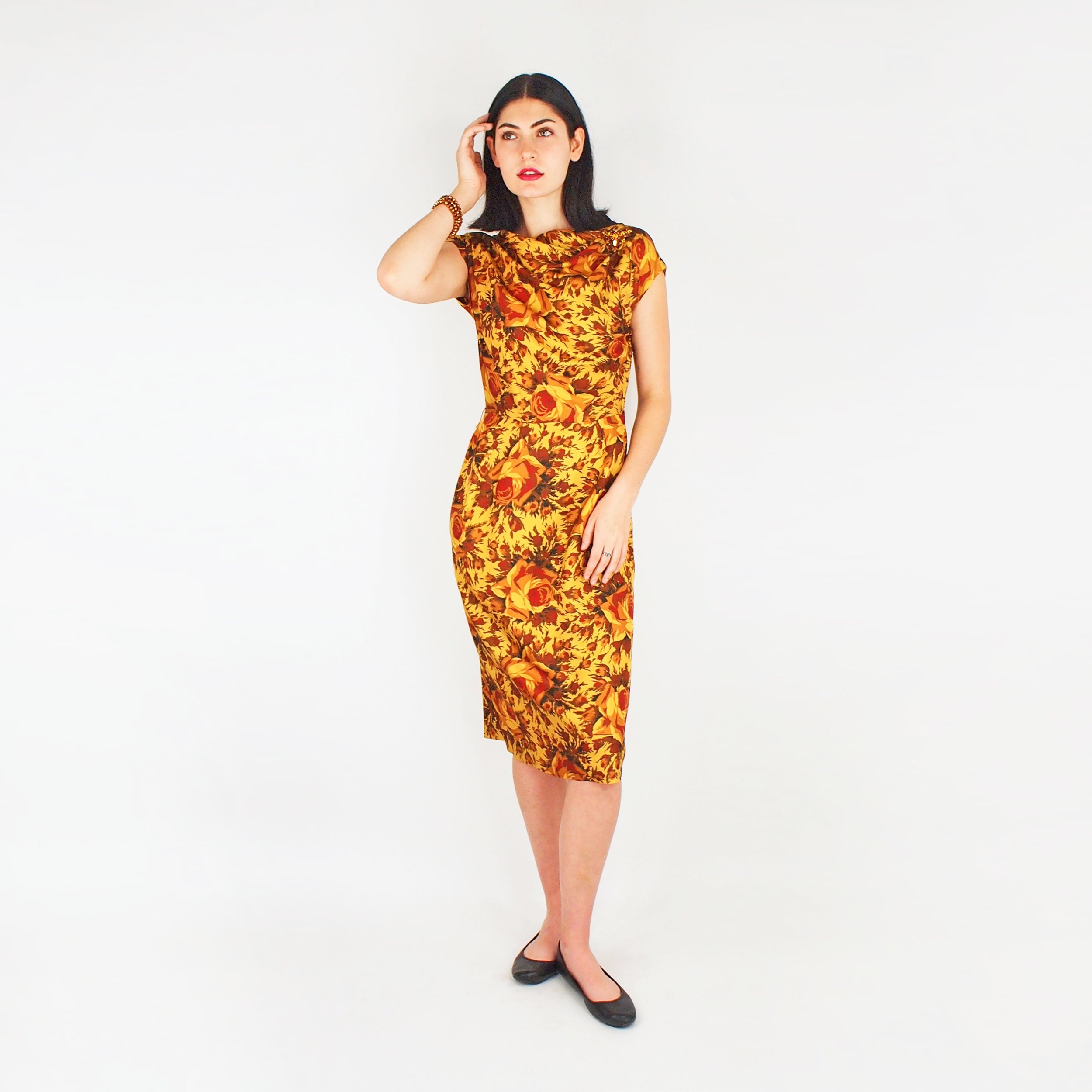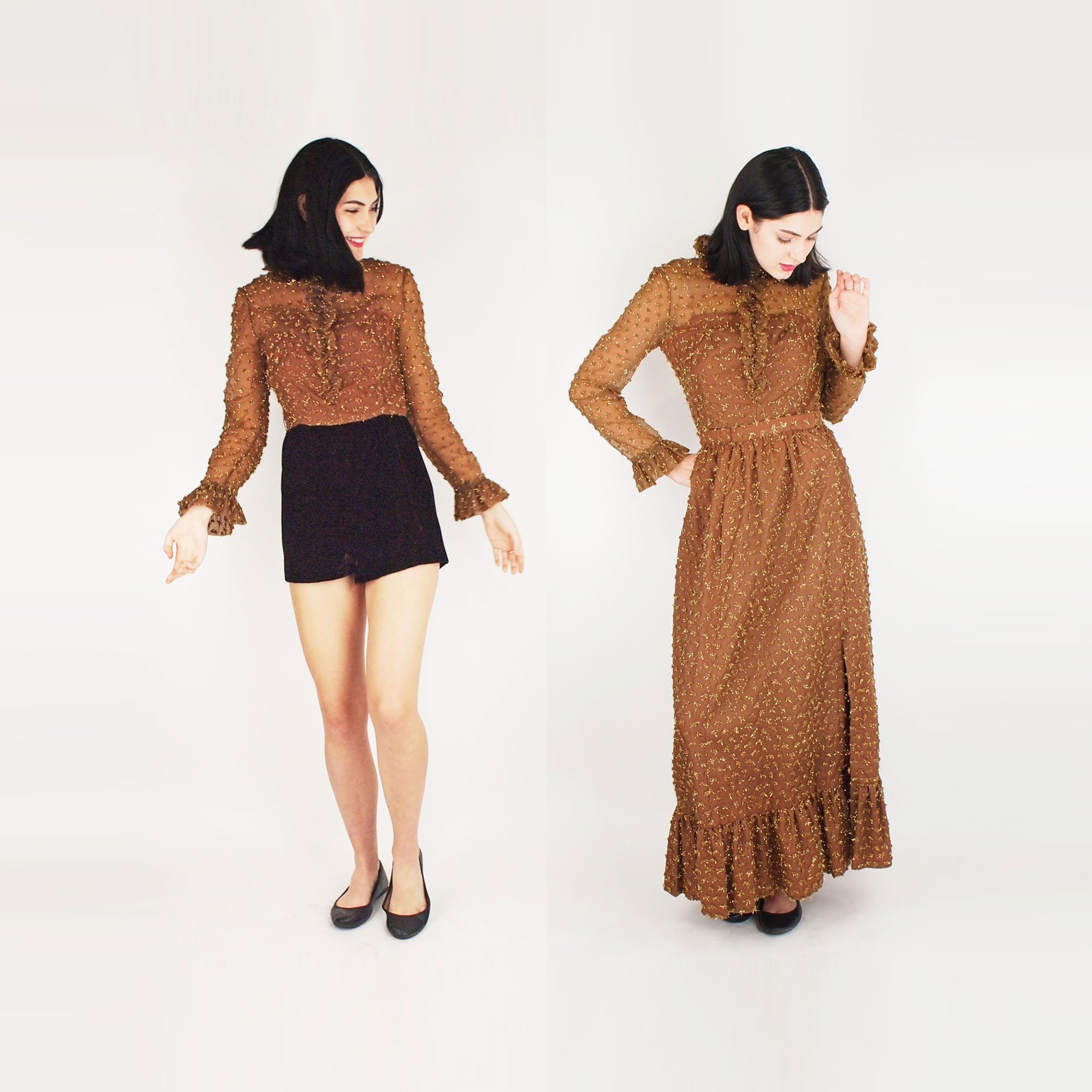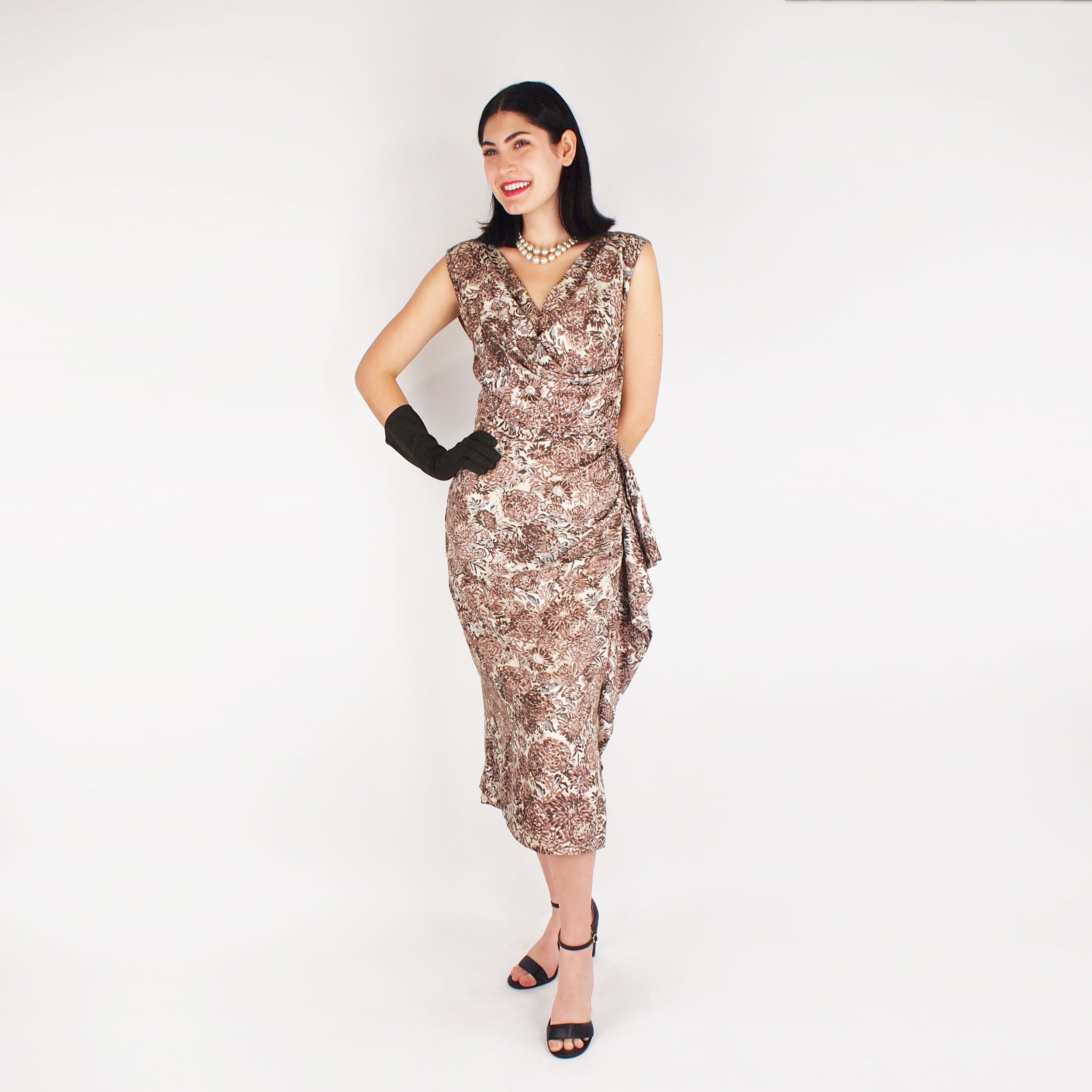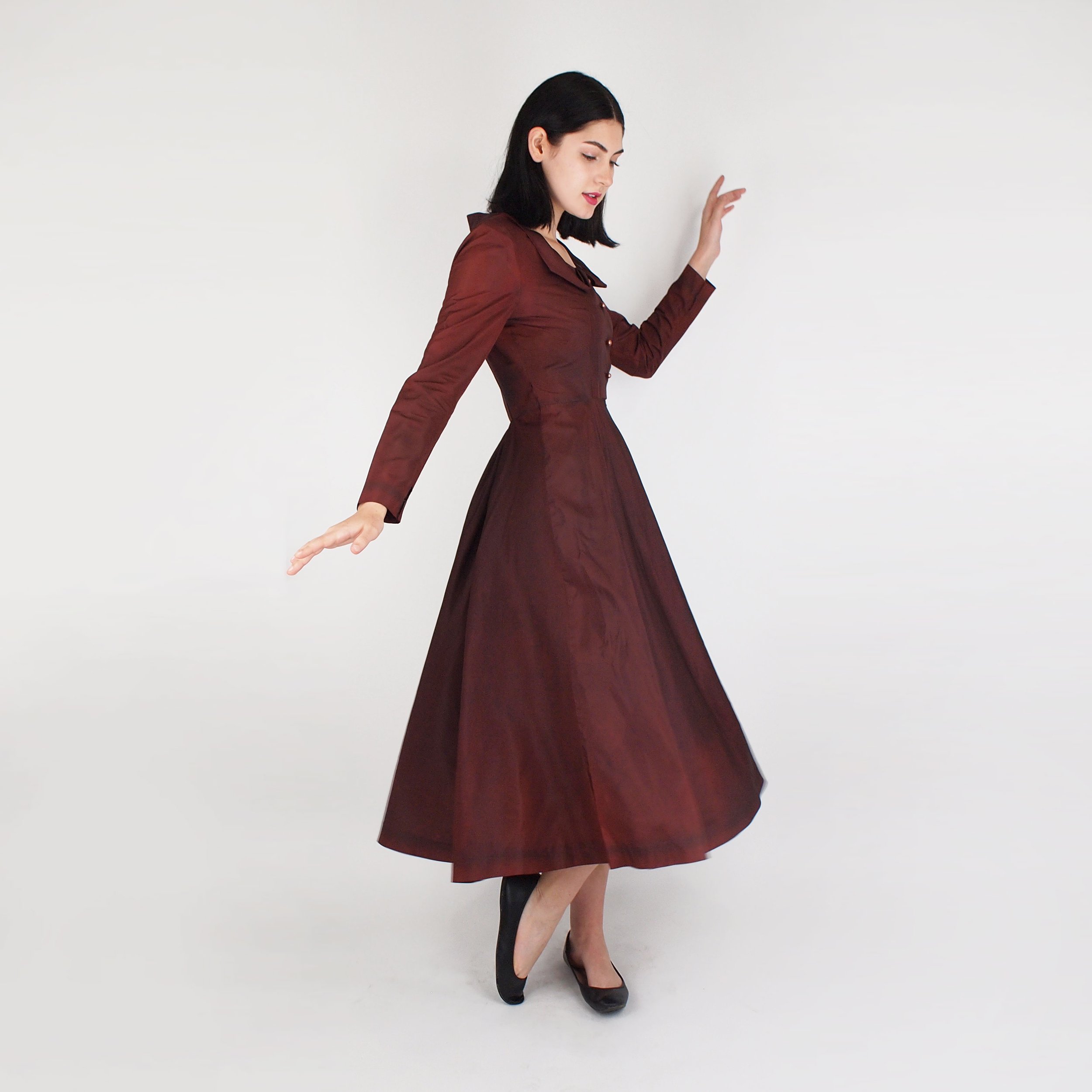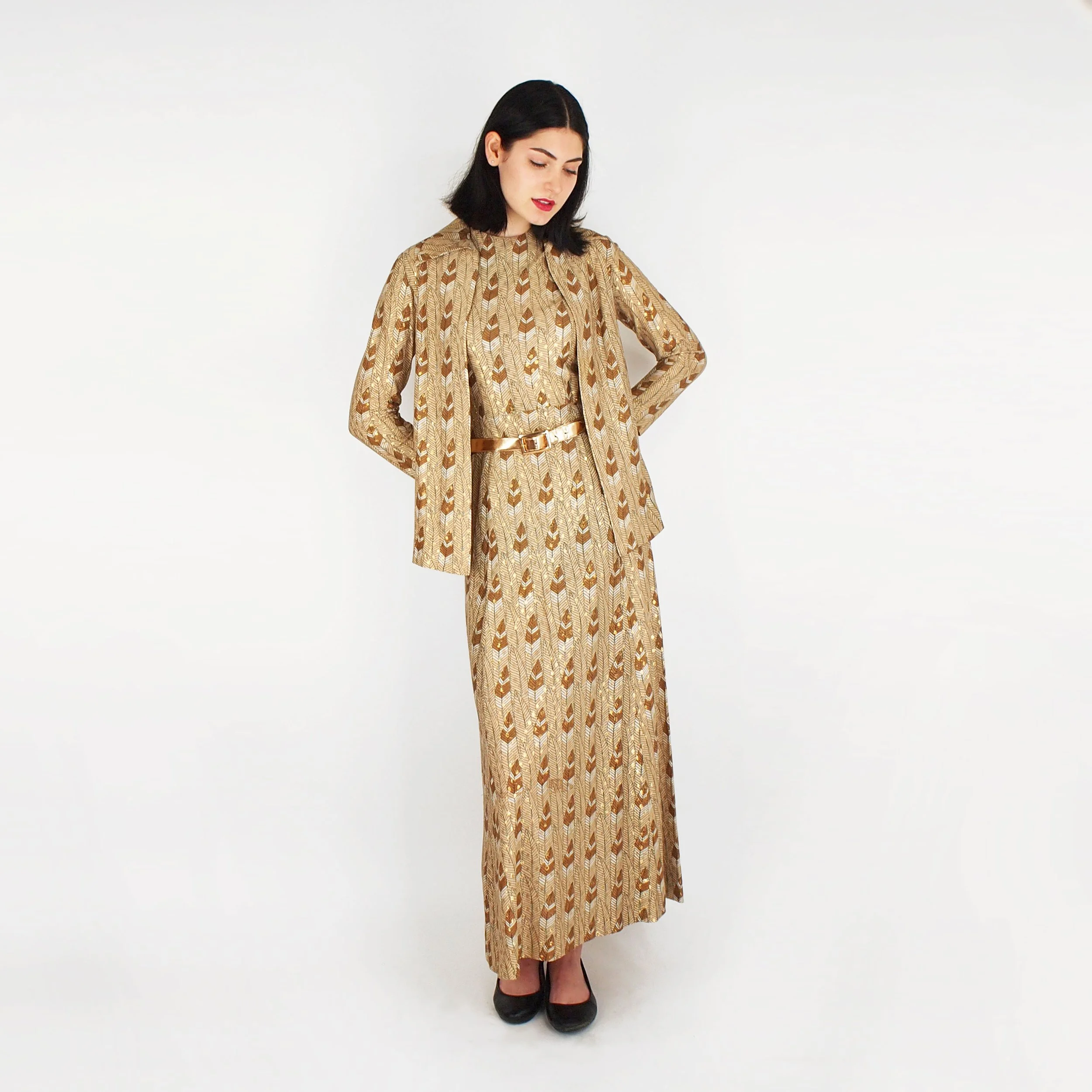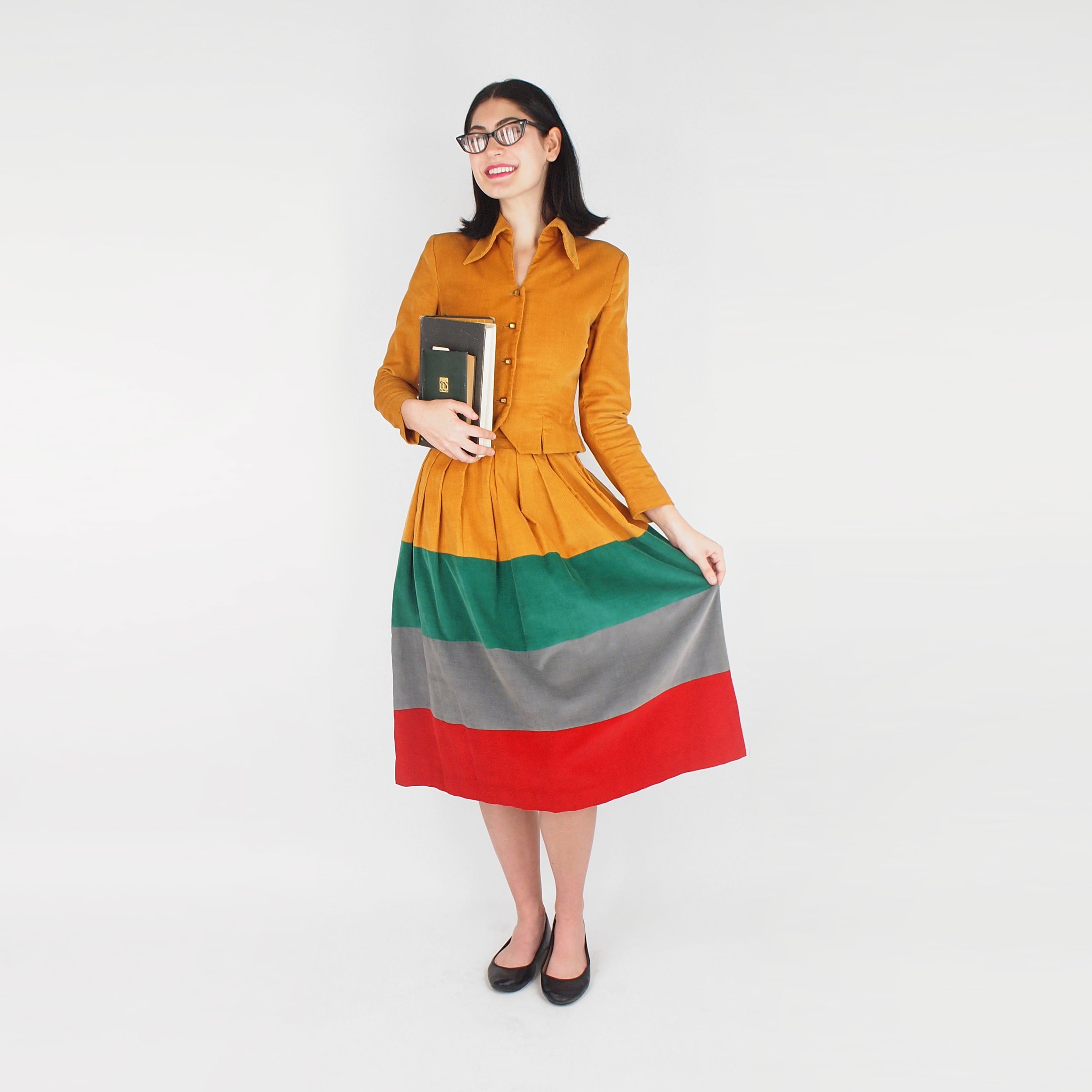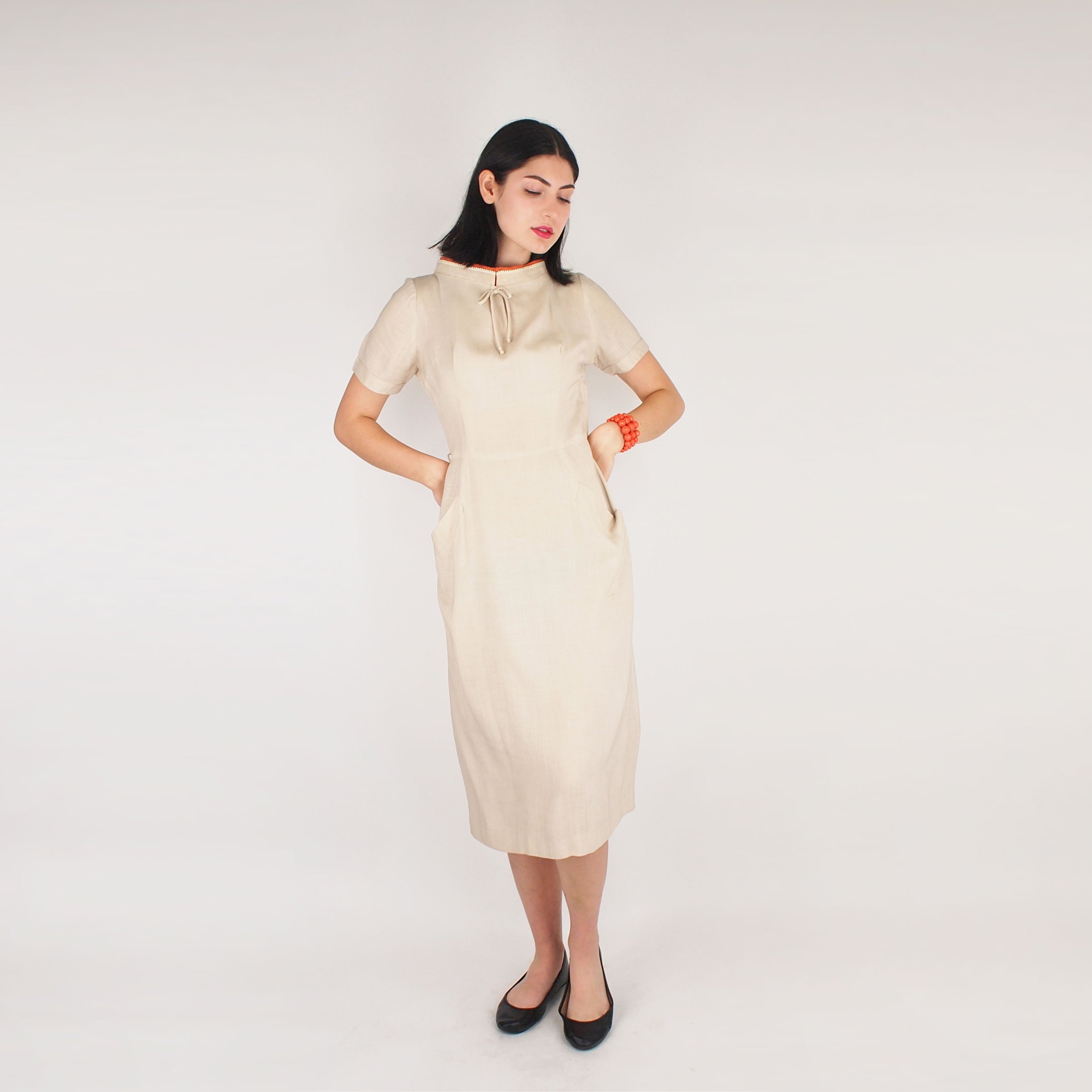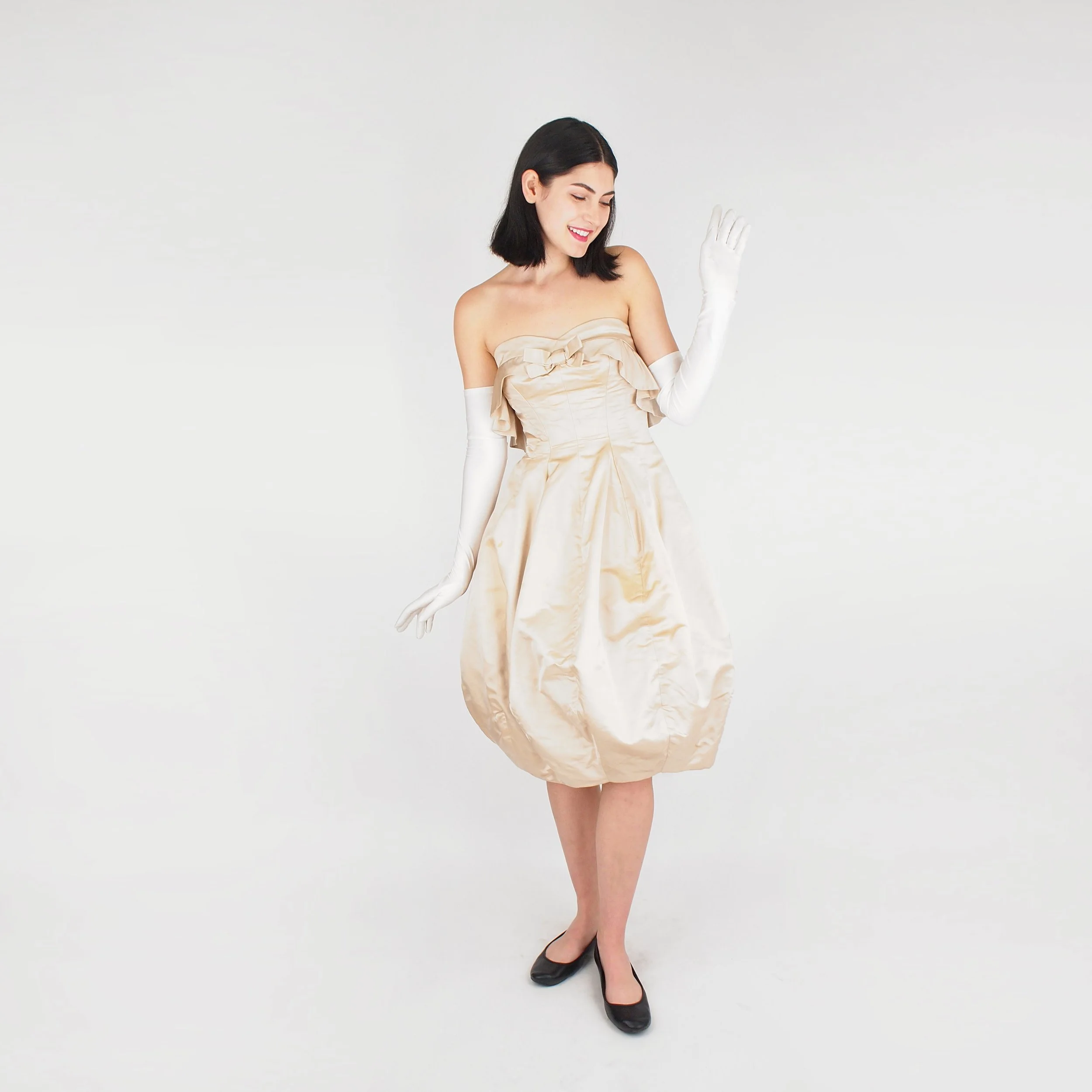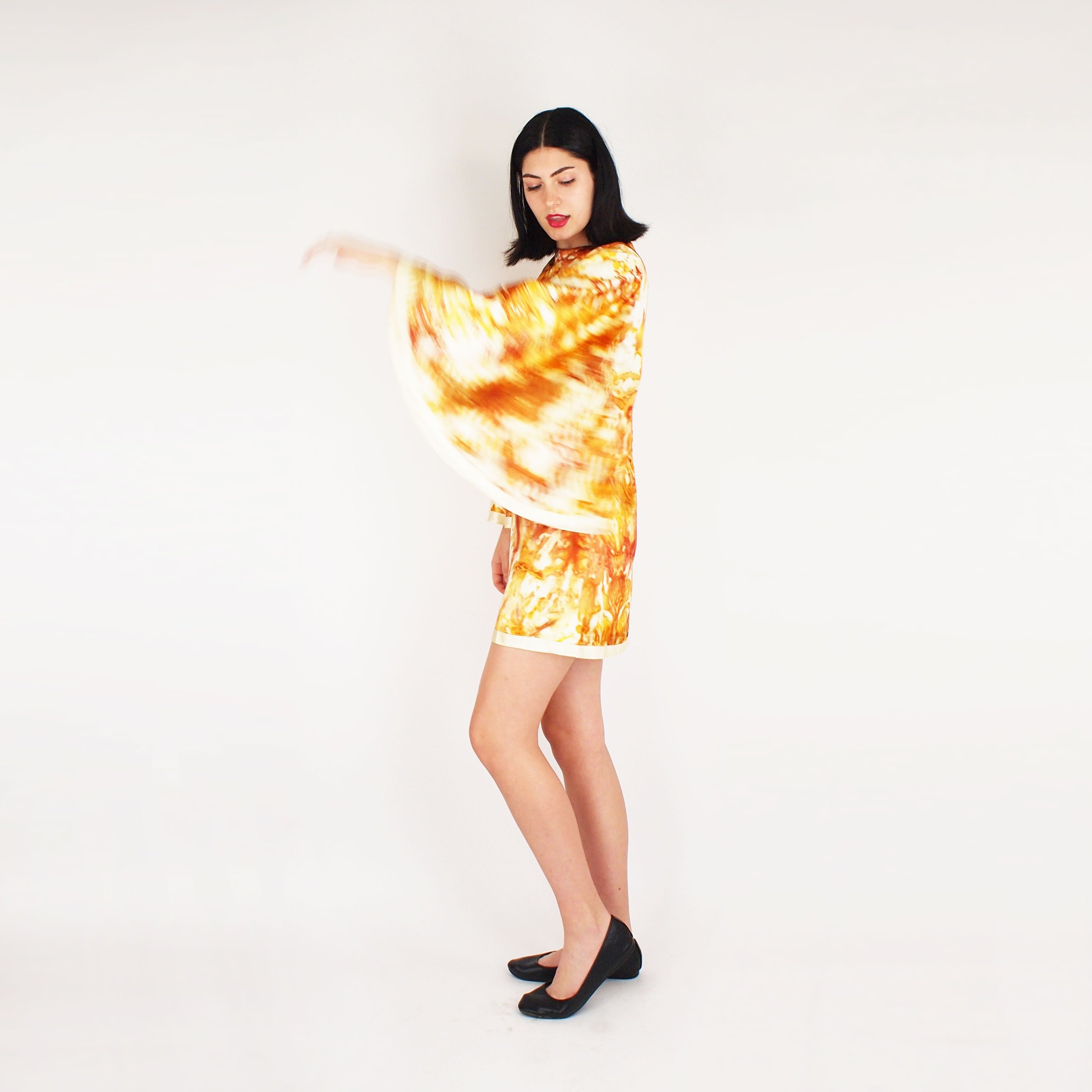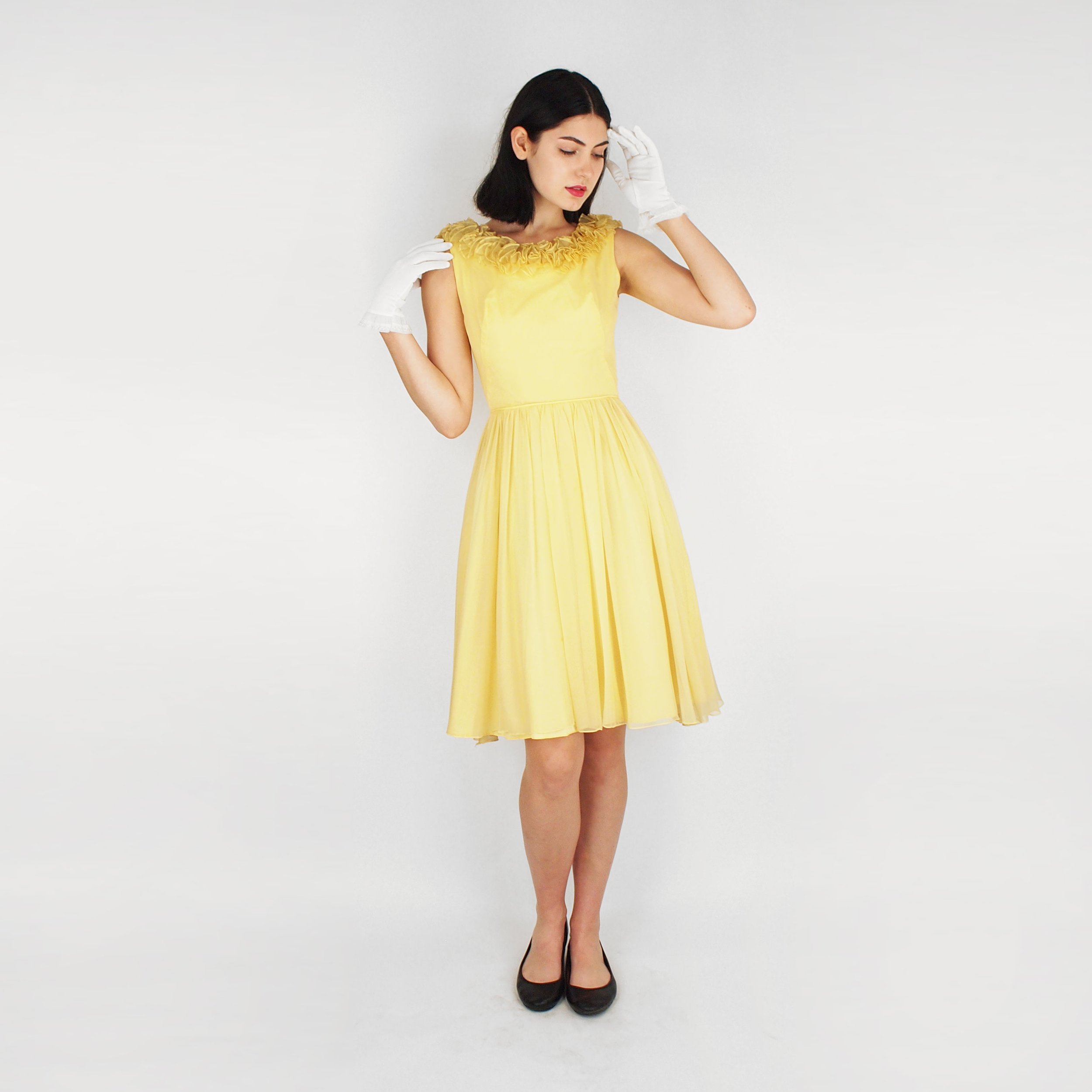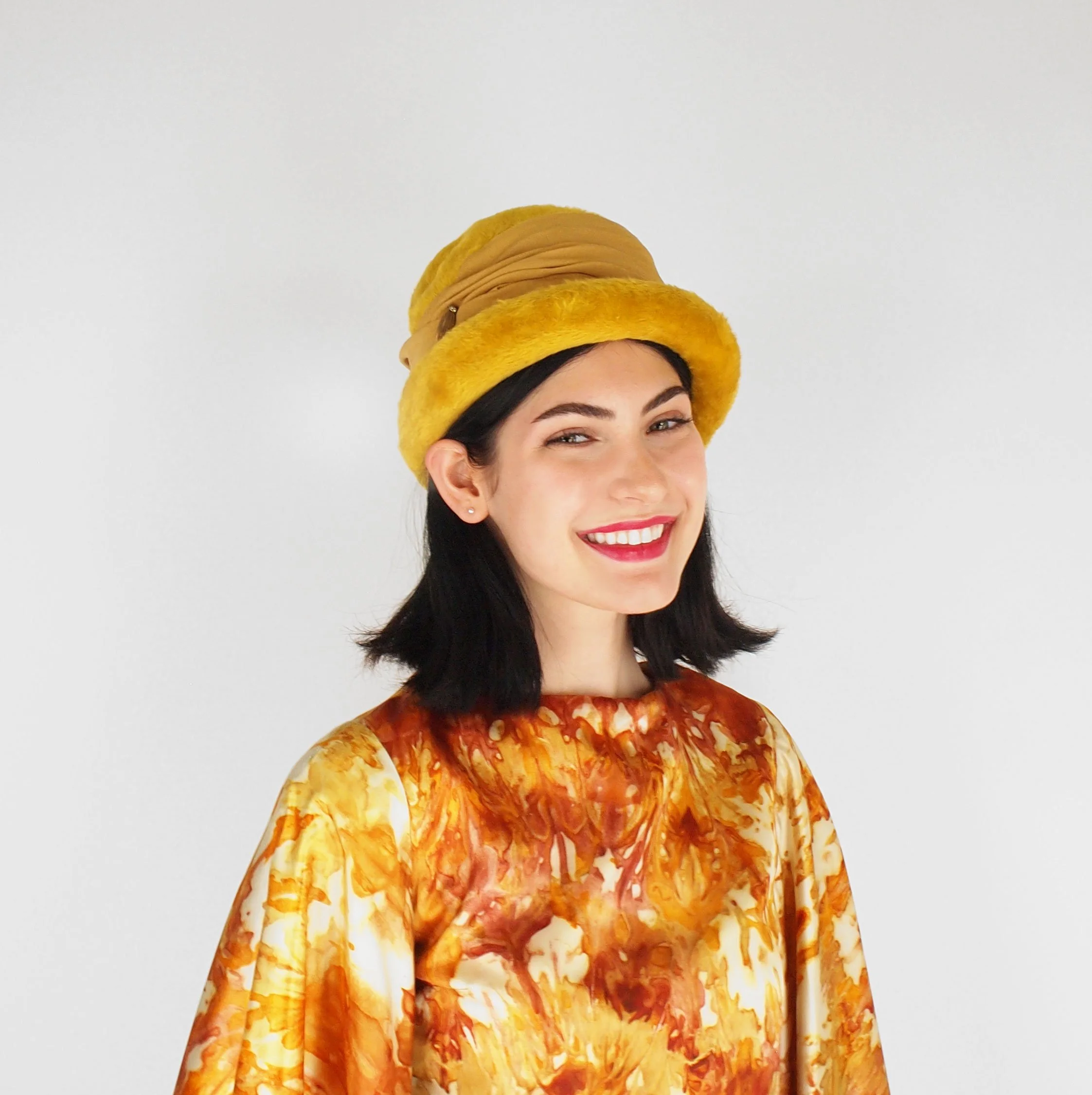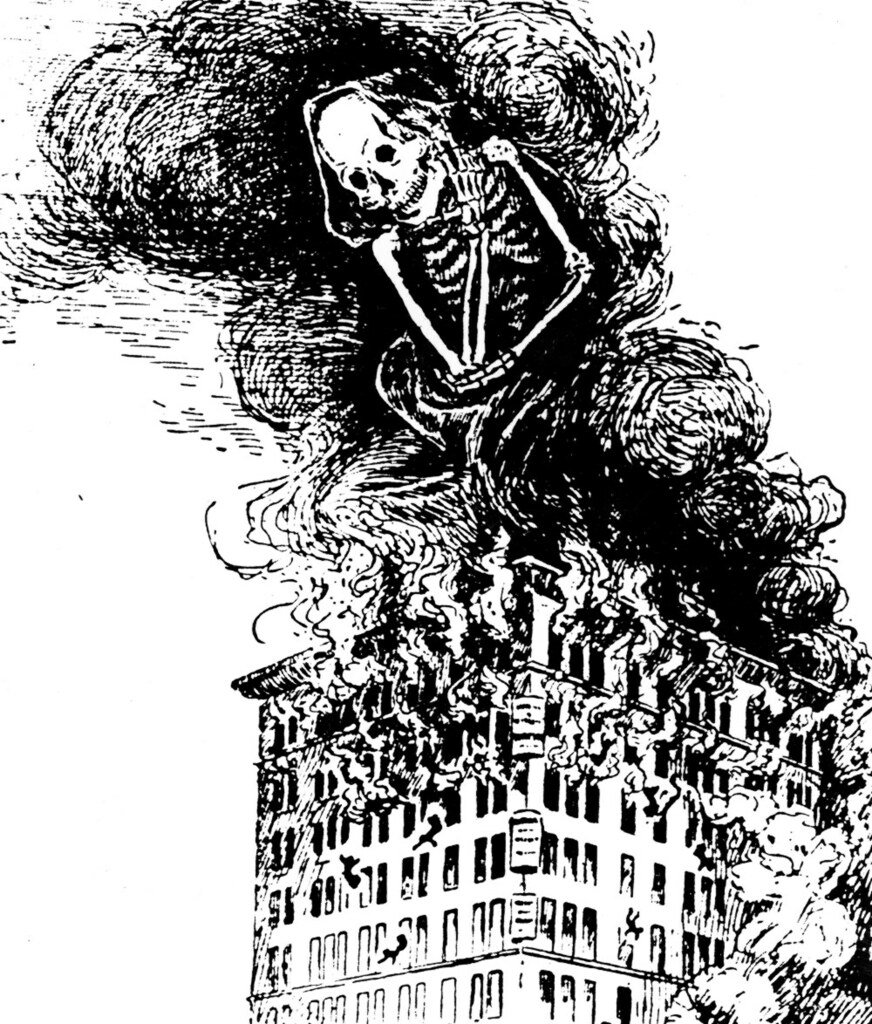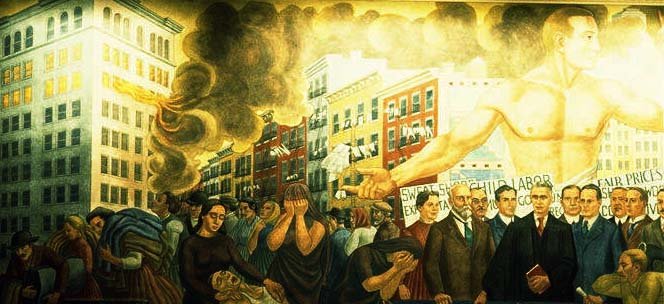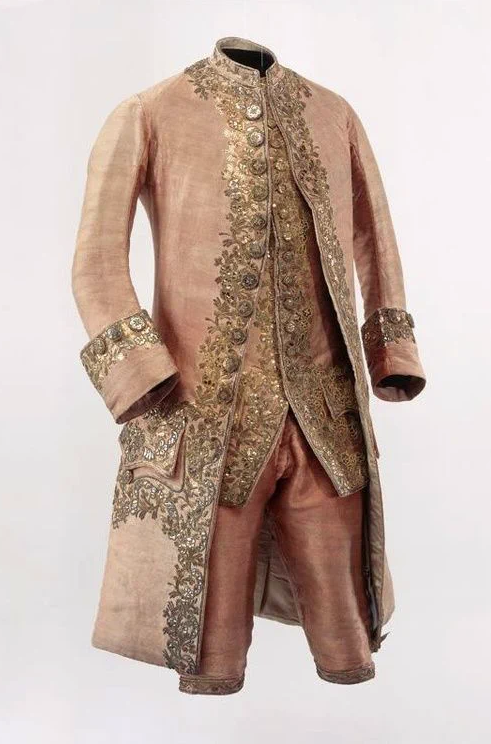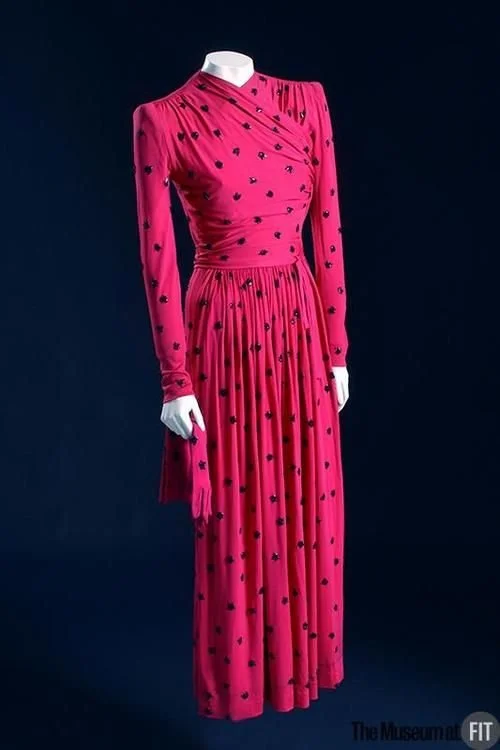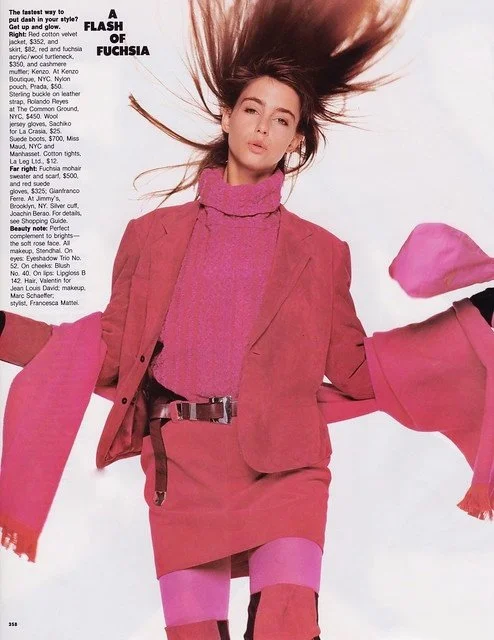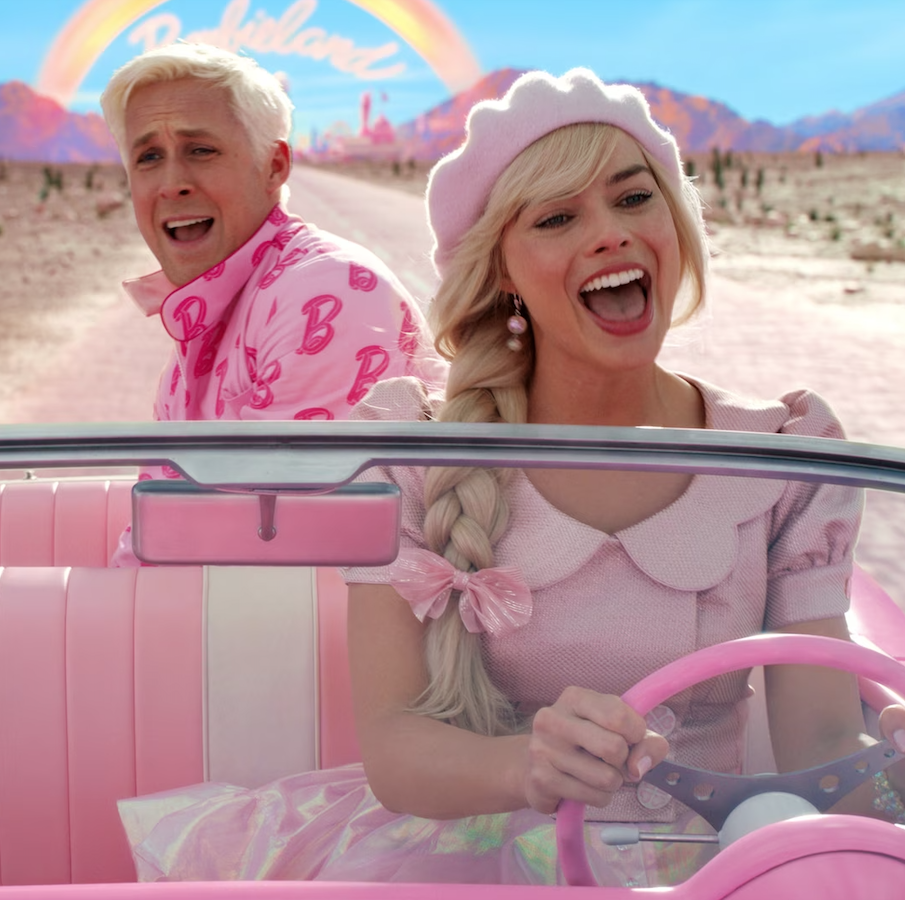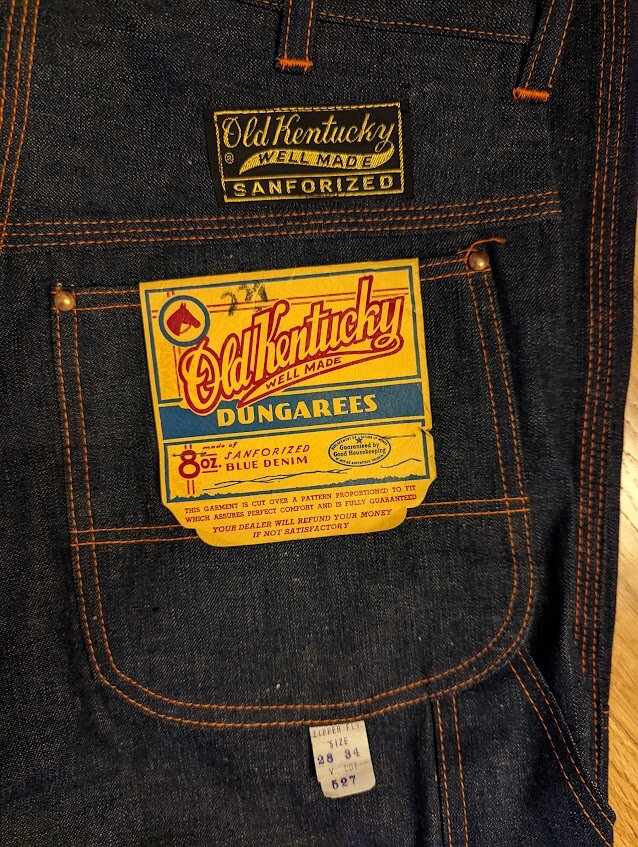So we’re on the same page: A capsule wardrobe is a curated collection of essential and versatile clothing items that can be mixed and matched to create a variety of outfits. The concept of a capsule wardrobe emphasizes quality over quantity, focusing on timeless pieces that never go out of style. By investing in key wardrobe staples such as a classic white shirt, a tailored blazer, a little black dress, and well-fitted jeans, the thinking goes, you can build a wardrobe that is both functional and stylish.
The term “capsule wardrobe” is often attributed to Susie Faux, the founder of the London clothing shop Wardrobe. She wrote in her 1988 book Wardrobe:
"If we apply capsule to everyone, we have to ask: What is his or her lifestyle? What is the most important piece for that lifestyle? That might be a perfectly tailored dress to see friends in; or a beautiful jacket for the office. For others, it might be nice jeans and tops.”
What I especially like is that, even in the power-suit 1980s, Faux acknowledged the variations in lifestyle that would determine the pieces in a capsule collection.
You tend to see a lot of work-appropriate attire in capsule wardrobe suggestions, but these do not suit everyone’s lives.
A belted trench coat. Does such a coat fit into everybody’s lifestyle?
Jeans. Arguably on most people’s lists. I don’t ever wear jeans, so they’re not on mine.
The perfect white shirt. Are you a new mom or dad? Probably not the best thing to invest in at the present.
Some of us don’t wear pants, some don’t wear dresses. Some of us don’t wear flats while some don’t wear heels.
My kind of capsule wardrobe!
I would argue that the first thing to do is to decide what you’d own if you could only have, say, 20 items to wear. What does your day-to-day life demand? What do you want to wear often? And, dare I say, does it spark joy?
For me this would ideally include:
Several printed dresses in cotton or rayon
Silky jacket to throw over anything
Longish tailored blazer
Shoulder bag in a bright color
Several bright-colored and/or patterned shirts
One black knit shirt
Oversized white cotton button down shirt
A couple of colorful flaring and/or knit skirts
Black wide-leg pants
Dressy but comfortable black block heel shoes
Clogs in a bright color
For me, print mixing gets a big green light. I choose dots and stripes often to mix with florals and other prints. I couldn’t live with nothing but the solids that are usually the backbone of a capsule collection.
Could all the above be vintage? Yes they certainly could be. In fact in this collage, all are vintage pieces I found while window shopping on Etsy.
If you make your own list of 20± must-have pieces, could they be vintage too? Would the cut matter the most, the style, the color, comfort or quality?
Claire McCardell (1934). Five-Piece Travel Ensemble. Metropolitan Museum of Art. Retrieved from https://www.metmuseum.org/art/collection/search/81696
Although Suzie Faux popularized the term capsule wardrobe, it was not her invention.
An early incarnation of the type is Claire McCardell’s 1934 travel wardrobe consisting of a blouse, skirt, coat, halter top and wide-leg trousers. It was visionary, but she did not use the term capsule. According to Wikipedia,
The use of "capsule" to mean "small and compact" was a distinctly American use of the word that surfaced in 1938 according to the Oxford English Dictionary. The term capsule wardrobe appeared in American publications as early as the 1940s to denote a small collection of garments designed to be worn together which harmonized in color and line.
Can a capsule wardrobe be mostly or entirely vintage?
What are some attributes of a curated wardrobe, and how do these intersect with vintage fashion?
Quality. One of the primary reasons to opt for vintage pieces in a curated wardrobe is the calibre of their construction. Vintage clothing often features exquisite craftsmanship and attention to detail that is rarely found in modern garments.
Economy. Vintage items are often wildly economical for their quality.
Sustainability. Not one of the classic parameters of the capsule wardrobe, but this is now. Pre-loved fashion’s eco-friendliness is arguably the most important aspect of having a vintage capsule wardrobe: It doesn’t use the Earth’s resources, and with high quality, it lasts.
While being sustainable and economical, you can find typically well-made and durable pieces that withstand the test of time. Whether you're a minimalist at heart or simply looking to declutter your closet and refine your personal style, creating a vintage capsule wardrobe can be transformative. By carefully selecting items that reflect your aesthetic, you can build a wardrobe in which every piece fits you and your style.
If you could use some help with your style and your capsule wardrobe possibilities, there is an amazing resource on the website Minimize My Mess. I love her 57 fashion styles to mix and match! I found myself leaning toward Vintage (duh), Eclectic and Garconne, but I’ve gone through nearly all the styles on the list. If you read that article, please let me know in the comments what three fashion types triangulate your style best. I’d also love to know if you are a capsule wardrobe pro, capsule wardrobe curious, or don’t think the concept is quite right for you.
